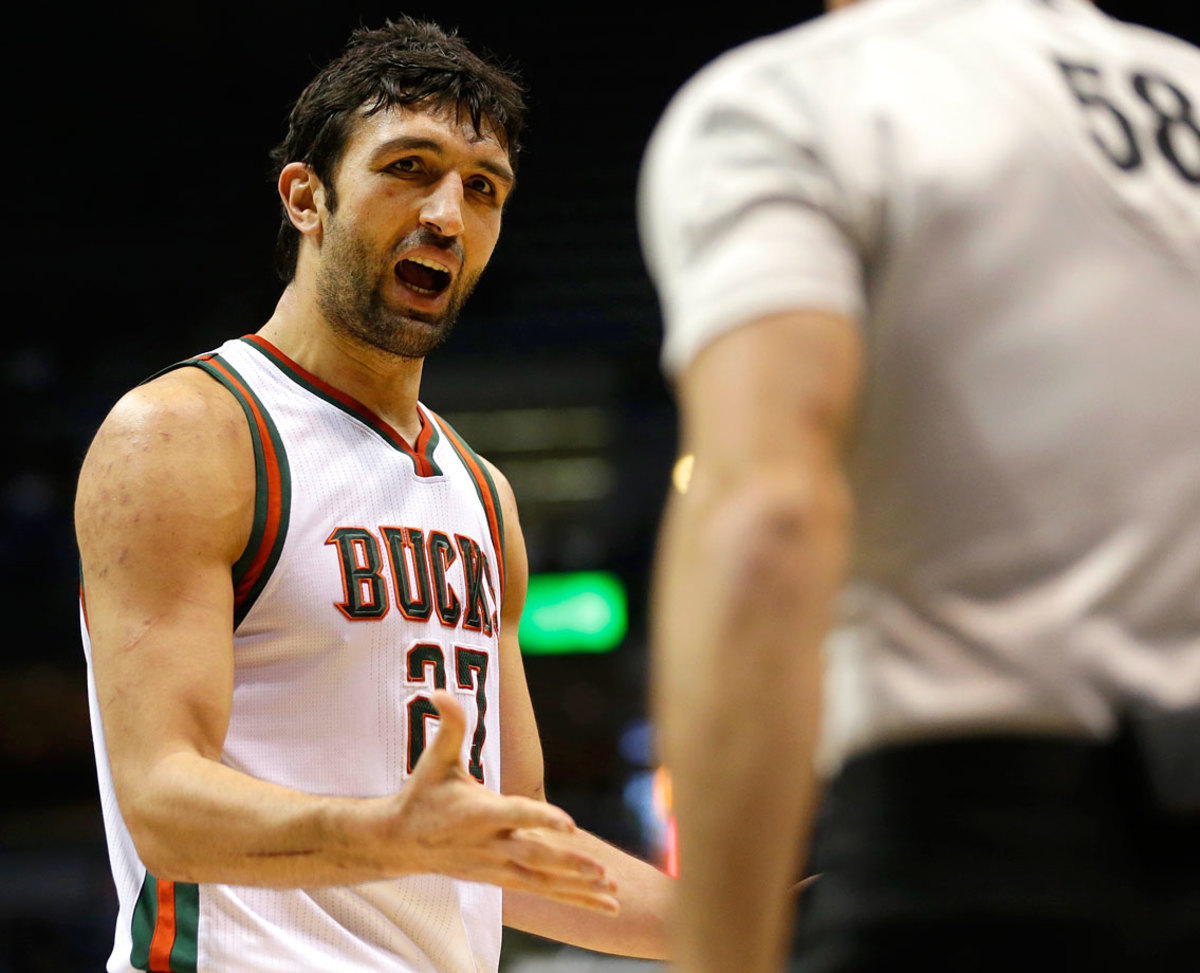What's a flagrant foul in today's NBA? Not what it used to be...

CLEVELAND—Taj Gibson leaned back in his locker on Tuesday night, towel wrapped around his waist, a bewildered look still washed over his face. Just over an hour earlier Gibson had been ejected from Chicago’s 106-101 Game 5 loss to Cleveland, purportedly for kicking Cavaliers guard Matthew Dellavedova. One by one, reporters approached him. Did you do it? Did you kick him? Each time, Gibson offered the same response.
“He leg locked me,” Gibson said. “It was a chippy play. I tried to pull my foot free. I didn’t try to kick him at all.”
Bulls' Taj Gibson ejected for kicking Cavaliers' Matthew Dellavedova
The play, in case you haven’t seen it: Fourth quarter, Cavs up 10. Dellavedova, a scrappy, 6’4” guard, boxes out Gibson, a physical, 6’9” forward. Gibson shoves Dellavedova in the back. Dellavedova goes down. Gibson finds his leg tangled in Dellavedova’s. Dellavedova clamps his legs onto Gibson. Depending on who you believe, Gibson either kicked out (his version) his legs or, said LeBron James, “kicked Delly in the ass.”
A minor fracas ensued. The referees reviewed the play and slapped Gibson with a flagrant-two, and ejected him. Dellavedova was not called for anything and stayed in the game.
Asked about the play later, Bulls coach Tom Thibodeau could only shake his head.
“I don’t know,” Thibodeau said. “Bizarre.”
Bizarre? In today’s NBA, it’s anything but. Eager to clean up its image, desperate to avoid another Malice in the Palace-like incident, the league has become hypersensitive to questionable plays. Hard fouls have become flagrant. Flagrant fouls have become flagrant-two’s. These days contact that is unnecessary (flagrant one) and excessive (flagrant two) can mean anything. Entanglements like Gibson and Dellavedova—which really should have resulted in a double technical—have resulted in penalties that significantly impact the outcome of games.
LeBron, Cavaliers push Bulls to brink with commanding Game 5 showing
“I honestly don’t know what a flagrant foul is,” said Pacers forward David West earlier this season. “I don’t know what the guidelines are anymore. I’ve picked up flagrants this year for unintentional contact. I don’t know where the line is anymore. Hard fouls used to be common fouls. Now everything is a flagrant.”
Added Raptors forward Patrick Patterson last month: “It’s crazy. It really depends on what type of player that you’re fouling. If it’s a point guard, and you foul him hard, it’s a flagrant foul. If it’s a guy like Dwight Howard or LeBron James, and you foul them the same way, it’s not. It varies too much. Flagrant two’s shouldn’t be called unless they are meant to cause damage, like grabbing someone and throwing them to the ground.”
Hits to the head are off limits. The NBA, justifiably, takes contact above the neck seriously. In most cases, it’s an automatic flagrant. But it rarely, if ever, considers intent. Today, players are bigger, stronger and more athletic than ever. When Russell Westbrook careens toward the rim and Tyson Chandler is there to stop him, incidental head contact isn’t just possible, it's likely. NBA referees—who have the benefit of replay—are too often not allowed to use basic judgment with flagrants. To many, it’s an overprotection of the offensive player.
Game 5 win over Bulls proves it again: For Cavaliers, it's all about LeBron
“There are times when a guy like James Harden will go into your body, then pull away and when you go for the block, you hit him in the head,” Patterson said. “A referee should be able to look at a replay and see if there was intent to cause harm.”
Added West, “Intent should be a part of it. If a guy is trying to make a hard foul and a guy dips his head or something, you have to let the referees be human and decide if a guy is trying to put a little extra on it or not. Having that kind of blanket rule makes it frustrating.”
Indeed. The Bulls rallied without Gibson, slicing a double-digit lead to two with 30 seconds to go. A James miss created an opportunity to tie, until a long rebound fell into the hands of Iman Shumpert. Would Gibson have grabbed the rebound if he was on the floor? Maybe. But he wasn't, and a pair of Kyrie Irving free throws a few seconds later iced the game, sending Chicago home in a 3-2 hole.
Few scenarios terrify league officials more than a referee’s decision impacting the outcome of a game. And though the Bulls can’t pin Tuesday’s loss solely on the absence of Gibson—James’s 38 points, 12 rebounds, six assists, zero turnovers effort had much more to do with it—it clearly hurt. As he wrapped up a postgame interview on Tuesday, Thibodeau, clearly wary of league discipline, perhaps more wary of placing blame, let an obvious sentiment slip.
“Losing Taj,” Thibodeau said, “was a big hit for us.”
GALLERY: The NBA's best 'I Didn't Foul' faces
The NBA's Best "I Didn't Foul" Faces
LeBron James
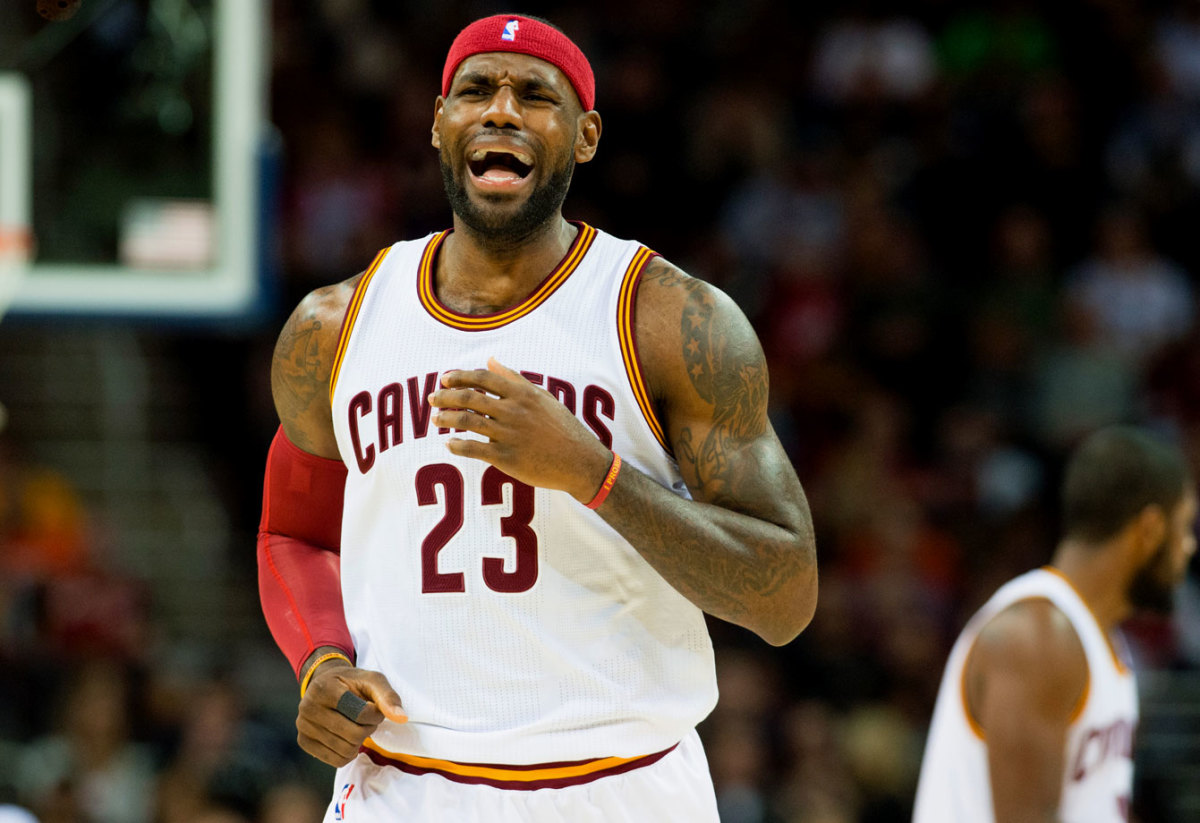
LeBron James
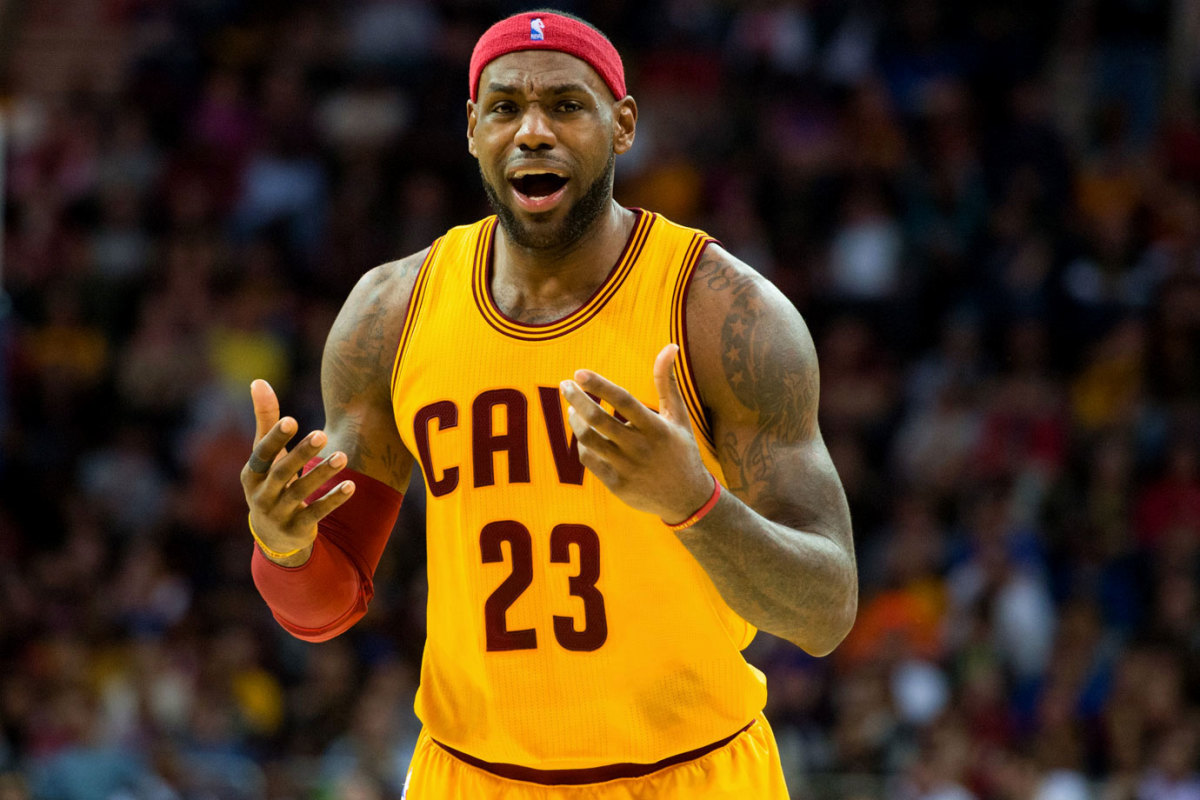
LeBron James
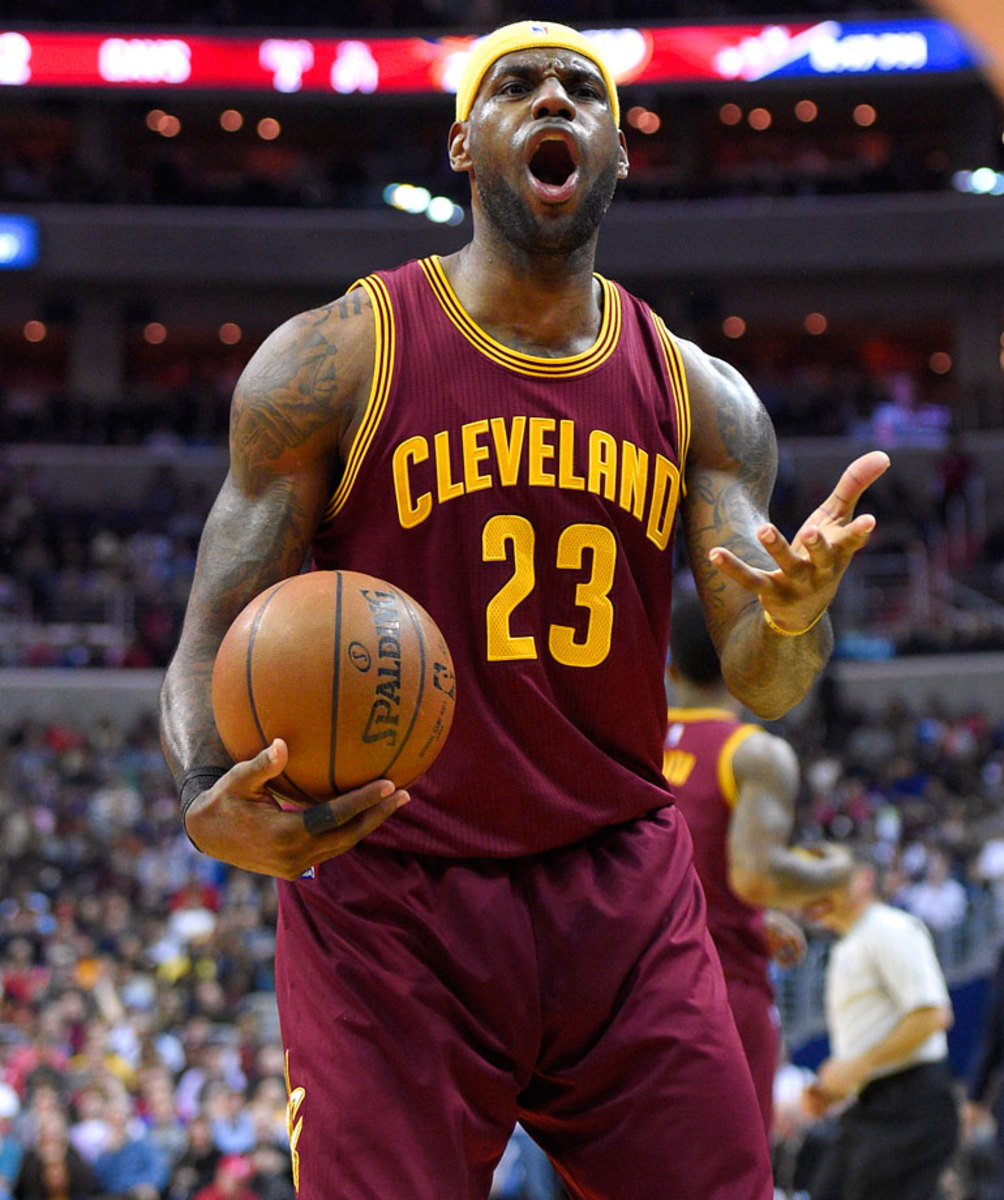
LeBron James
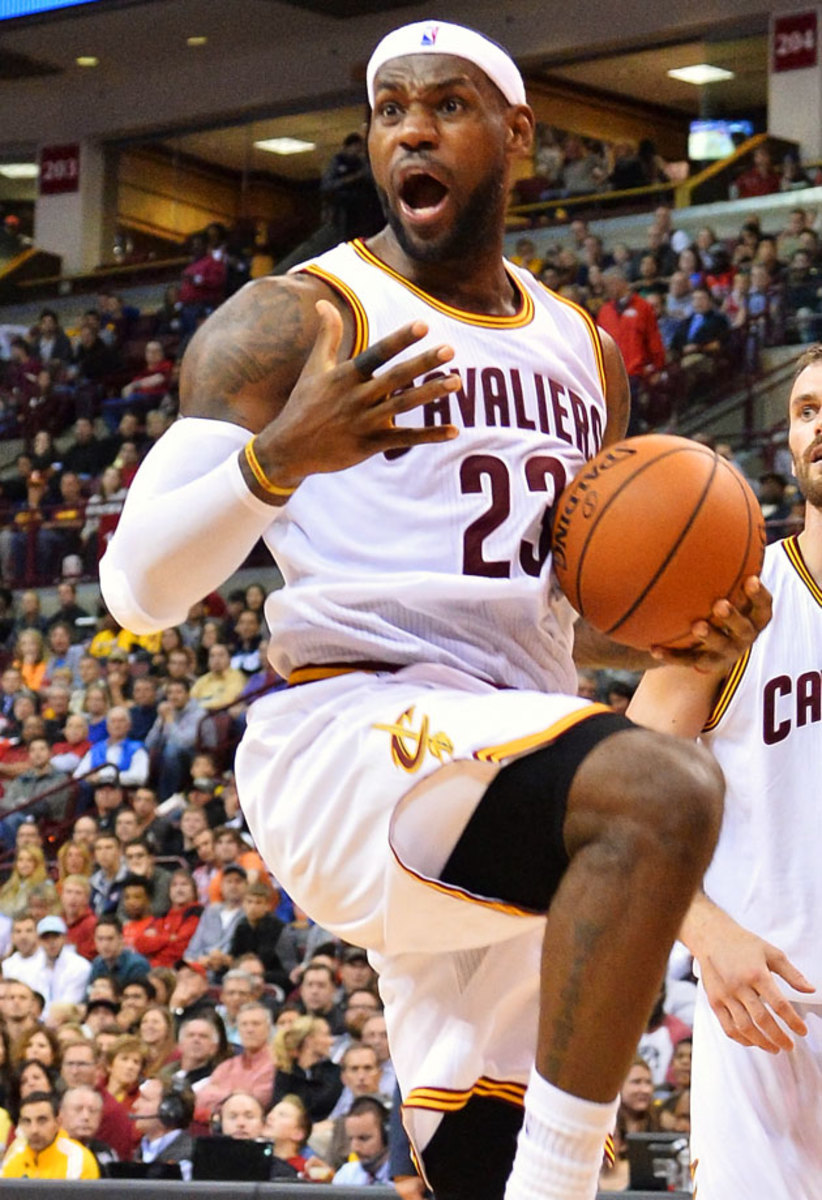
DeMarcus Cousins
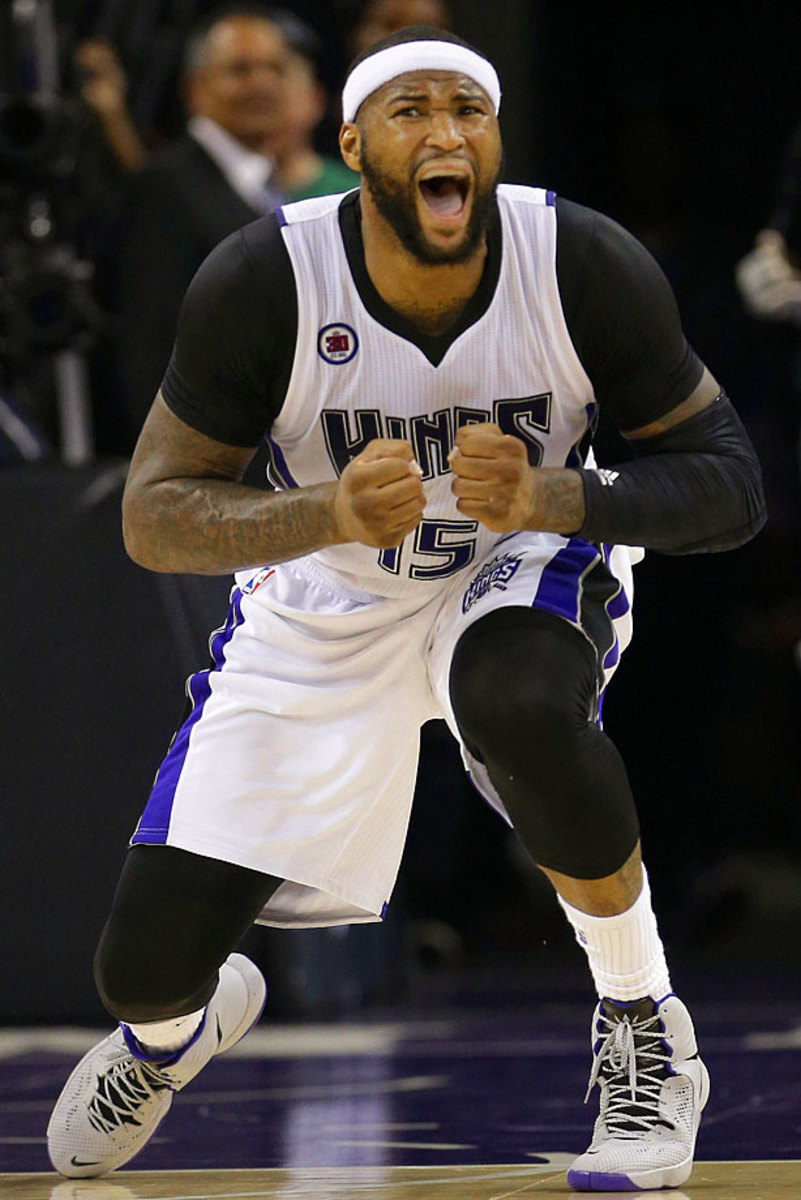
DeMarcus Cousins
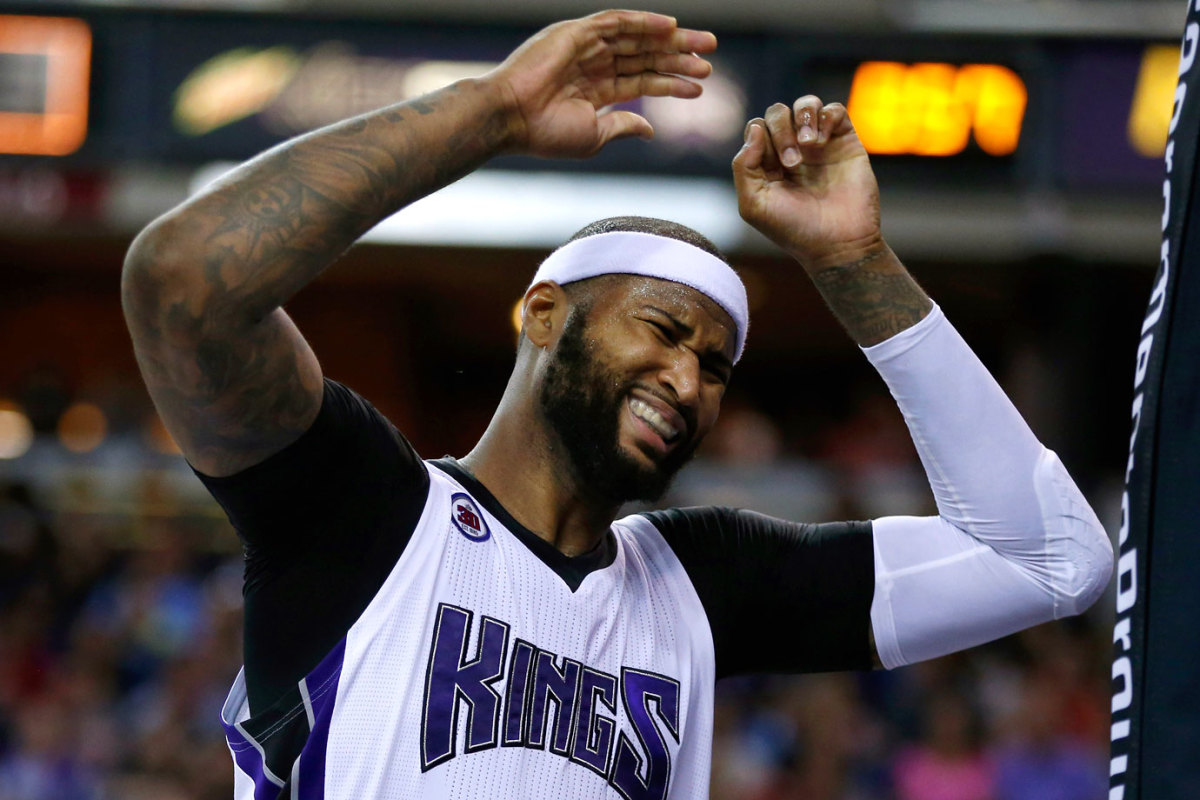
DeMarcus Cousins
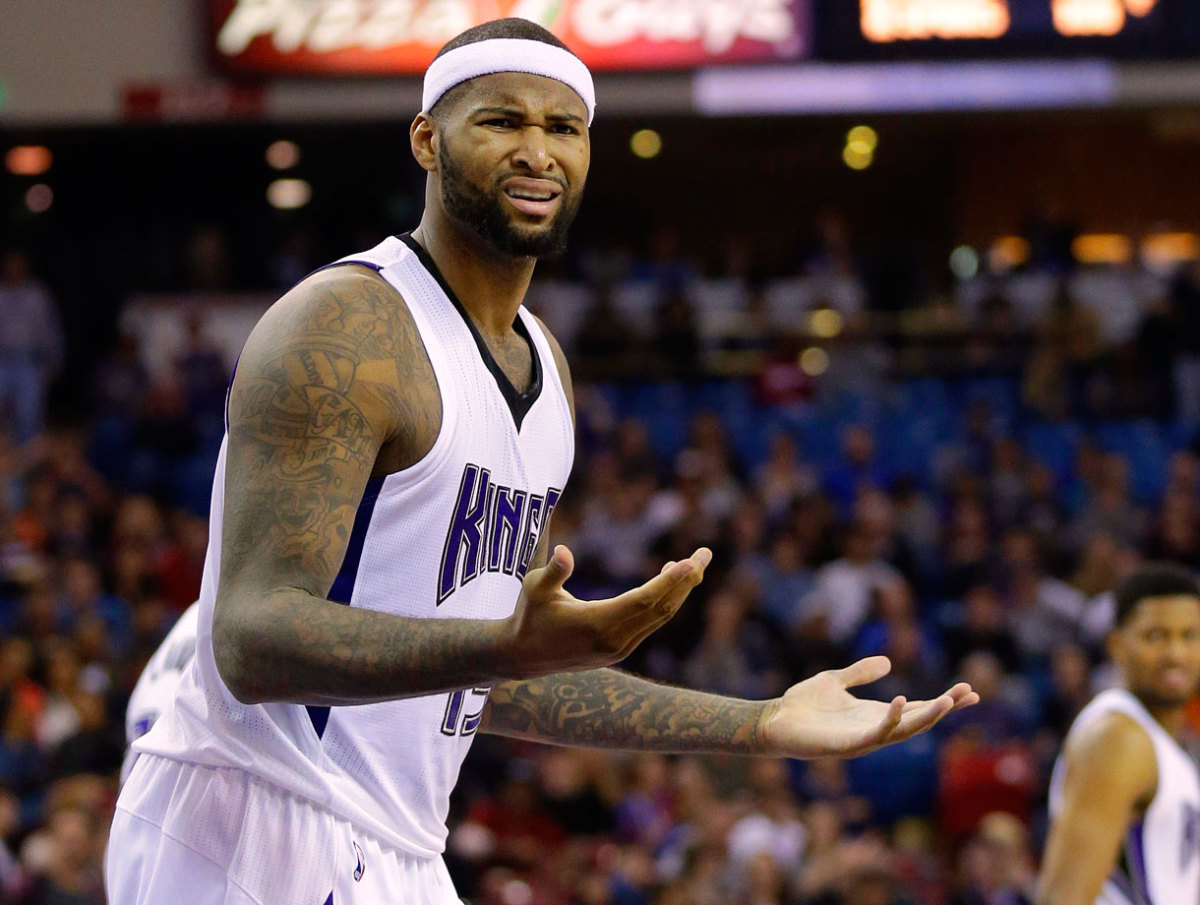
Blake Griffin
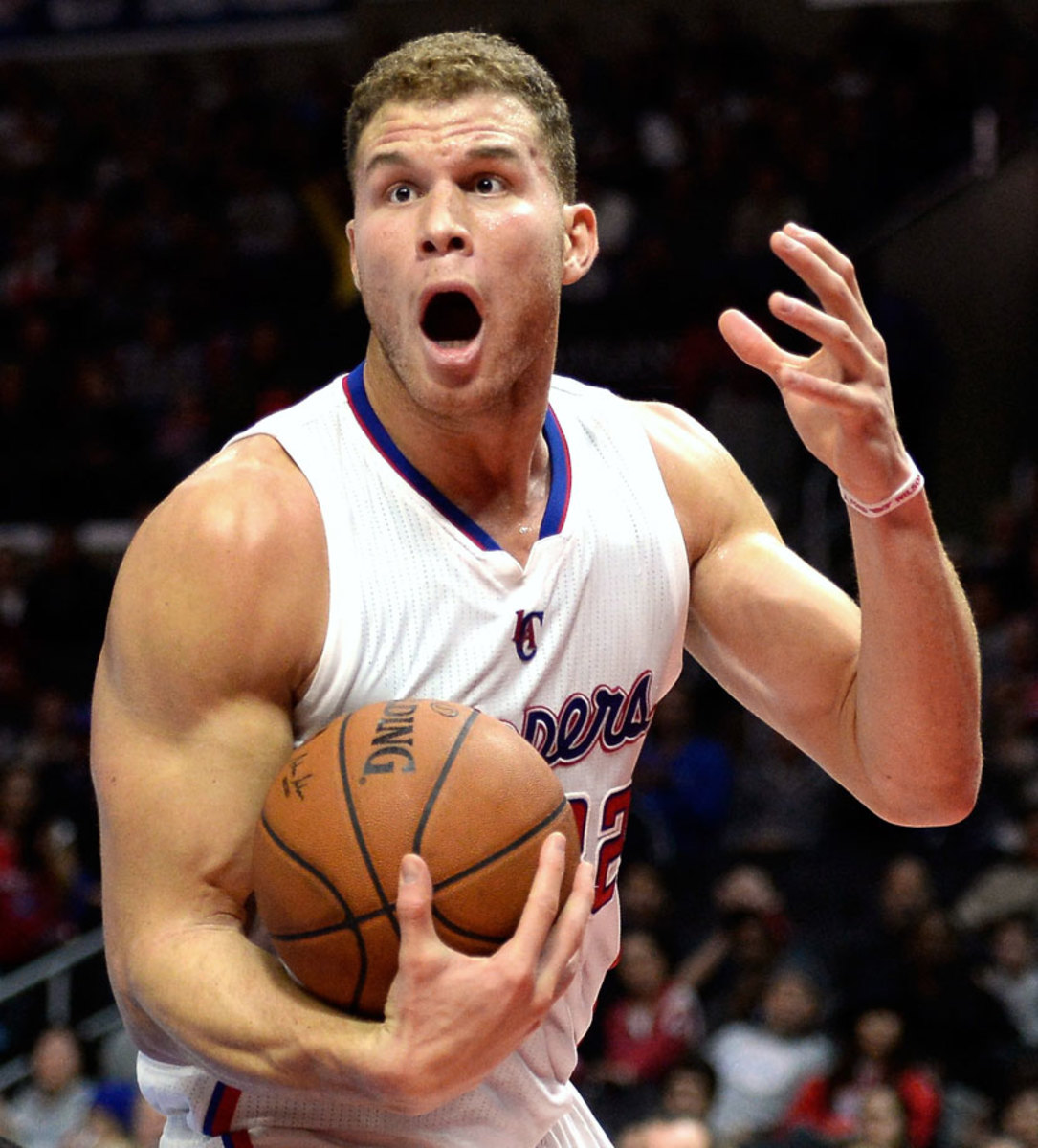
Blake Griffin
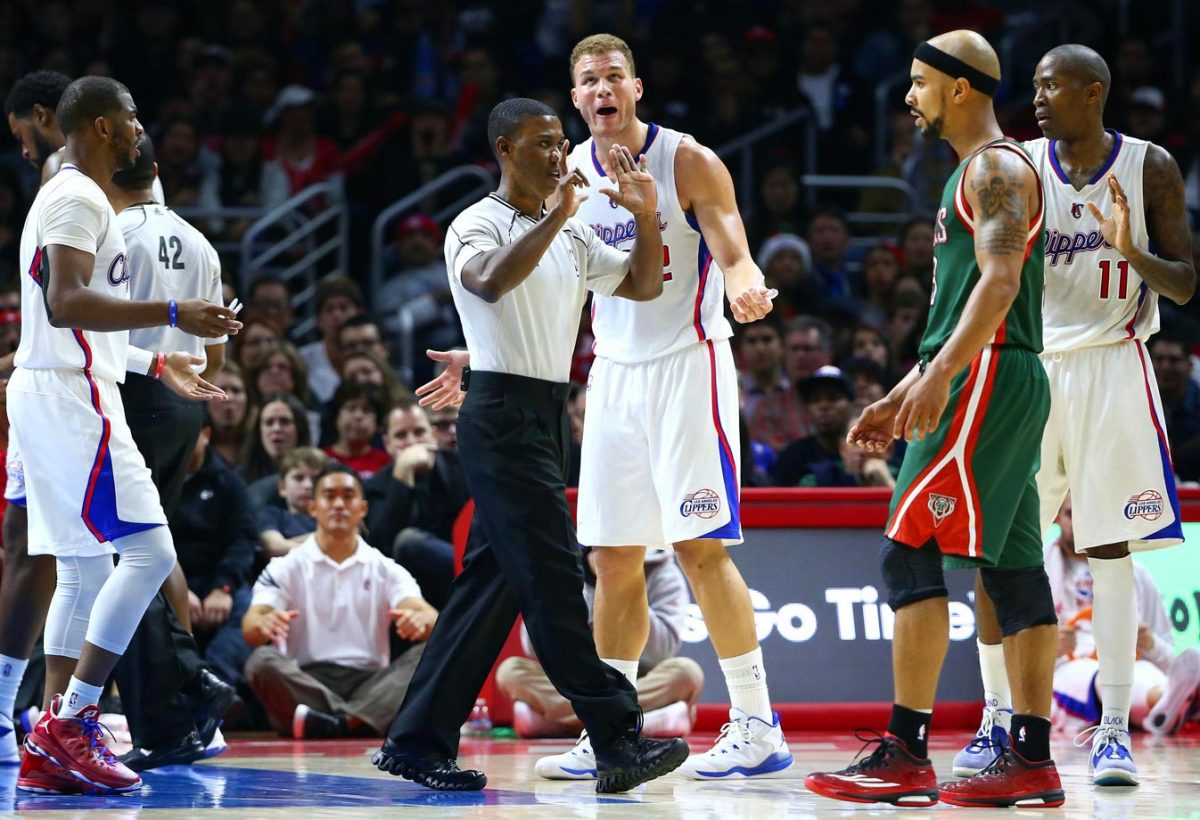
Marc Gasol
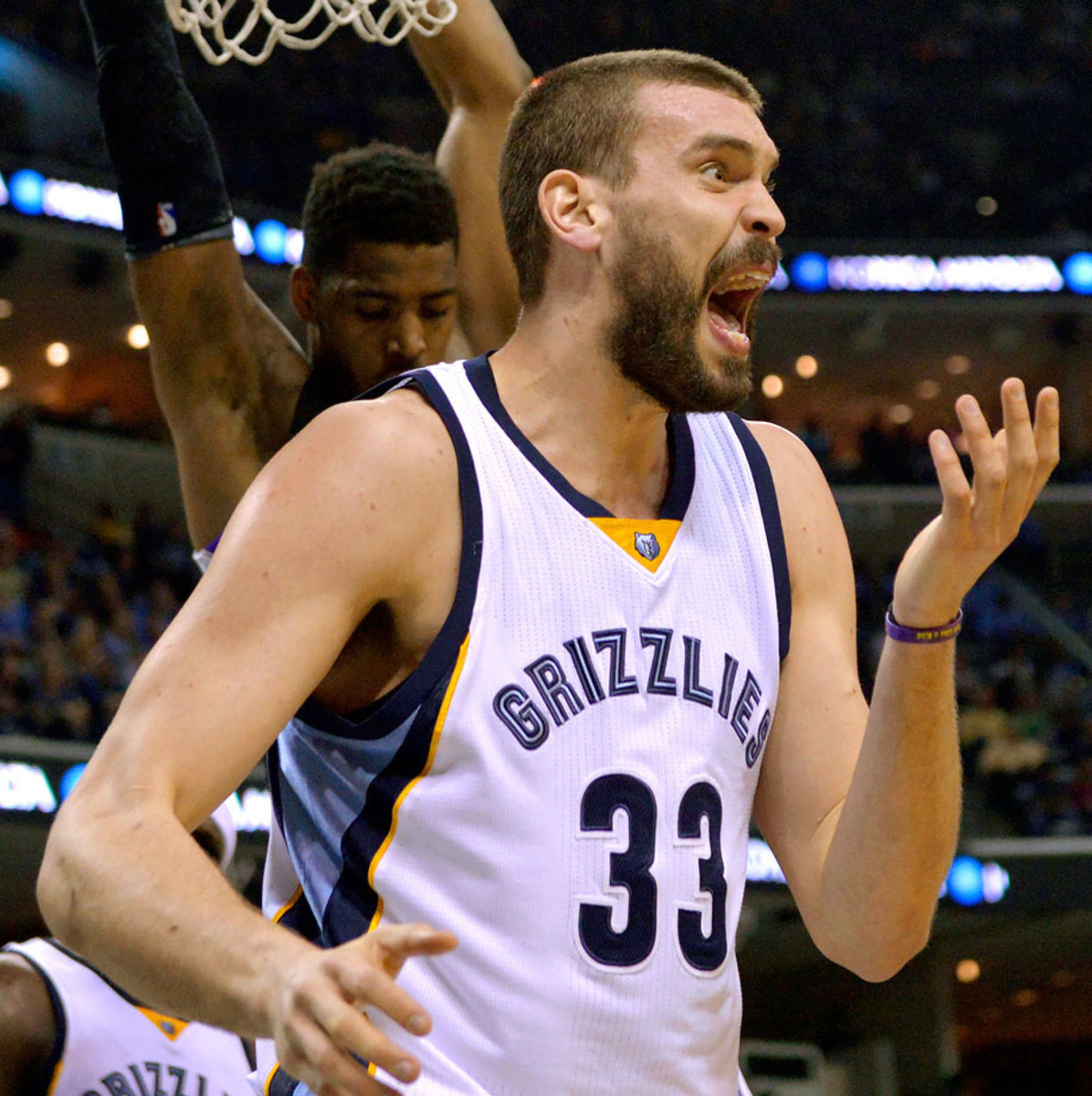
Marc Gasol
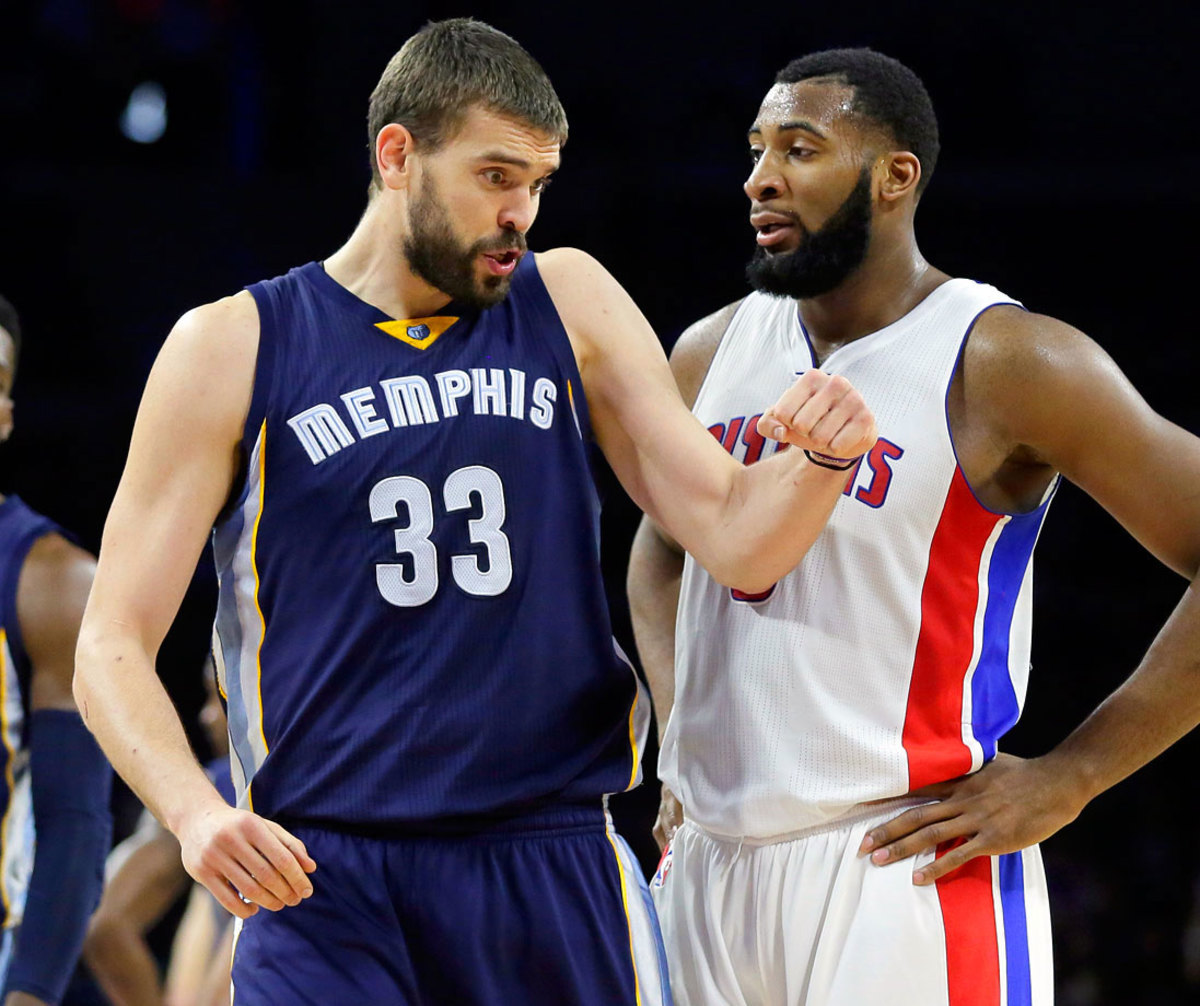
Brook Lopez
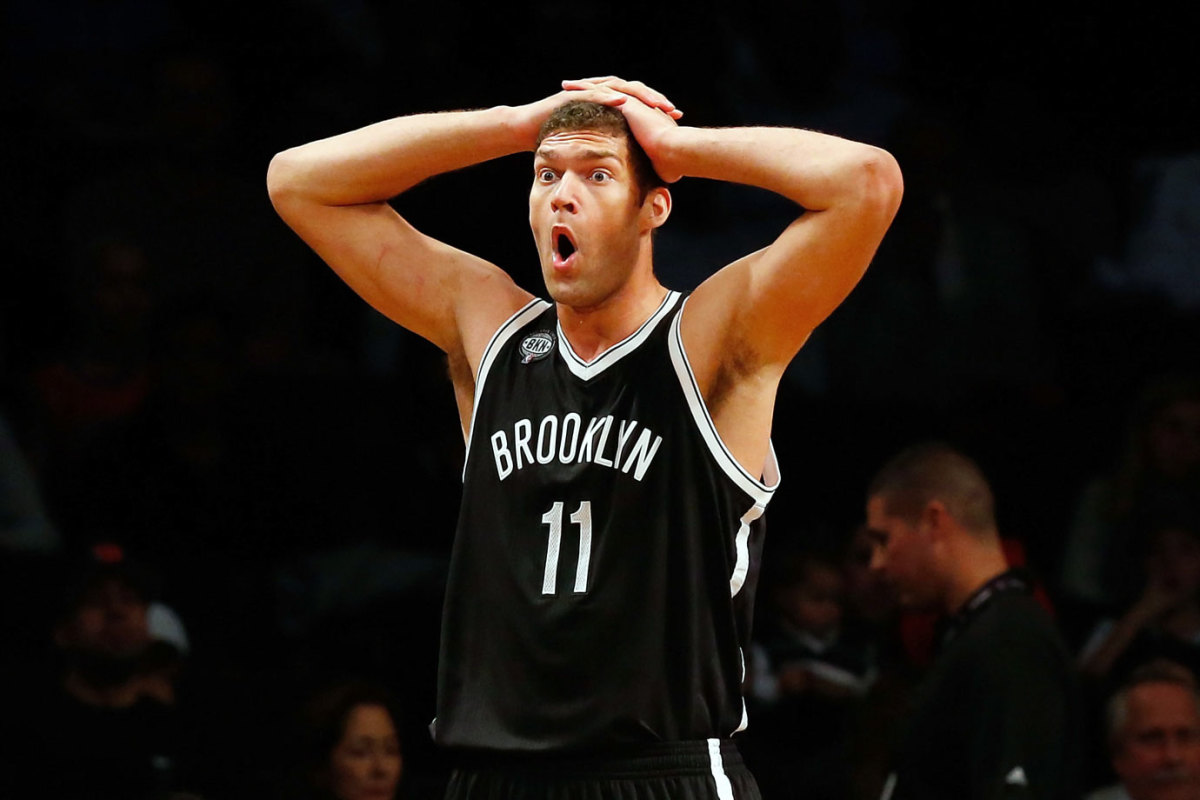
Brook Lopez
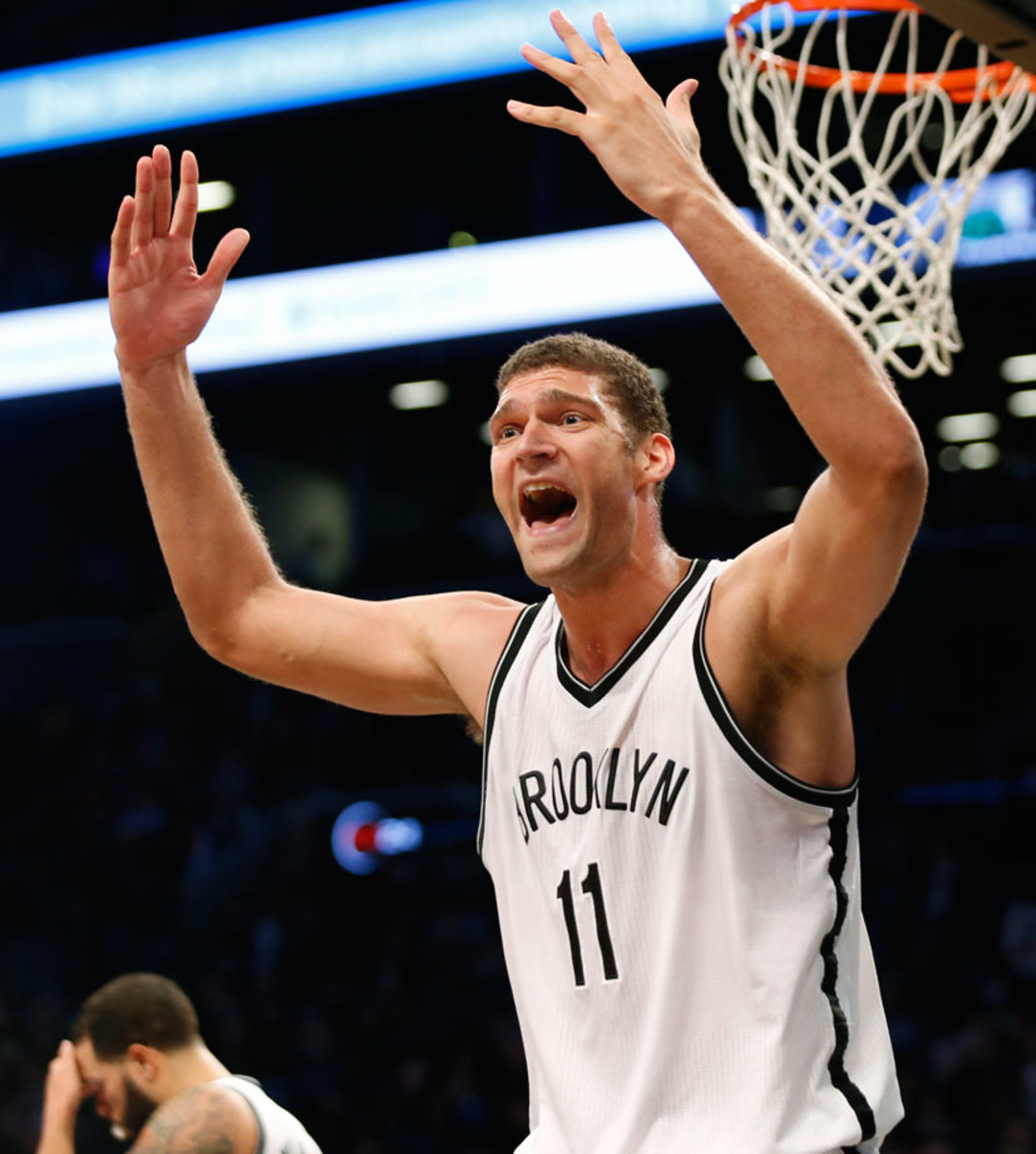
Andre Iguodala
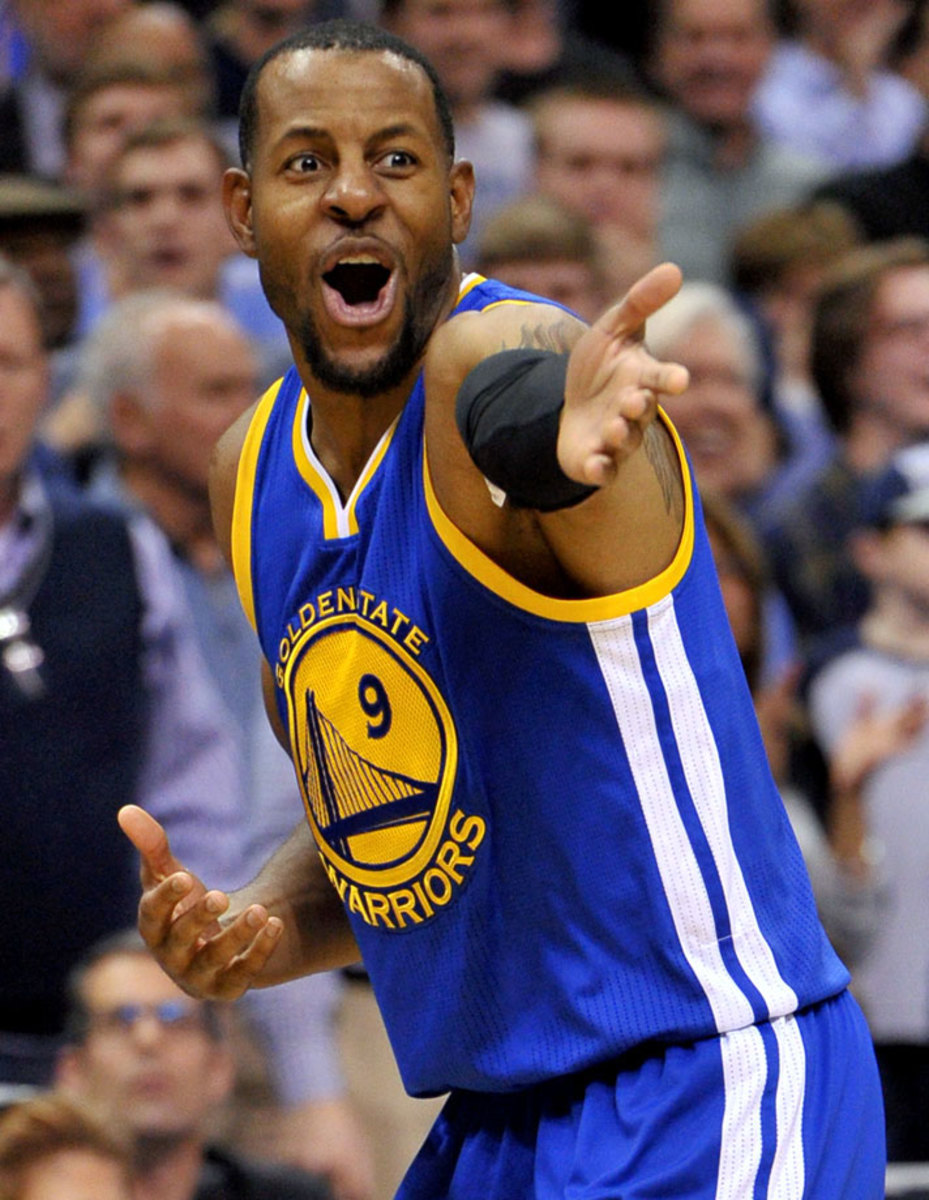
Andre Iguodala
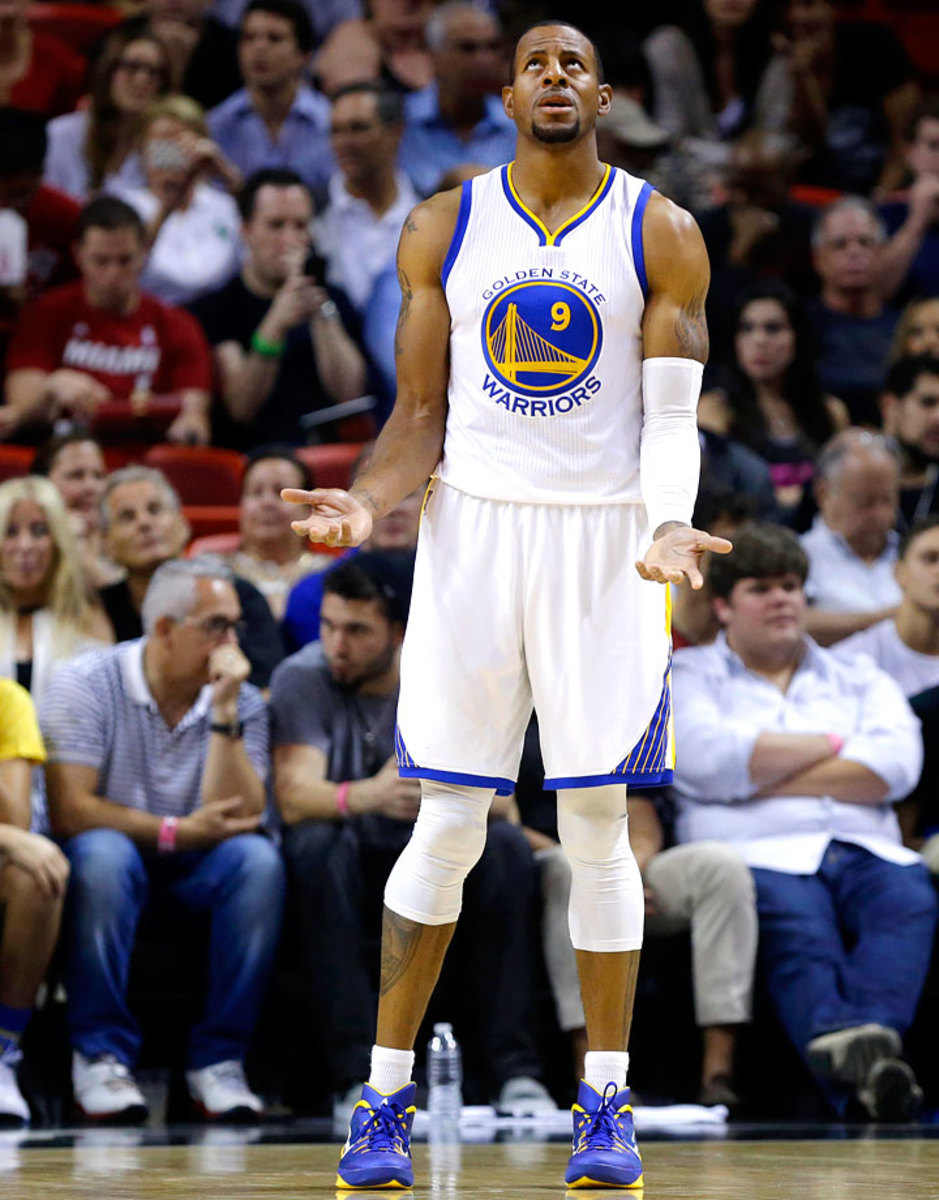
Marcus Smart
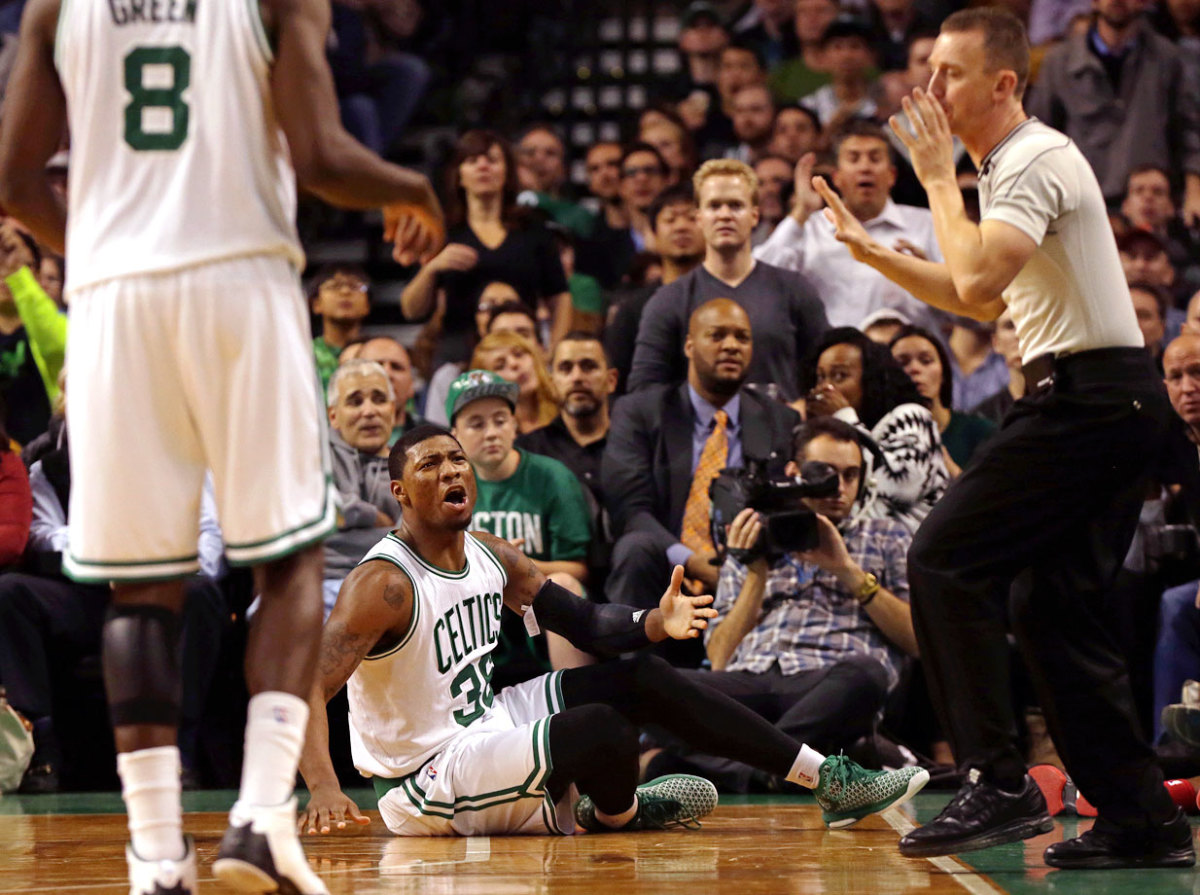
Marcus Smart
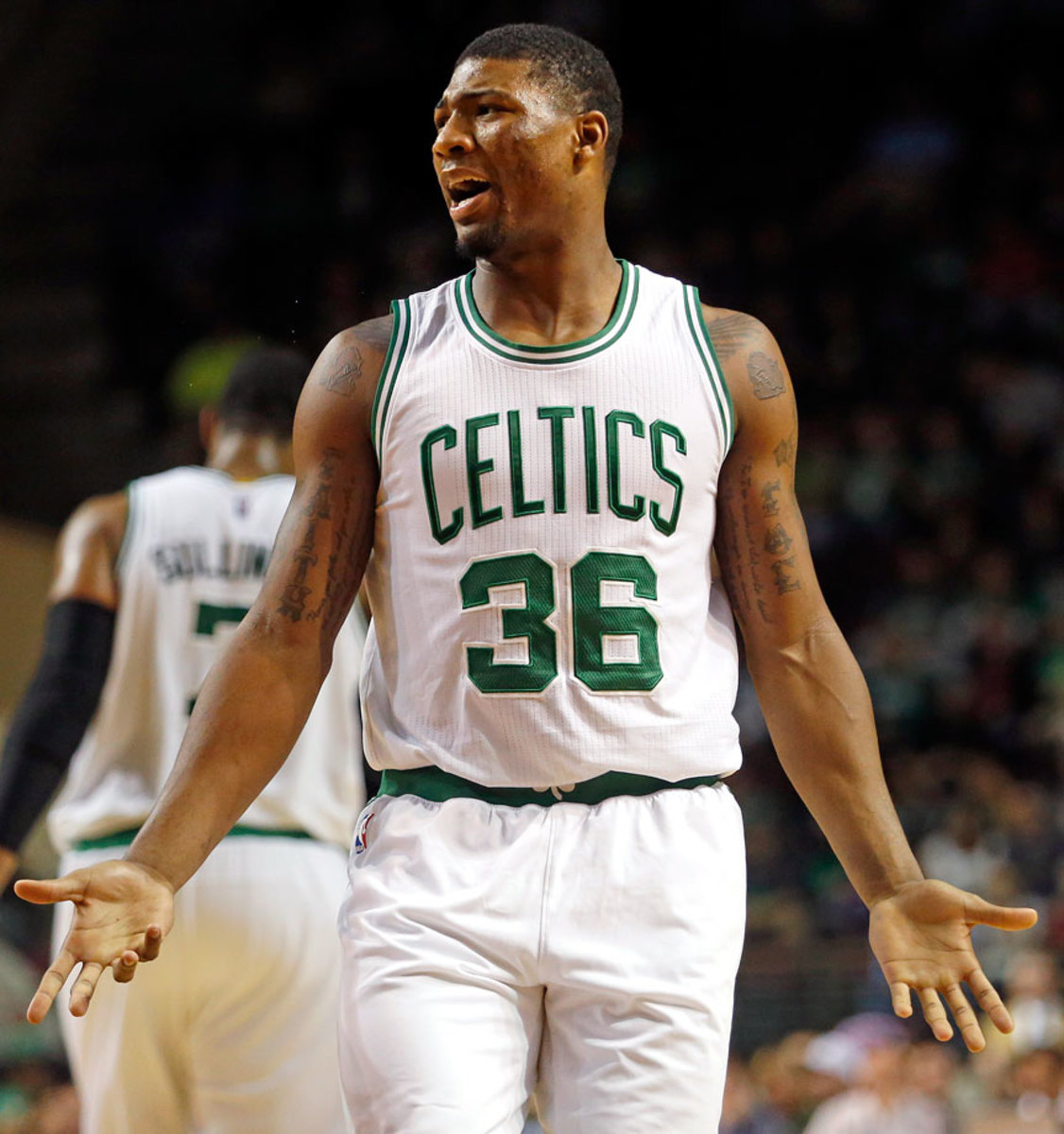
Pablo Prigioni
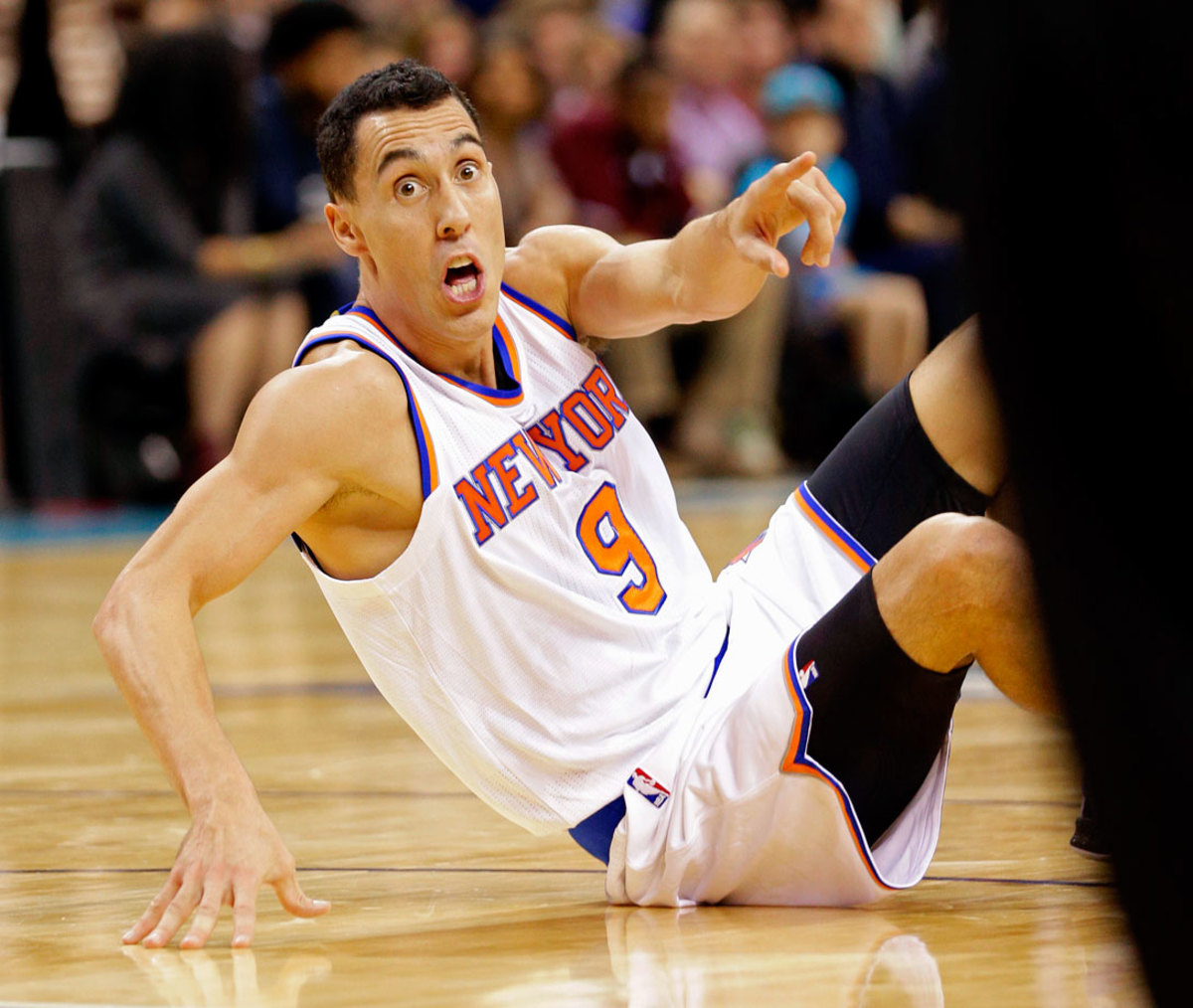
Pablo Prigioni
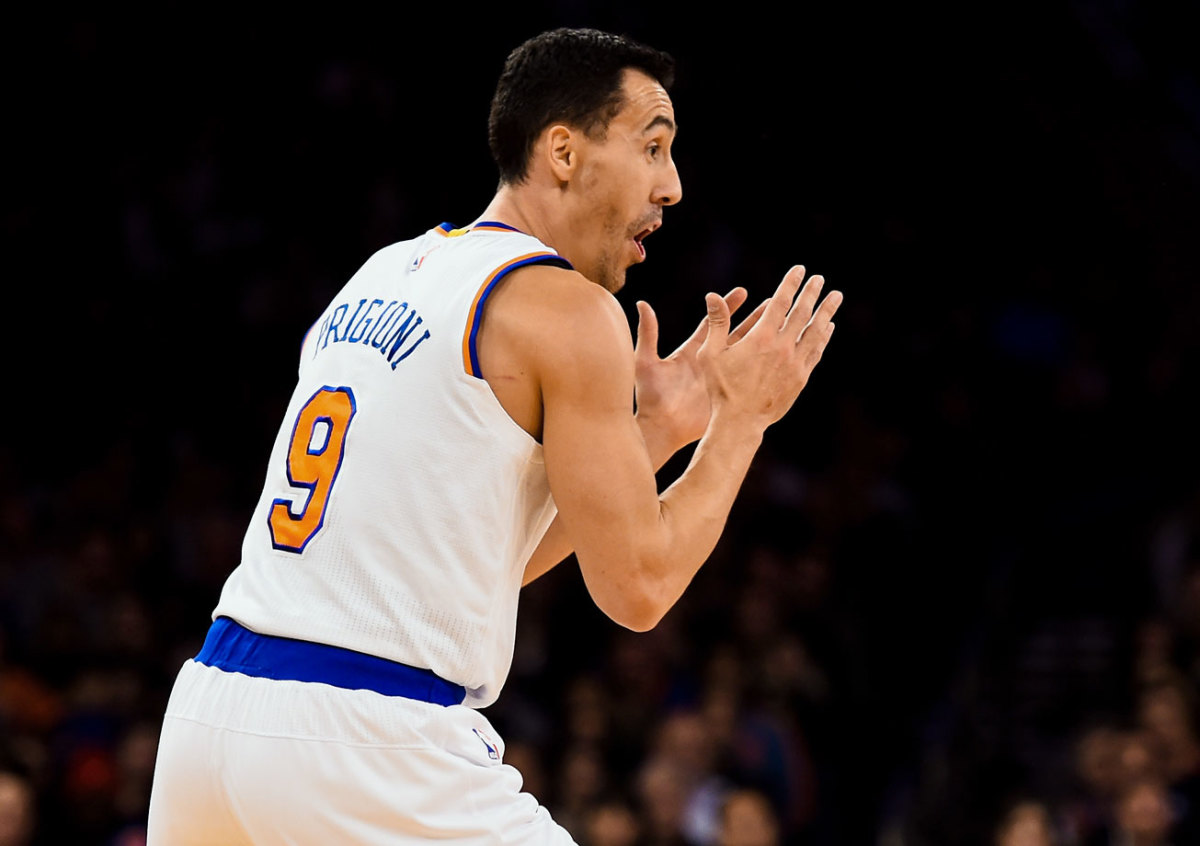
Dirk Nowitzki
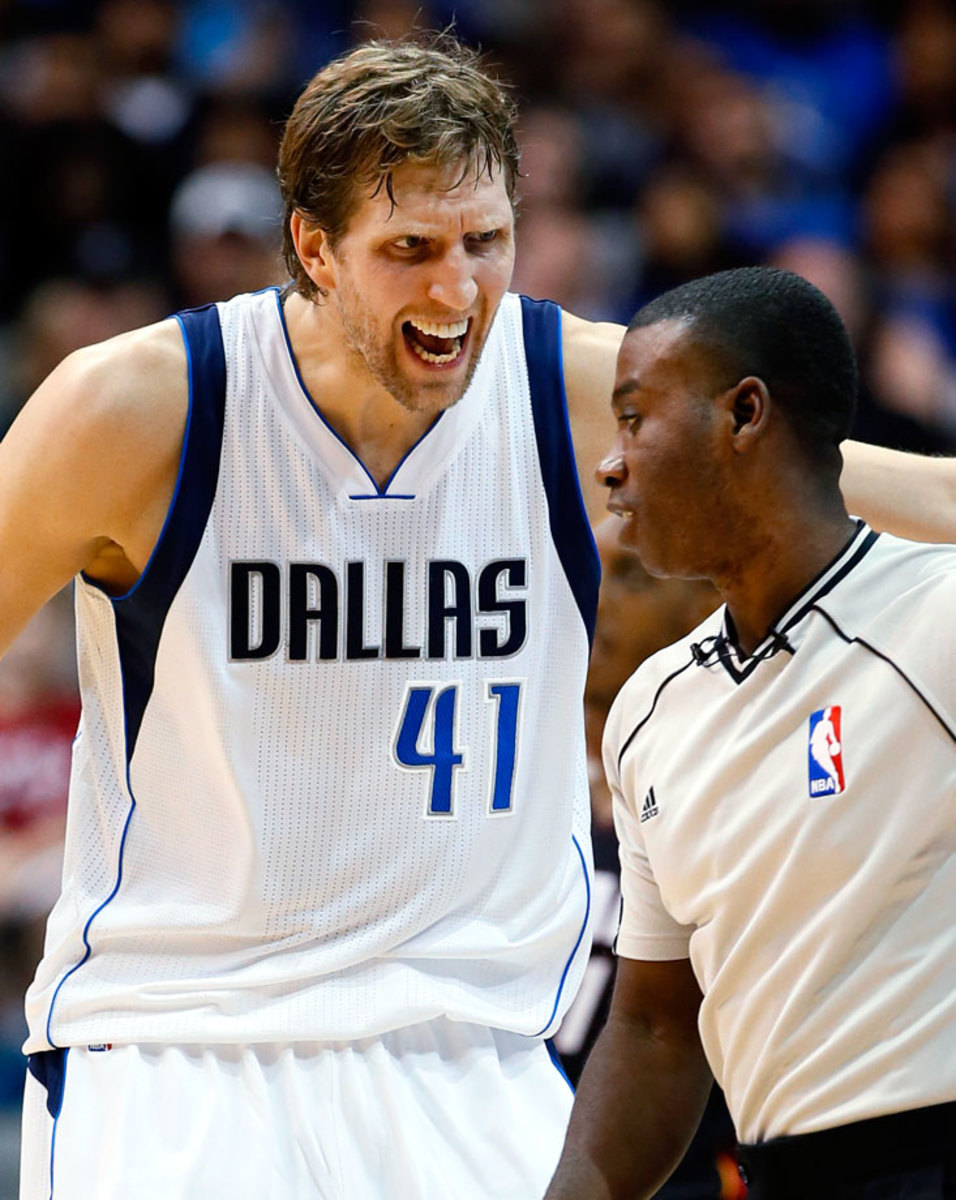
Dirk Nowitzki
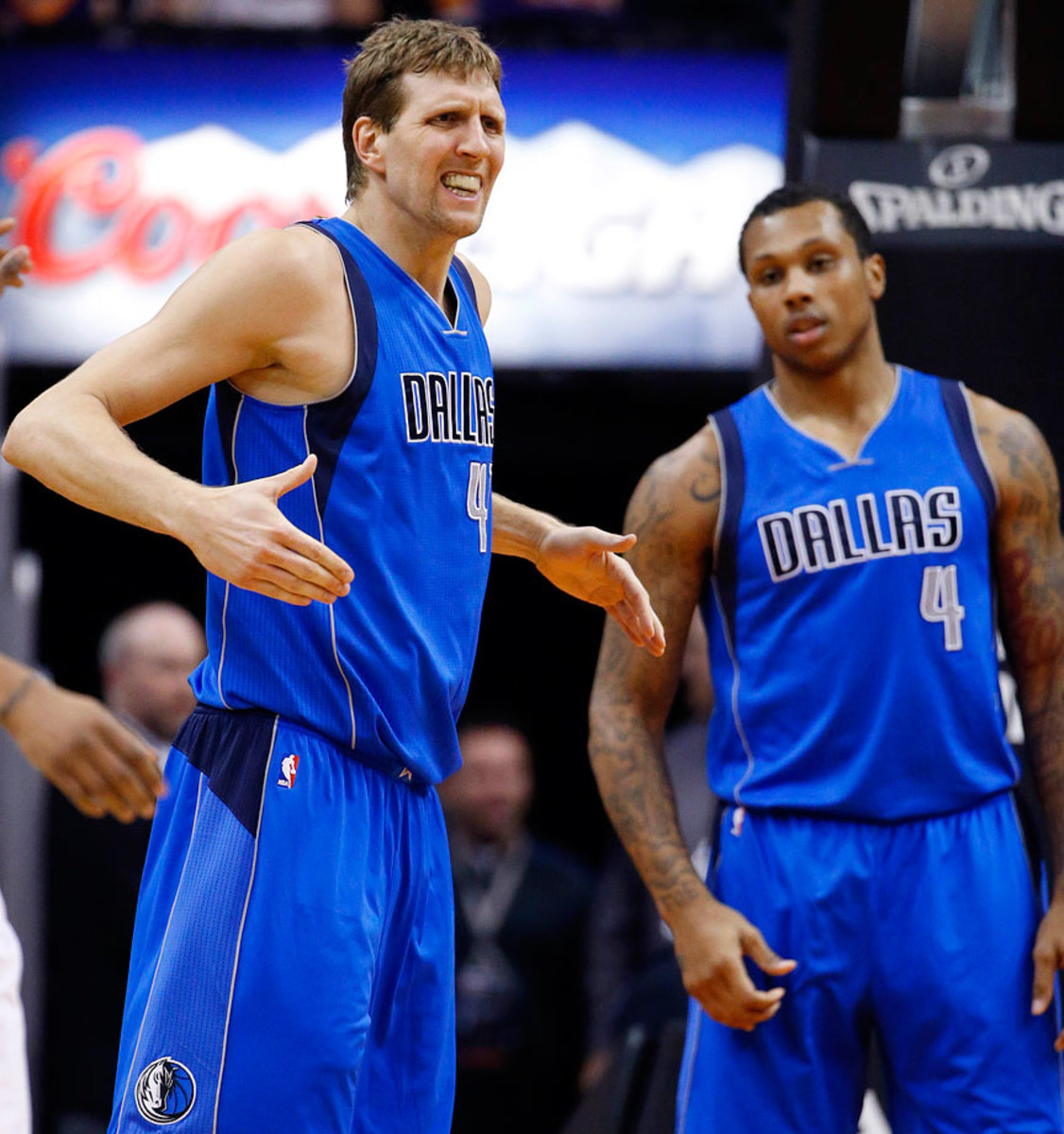
Russell Westbrook
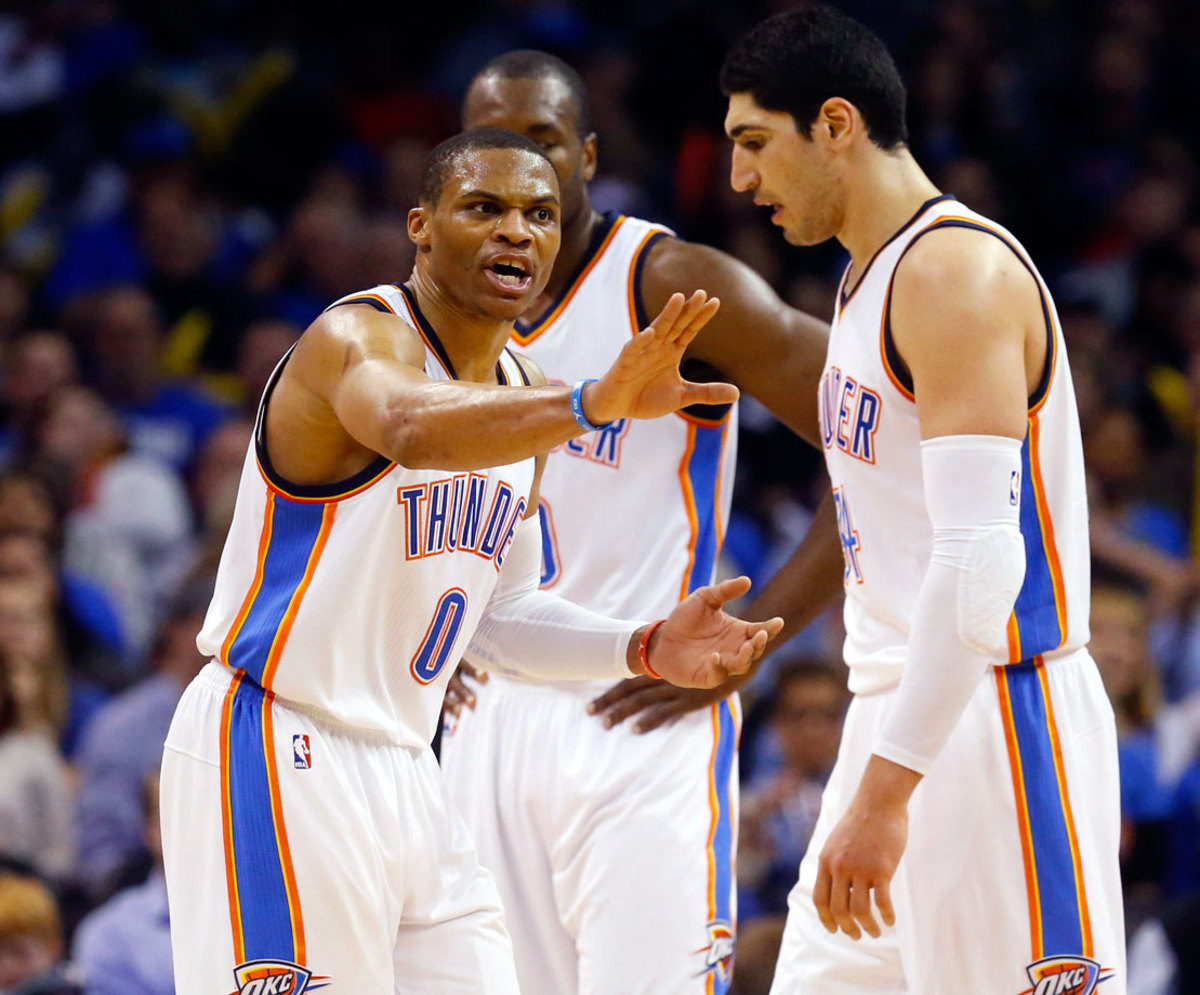
Russell Westbrook
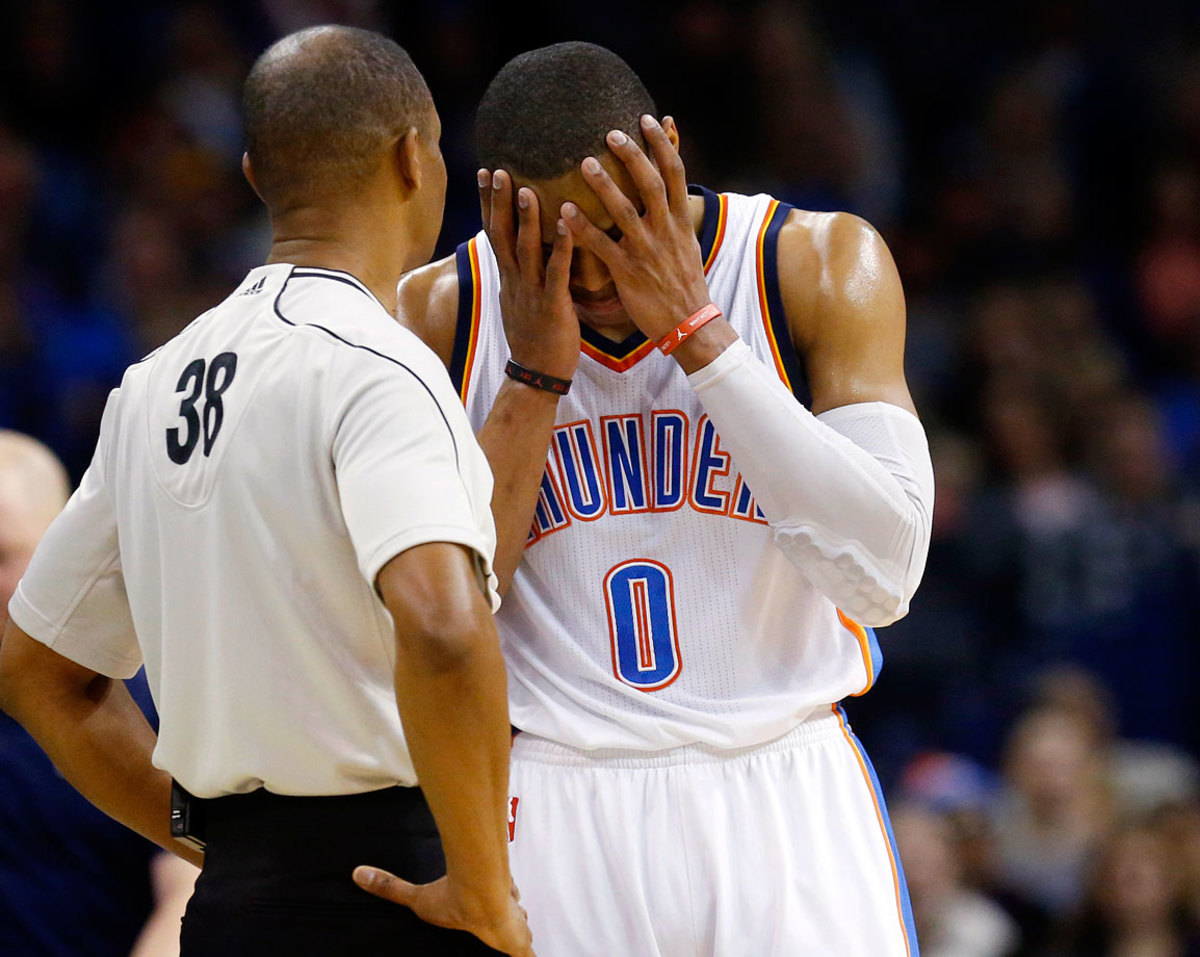
Carlos Boozer
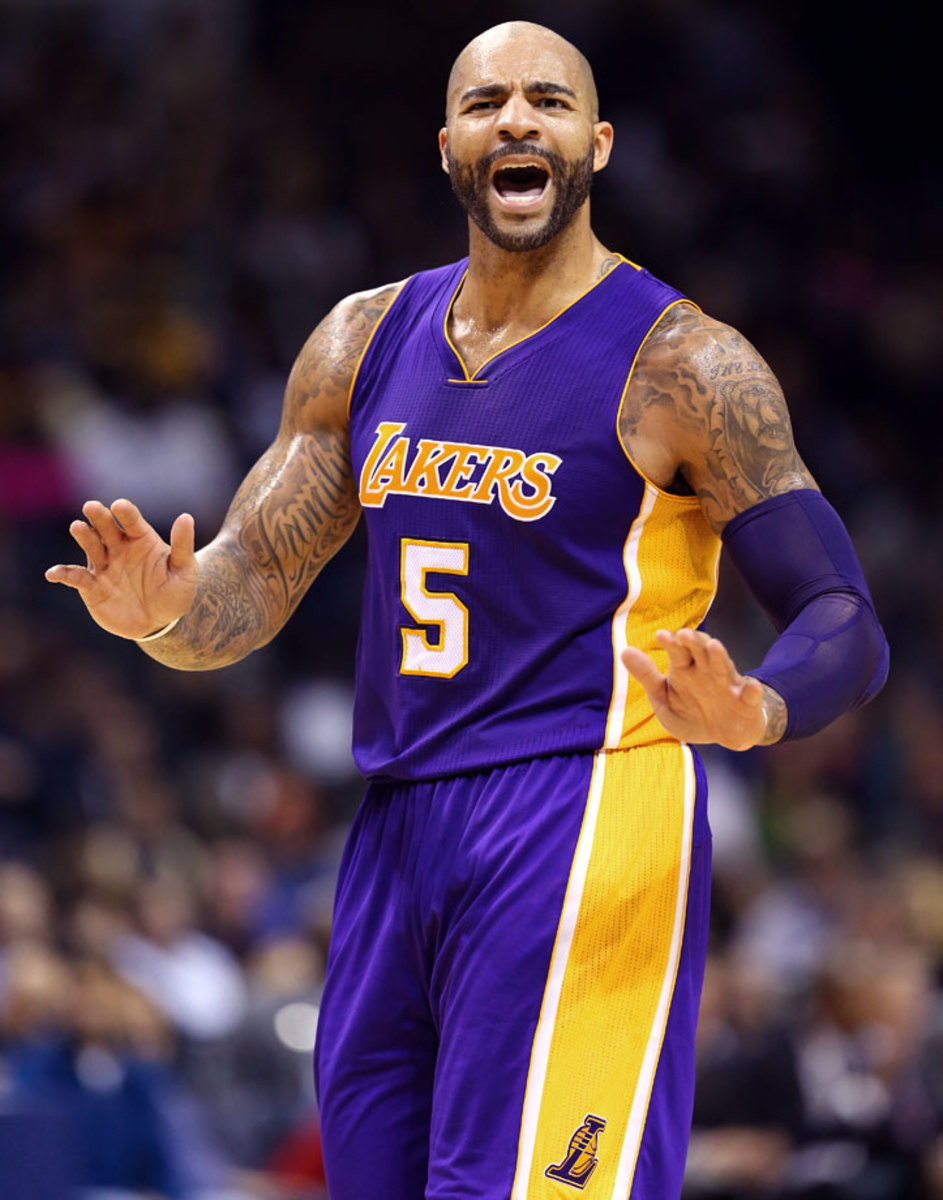
Carlos Boozer
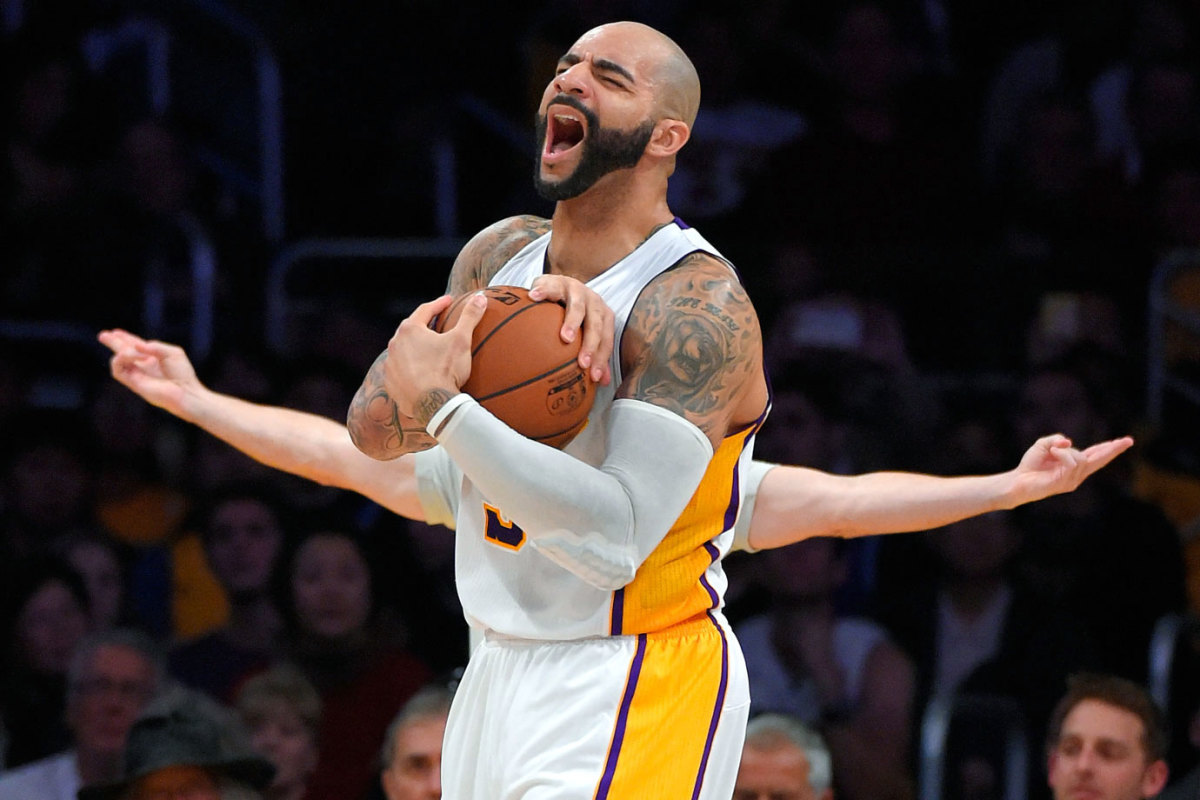
P.J. Tucker
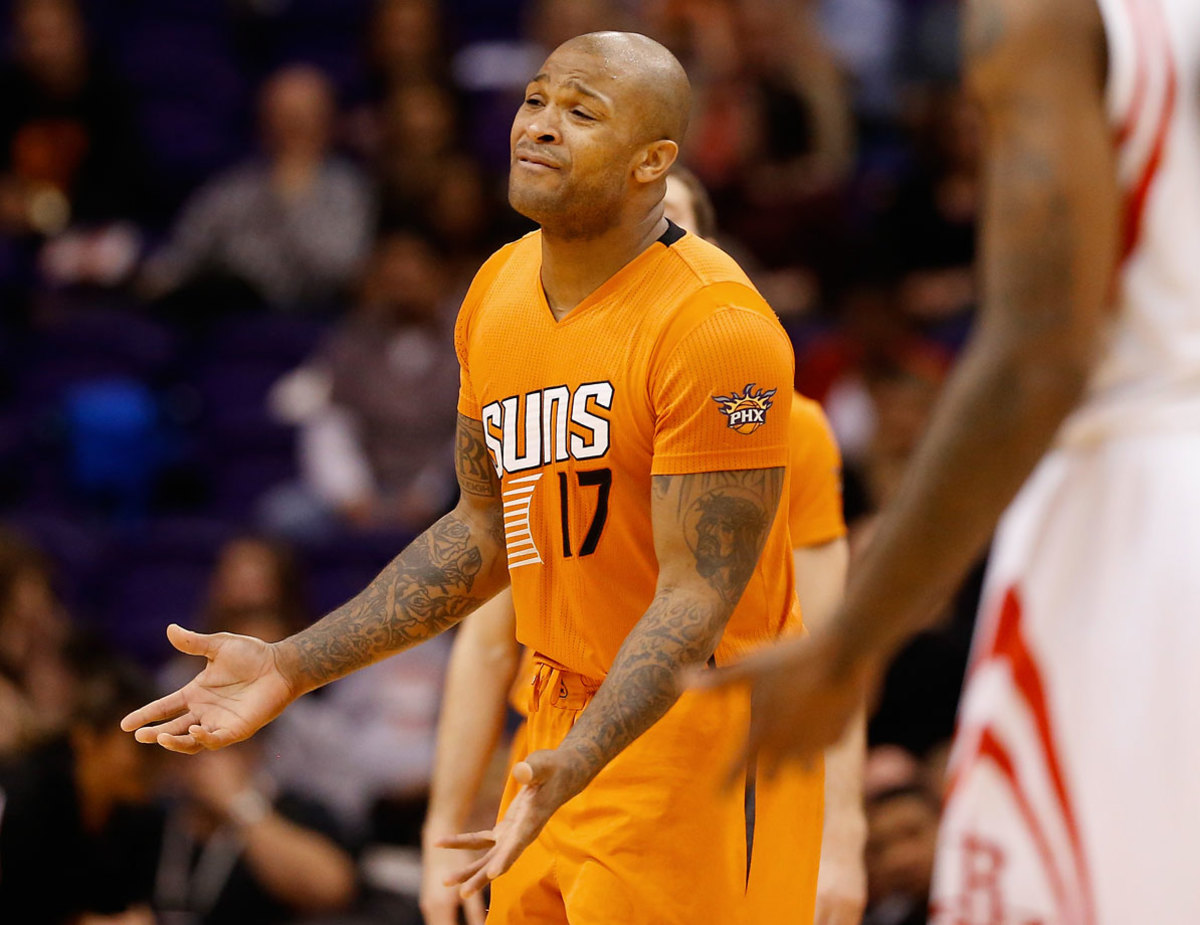
P.J. Tucker
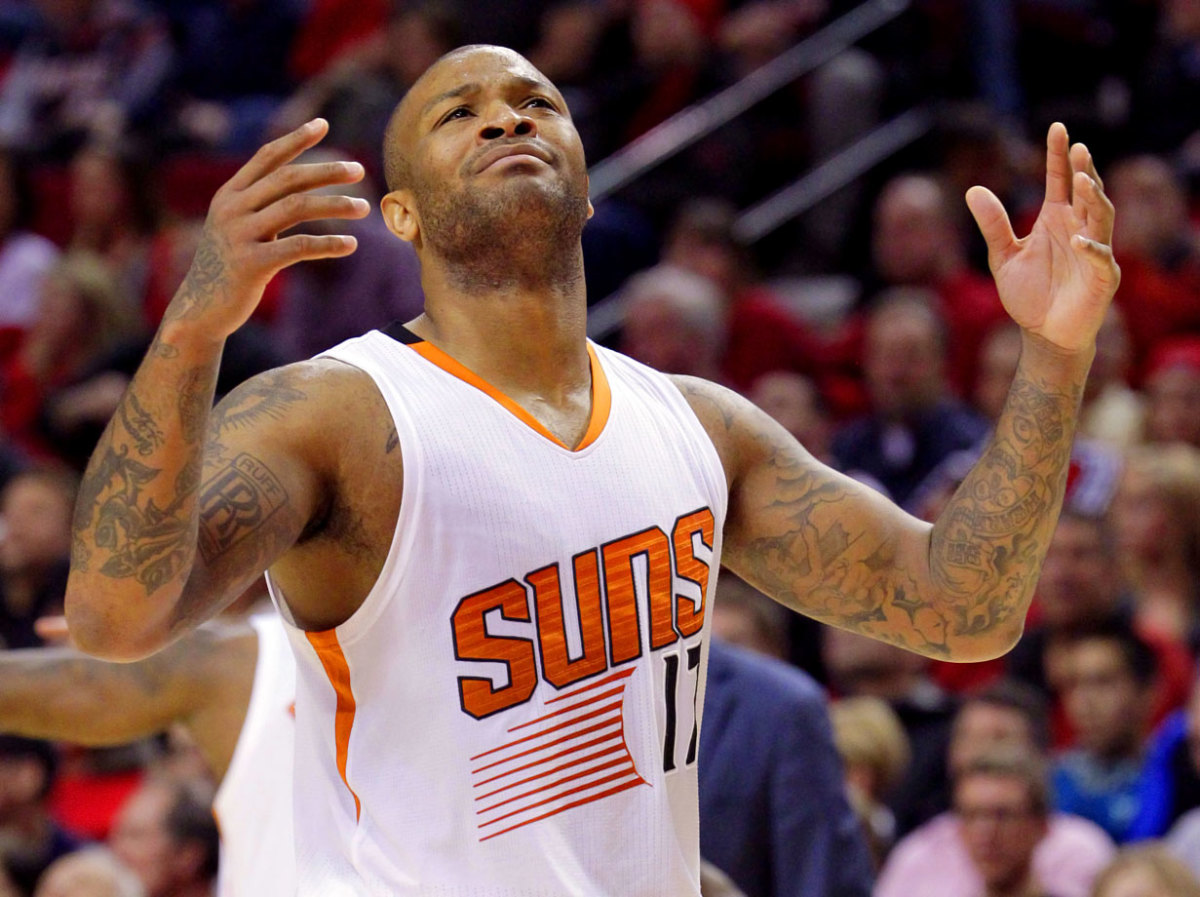
Kobe Bryant
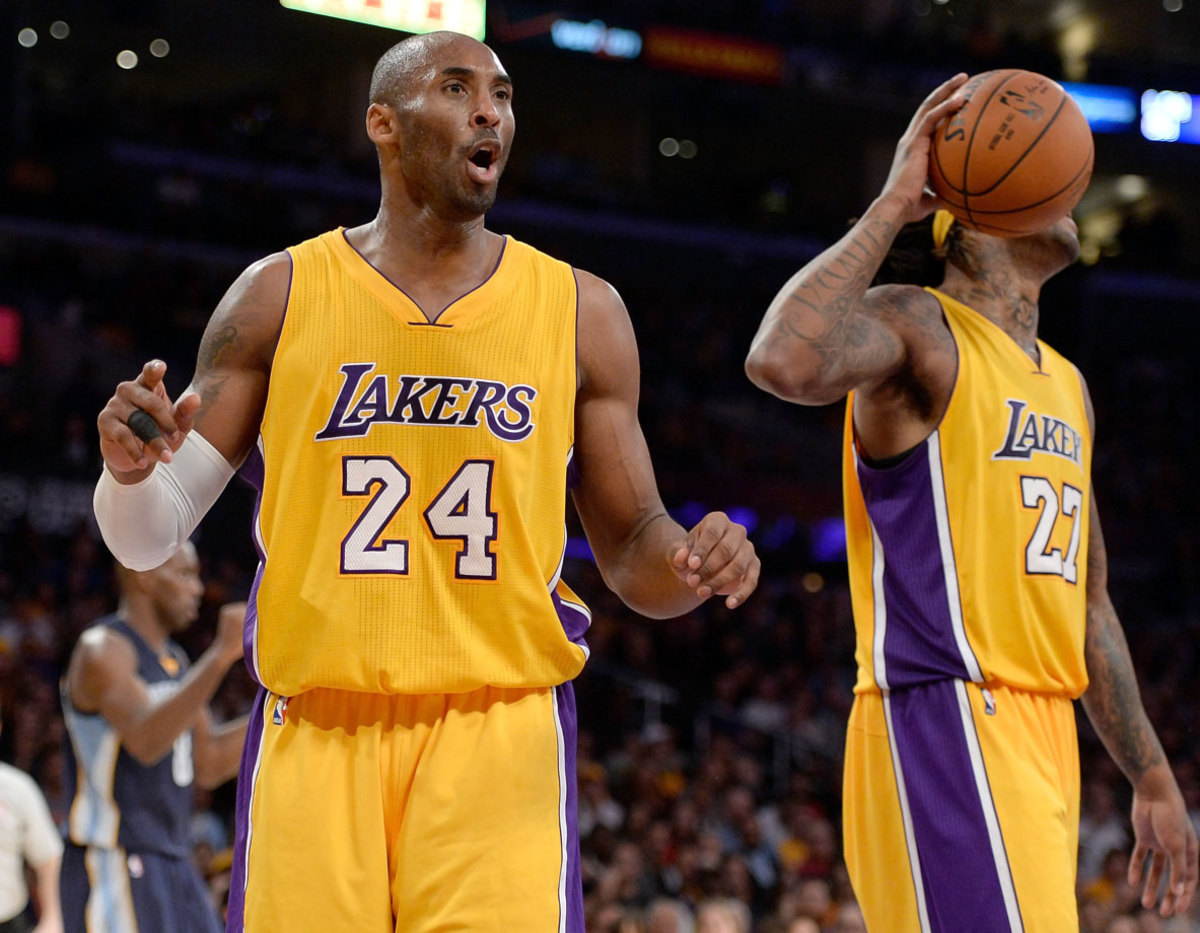
Kobe Bryant
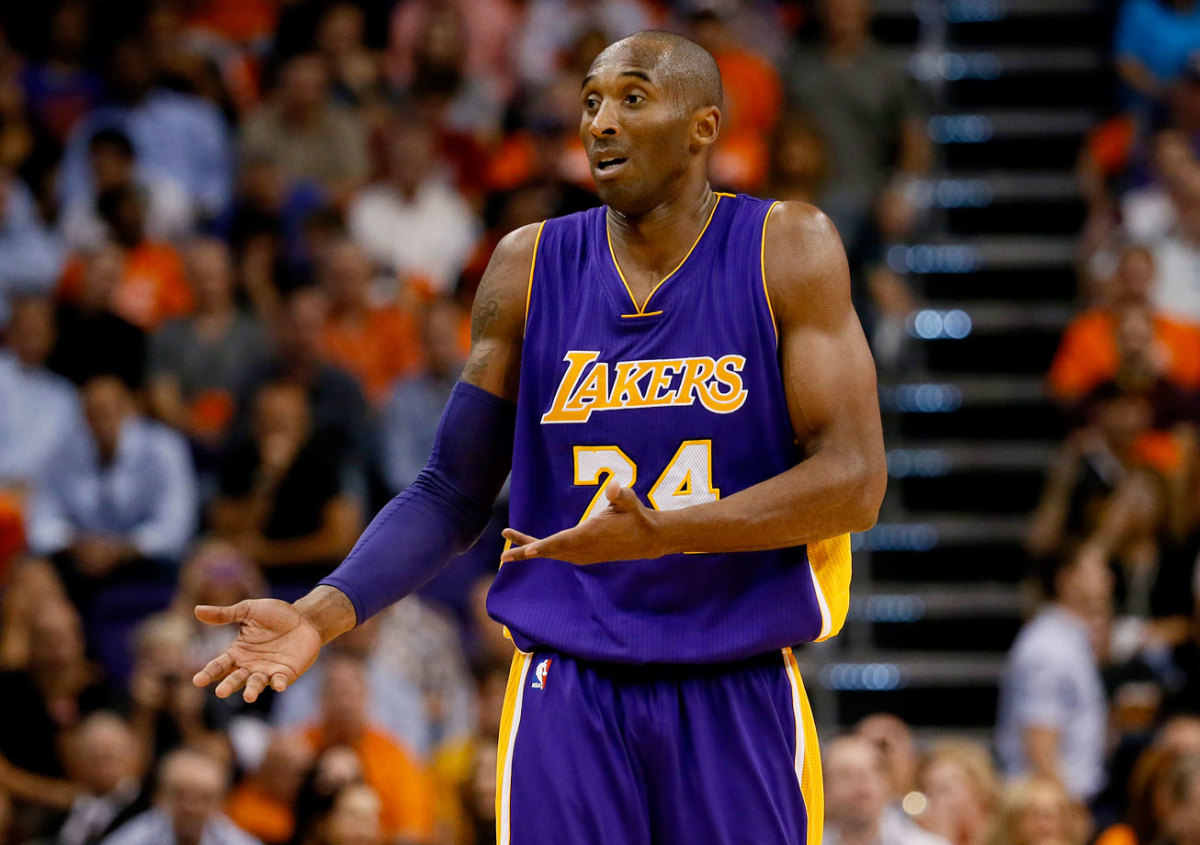
Dwyane Wade
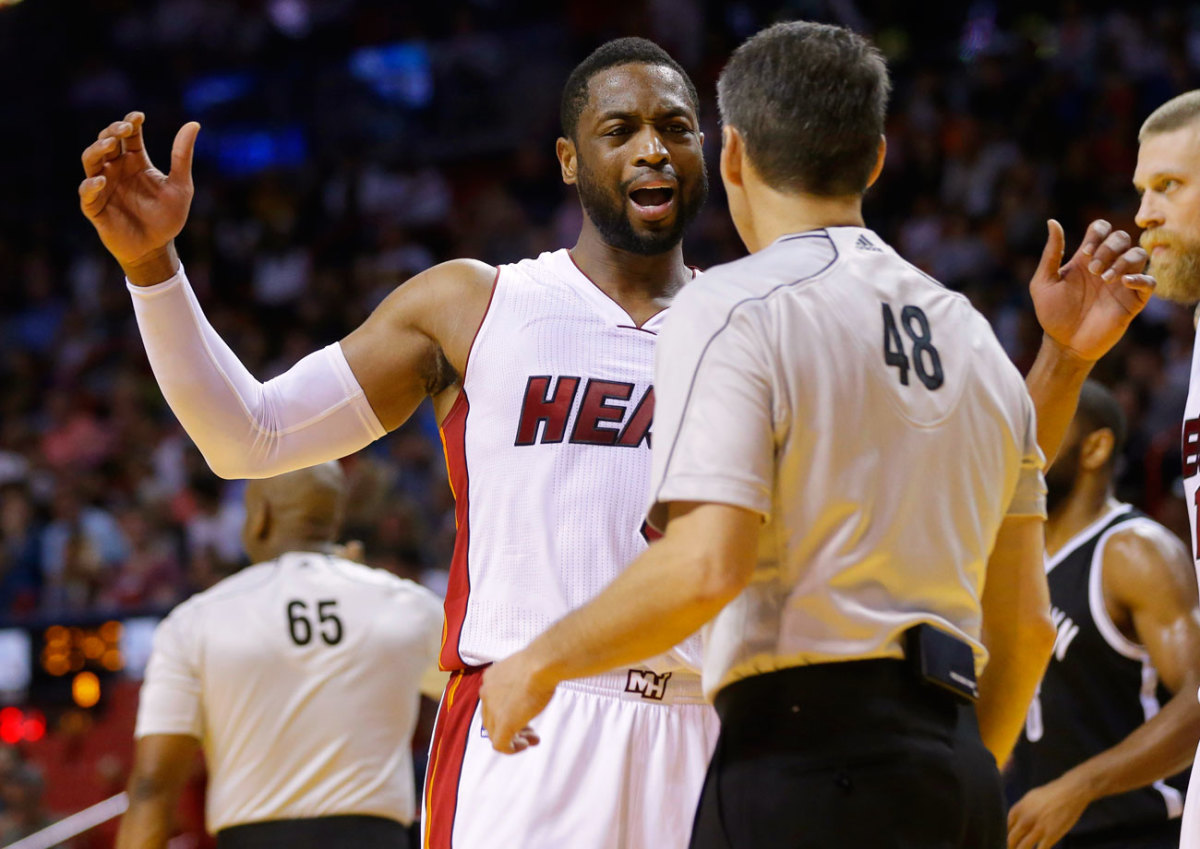
Dwyane Wade
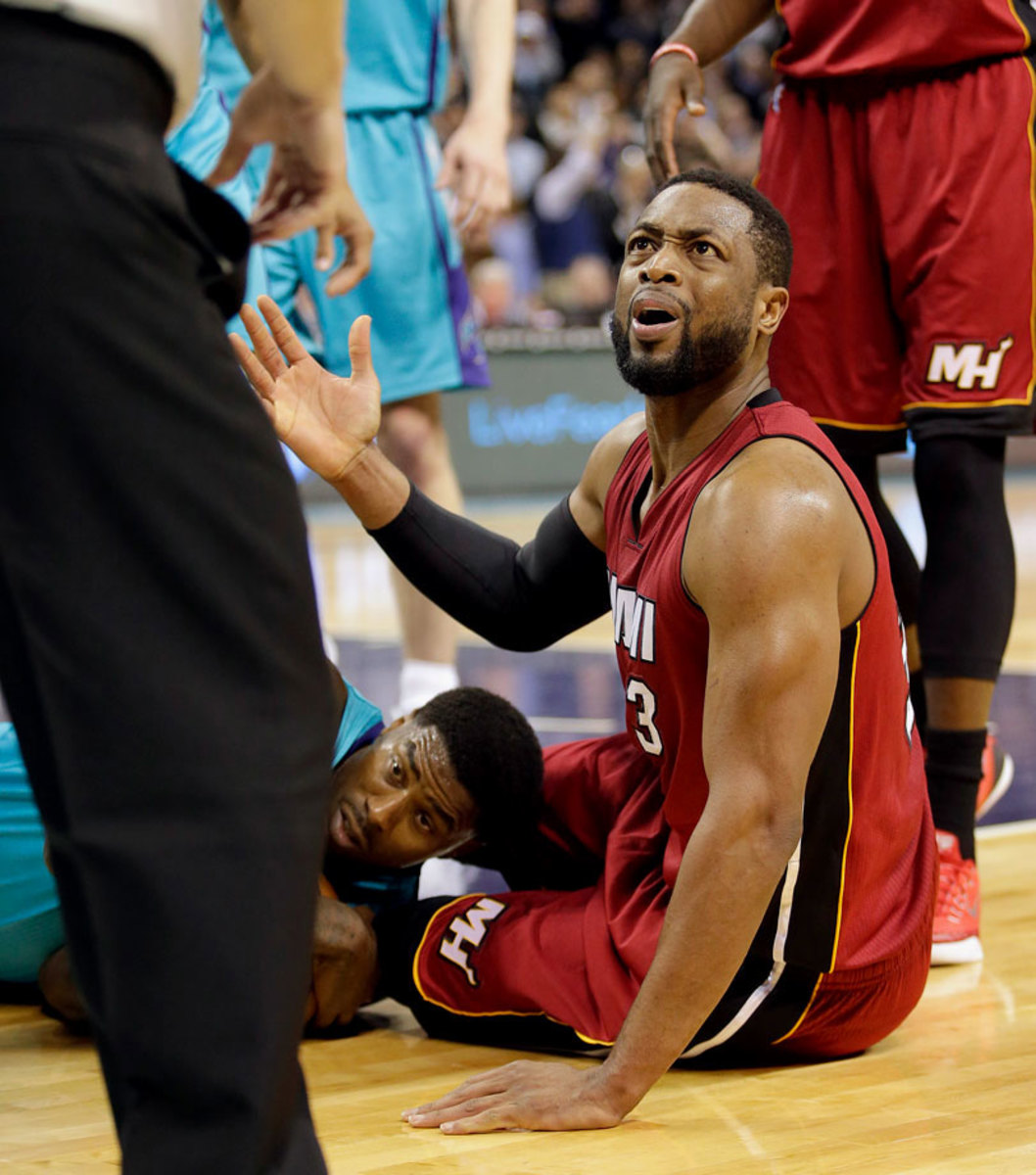
Anderson Varejao
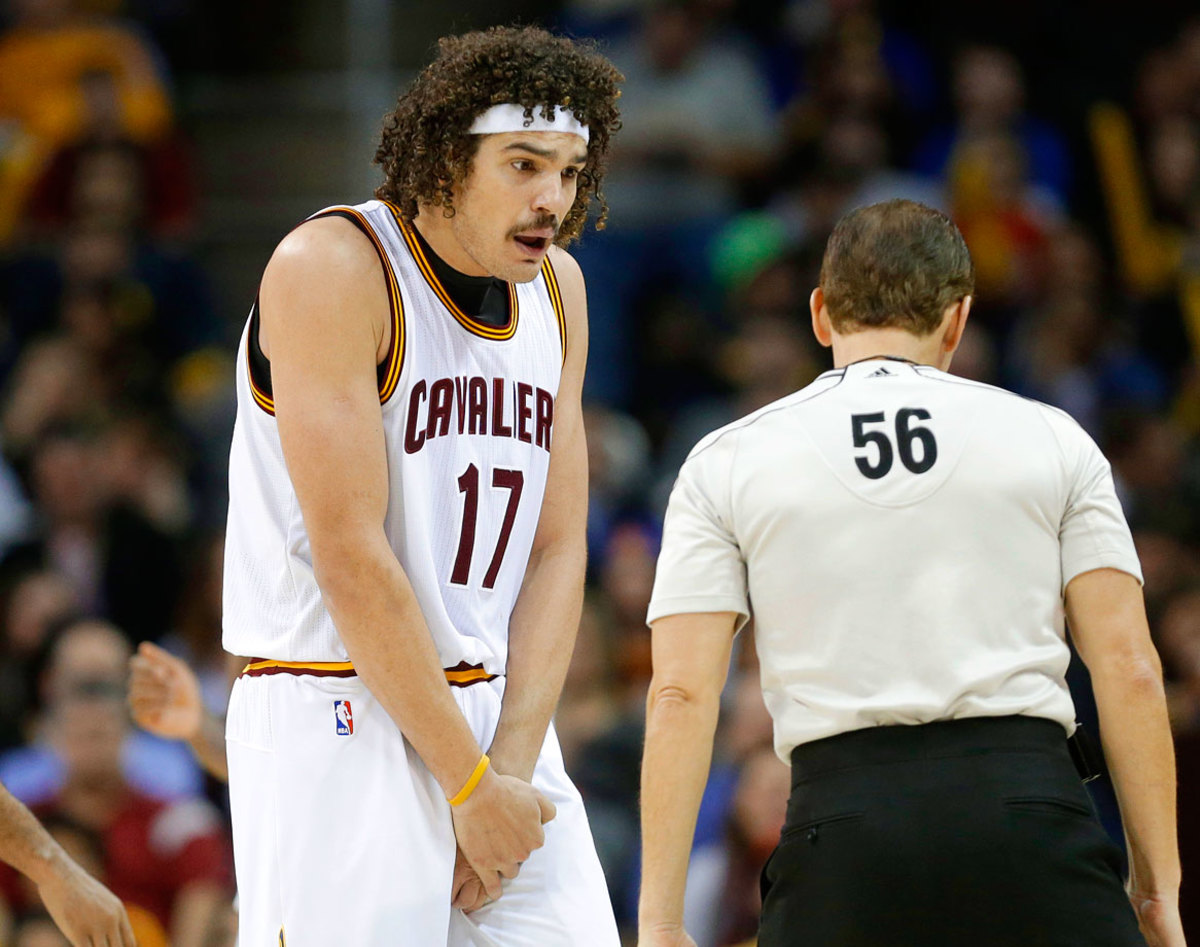
Anderson Varejao
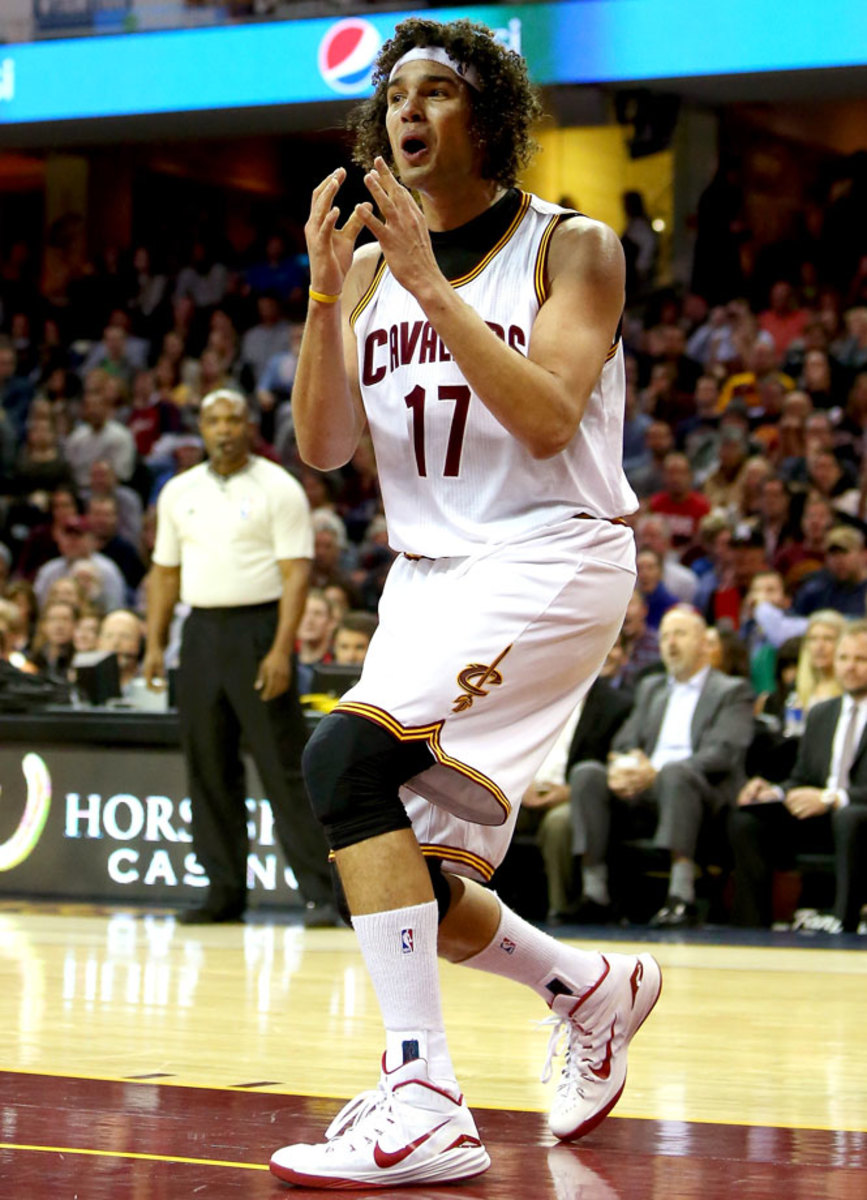
Draymond Green
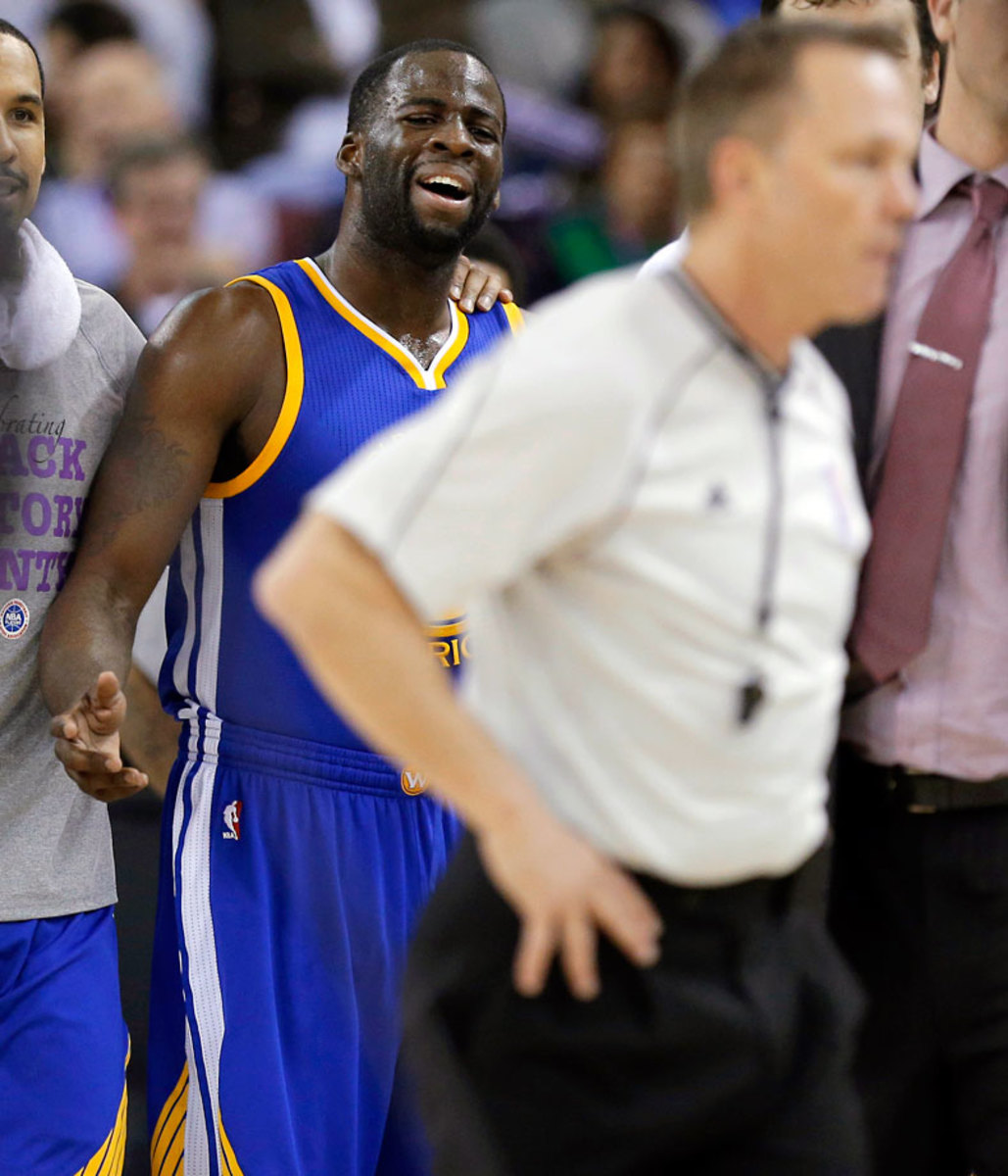
Draymond Green
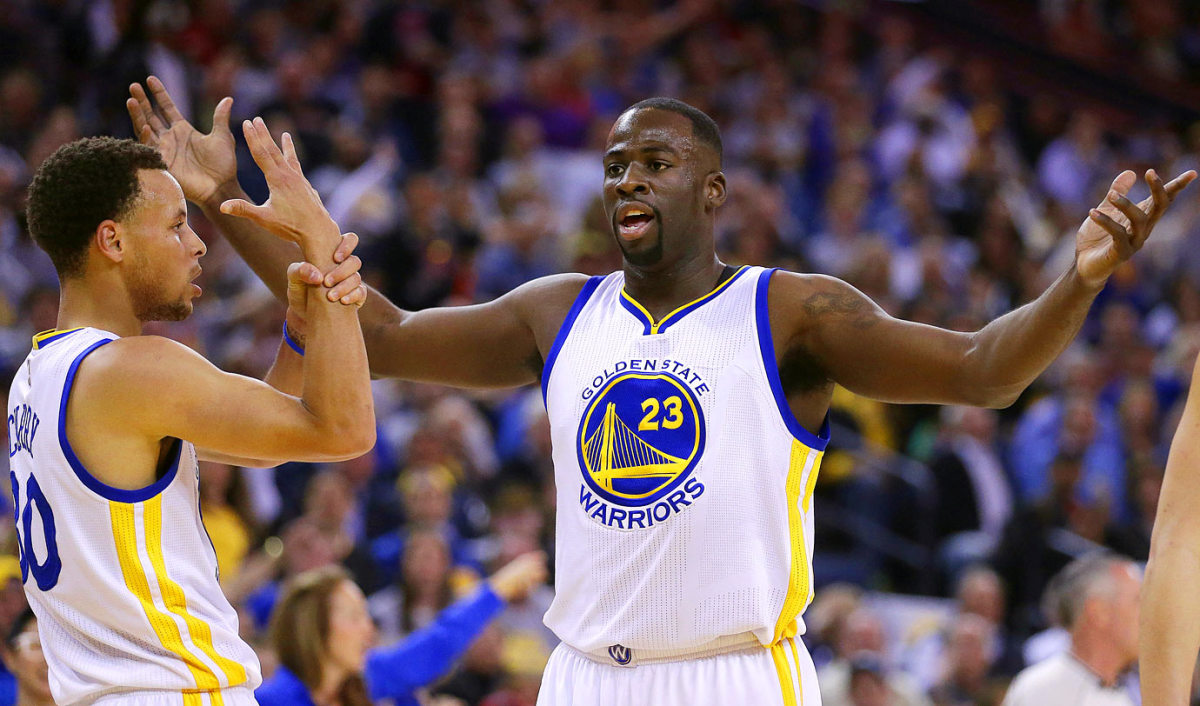
J.R. Smith
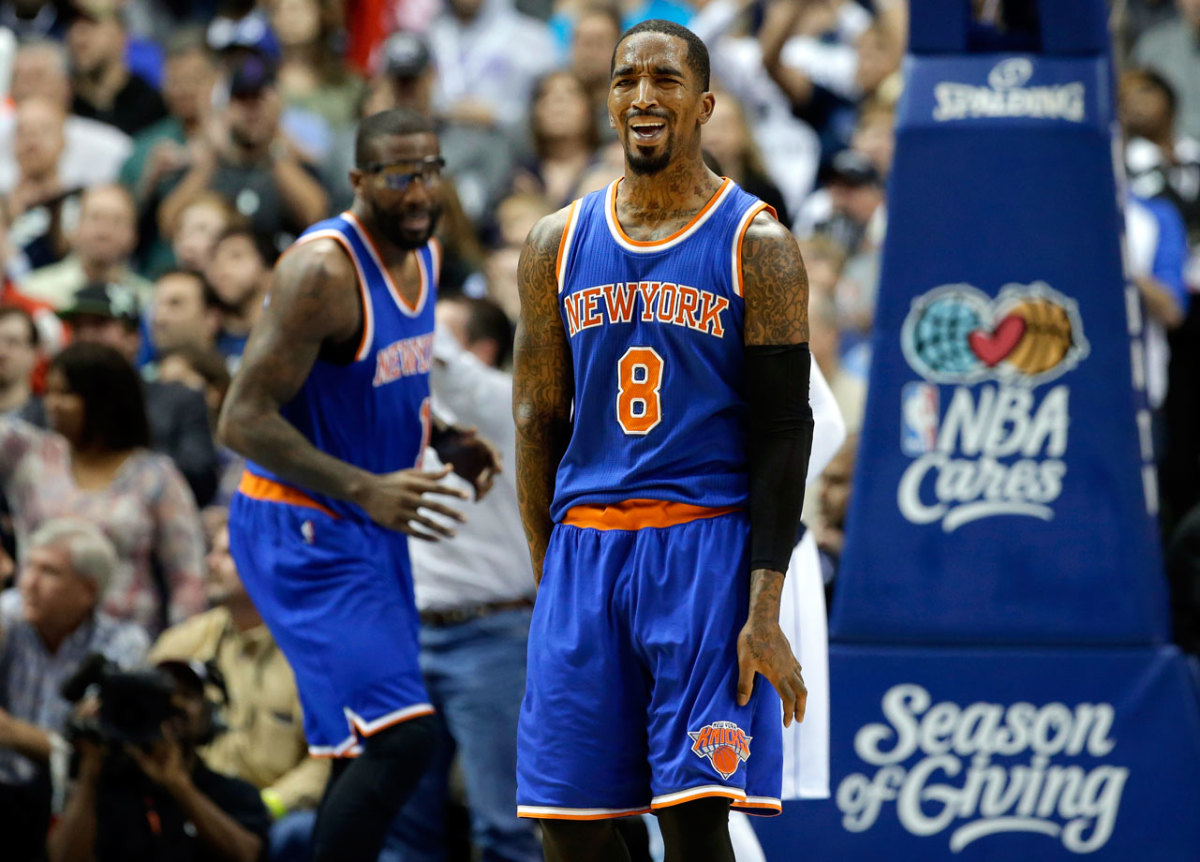
J.R. Smith
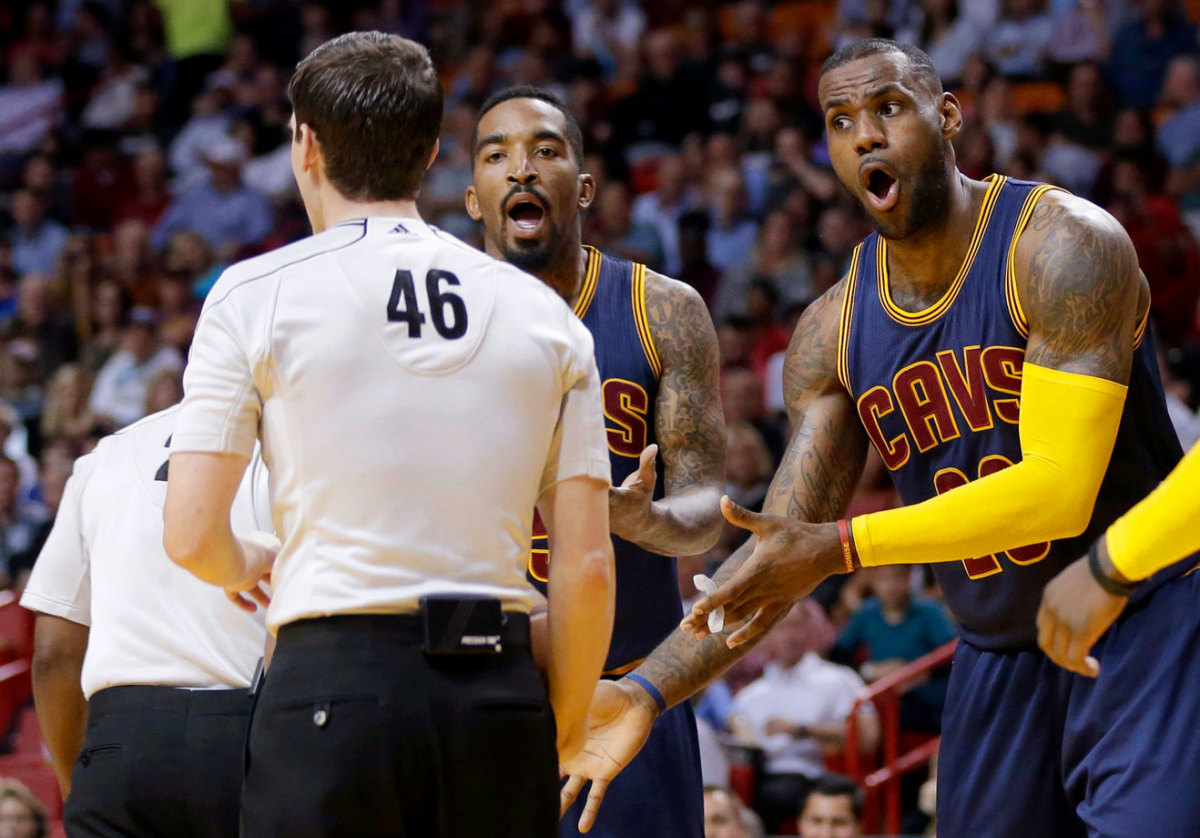
Tim Duncan
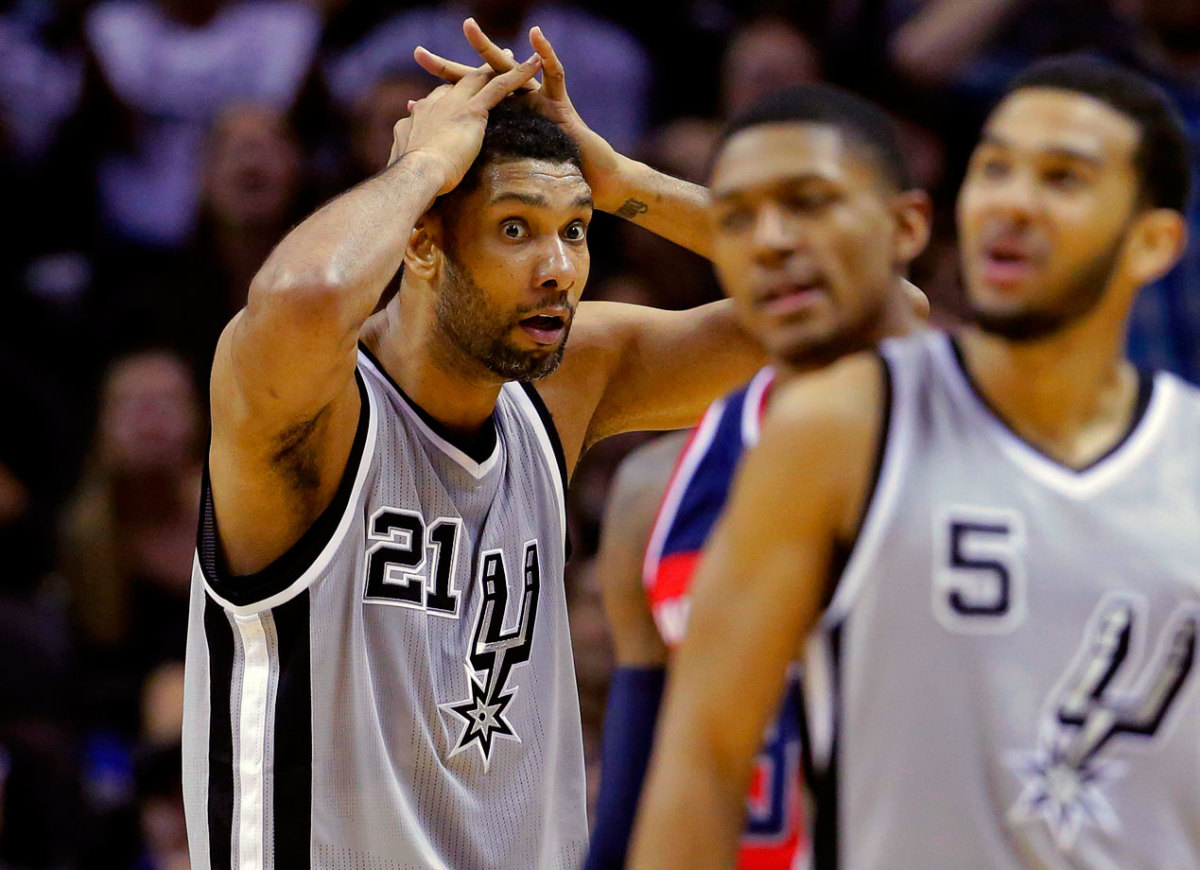
Tony Parker
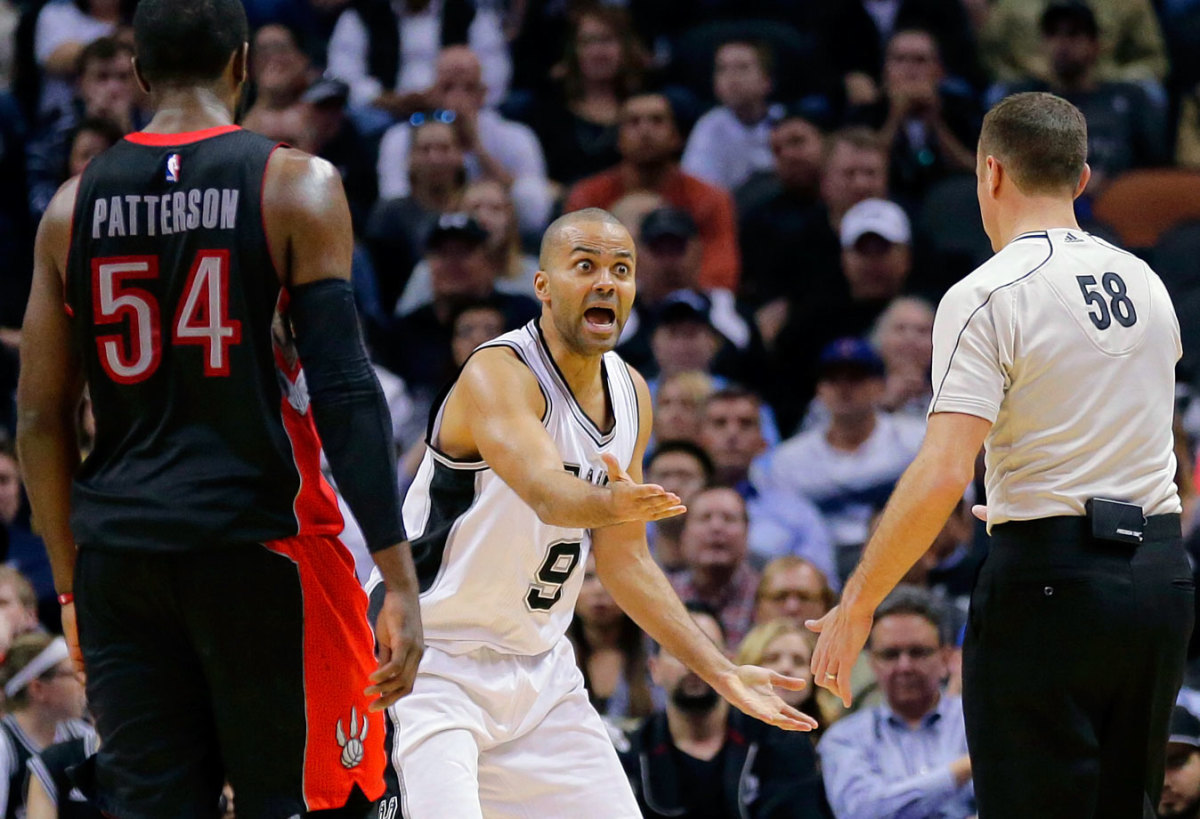
Manu Ginobili
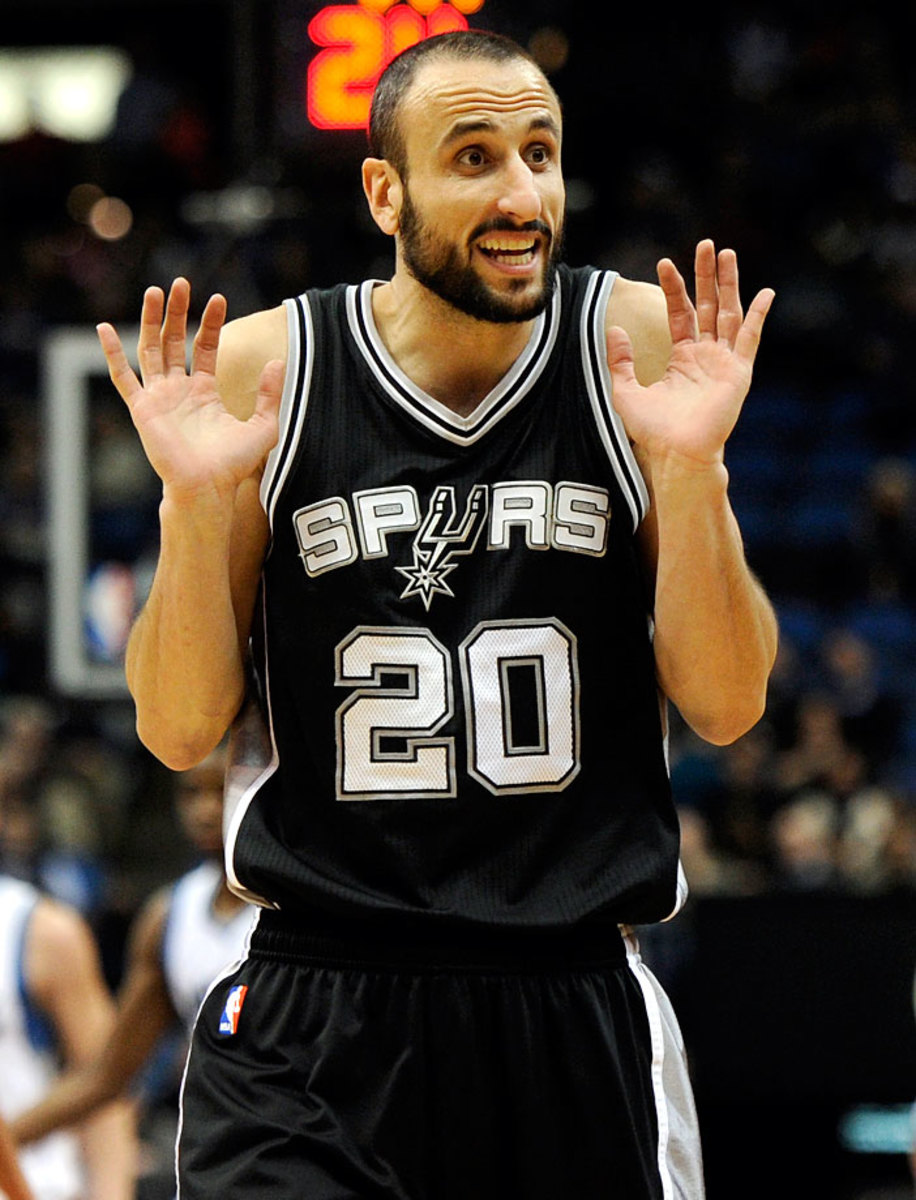
Reggie Evans
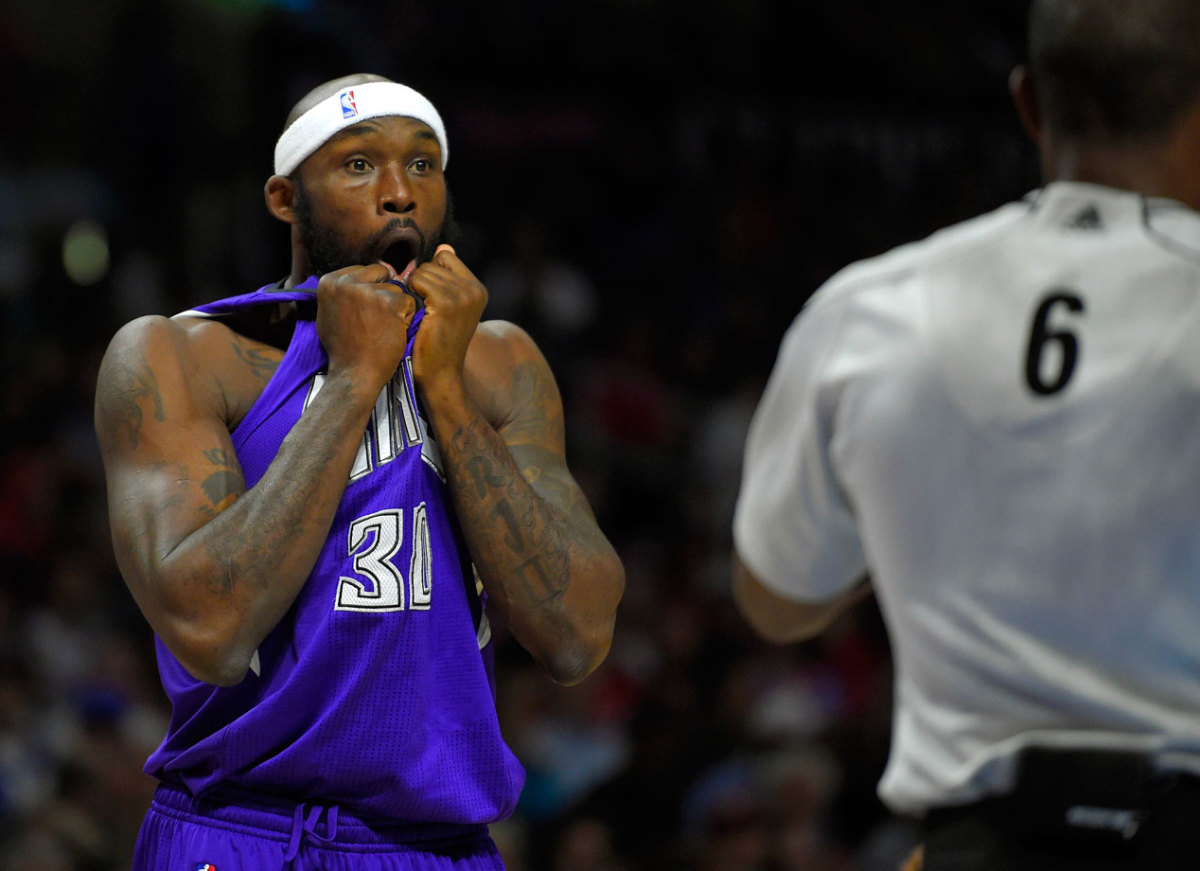
Carmelo Anthony
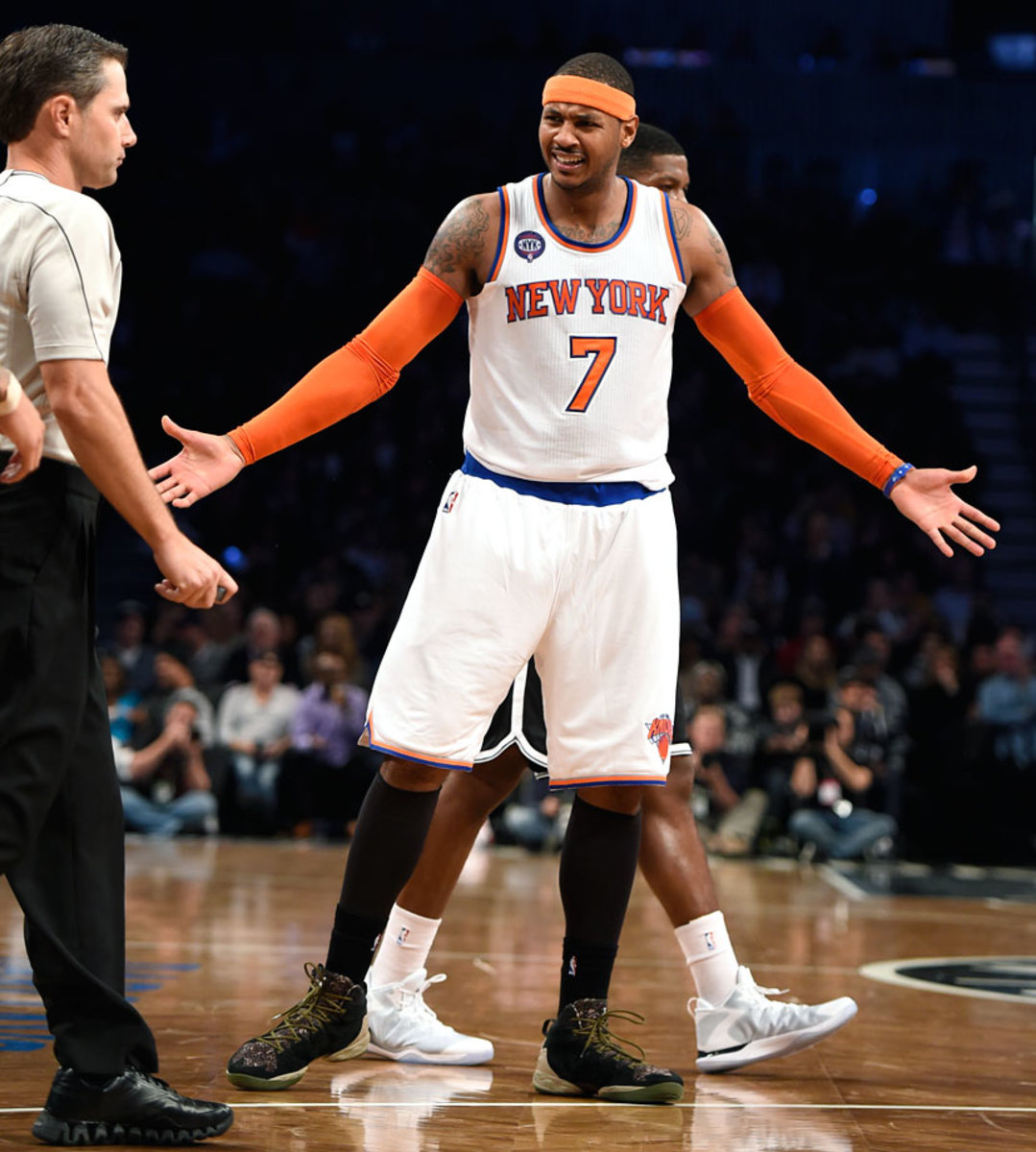
Chandler Parsons
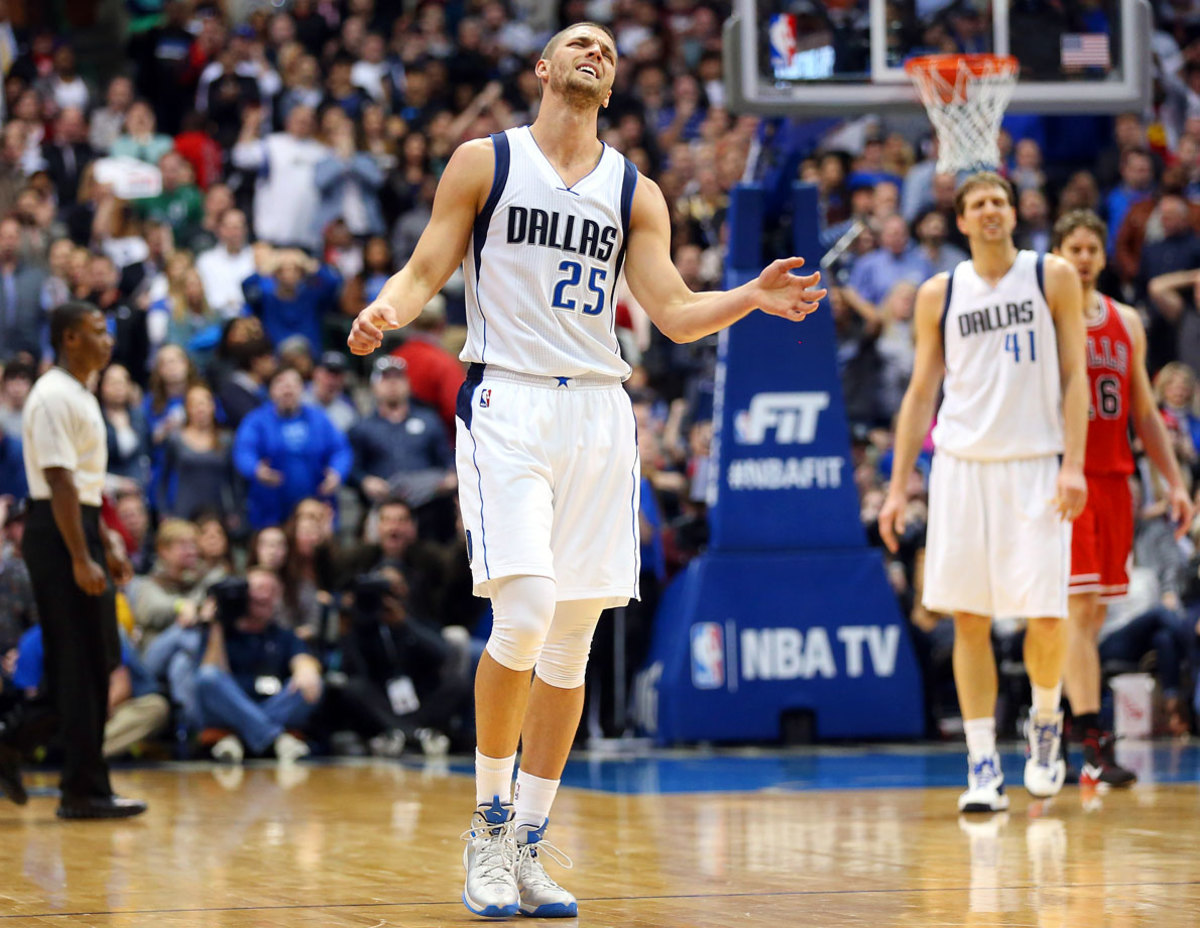
Enes Kanter
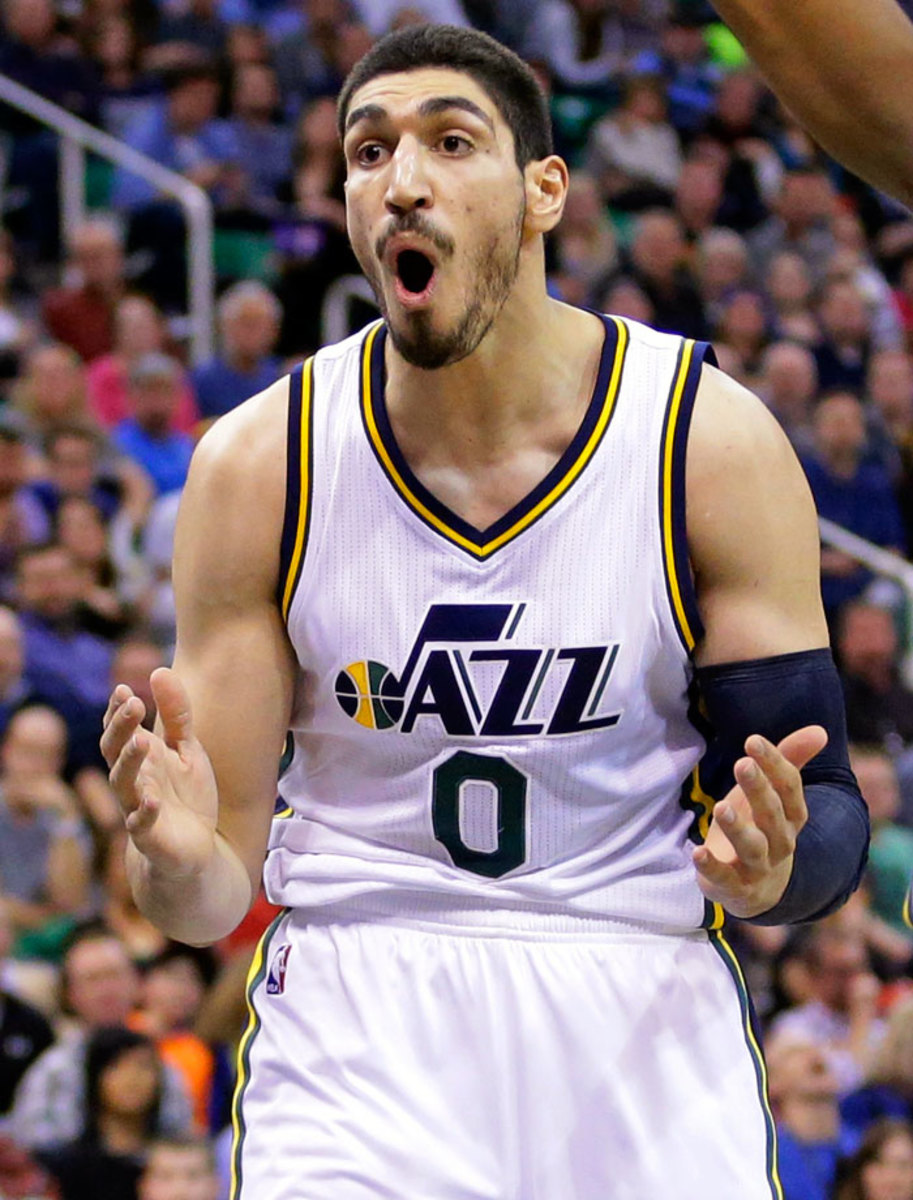
Kevin Durant
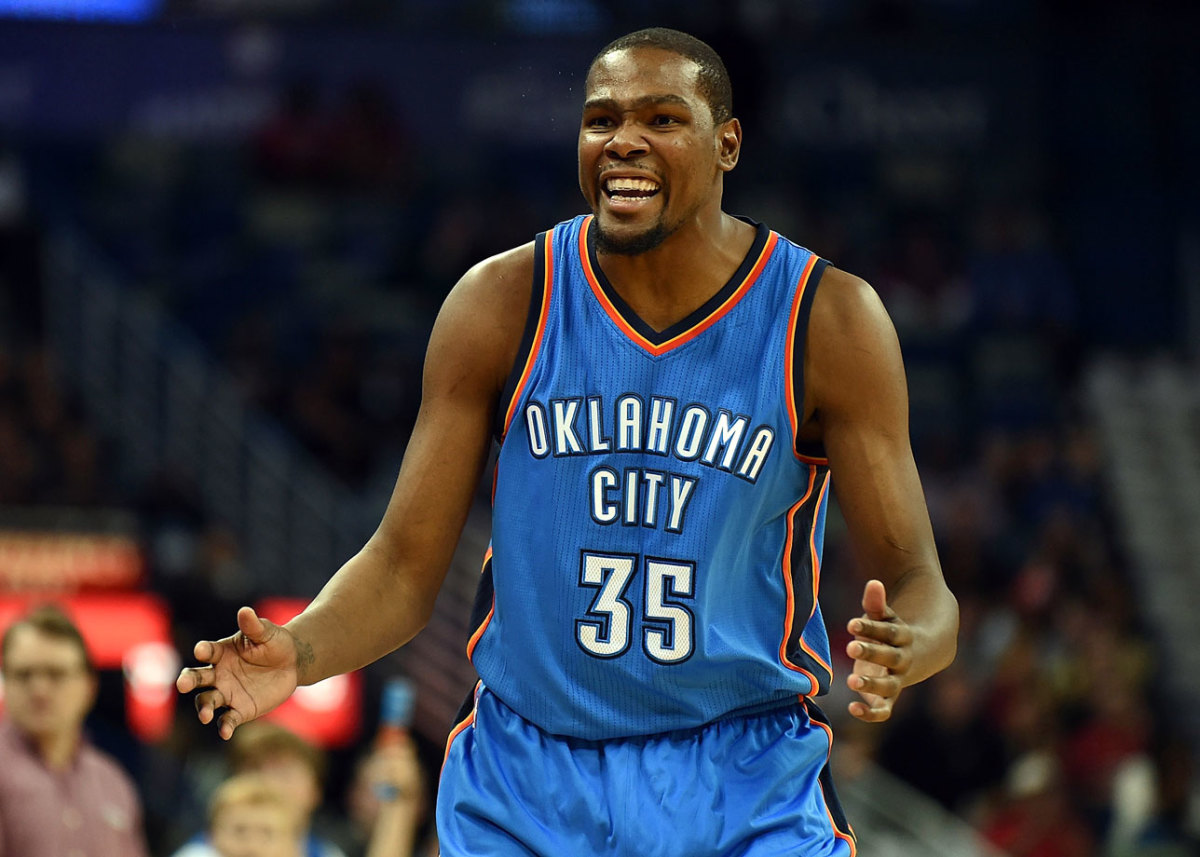
Kevin Garnett
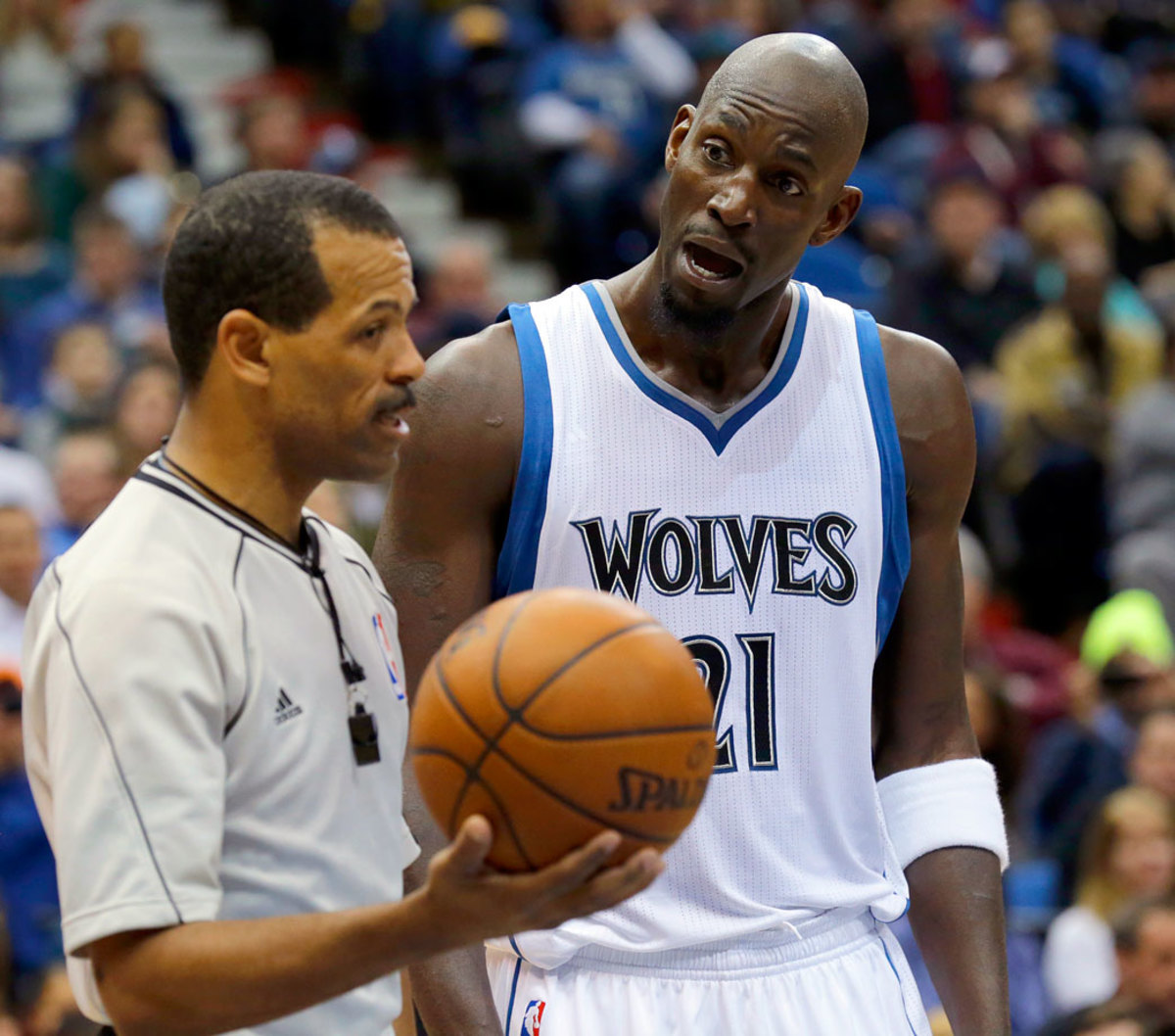
C.J. Miles
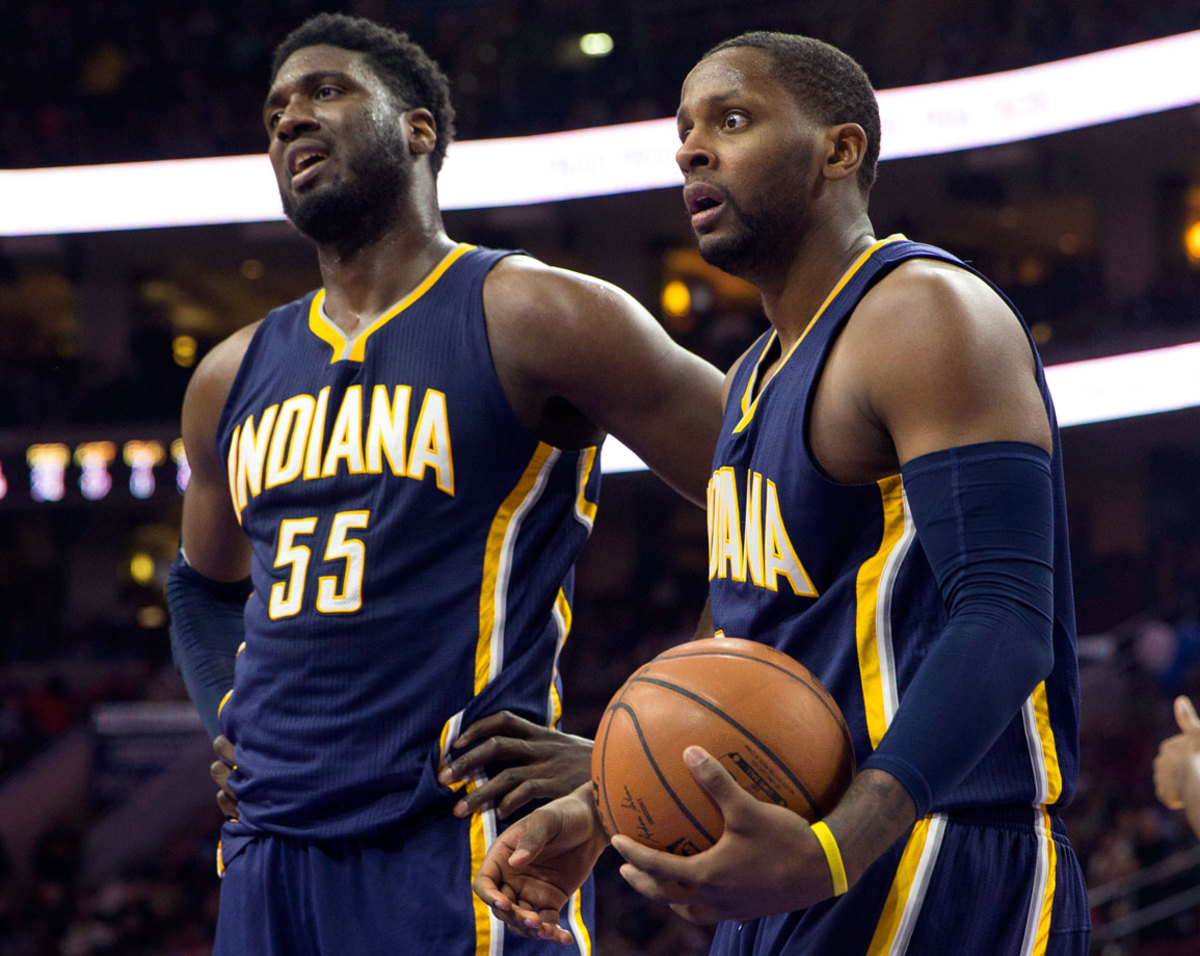
Danilo Gallinari
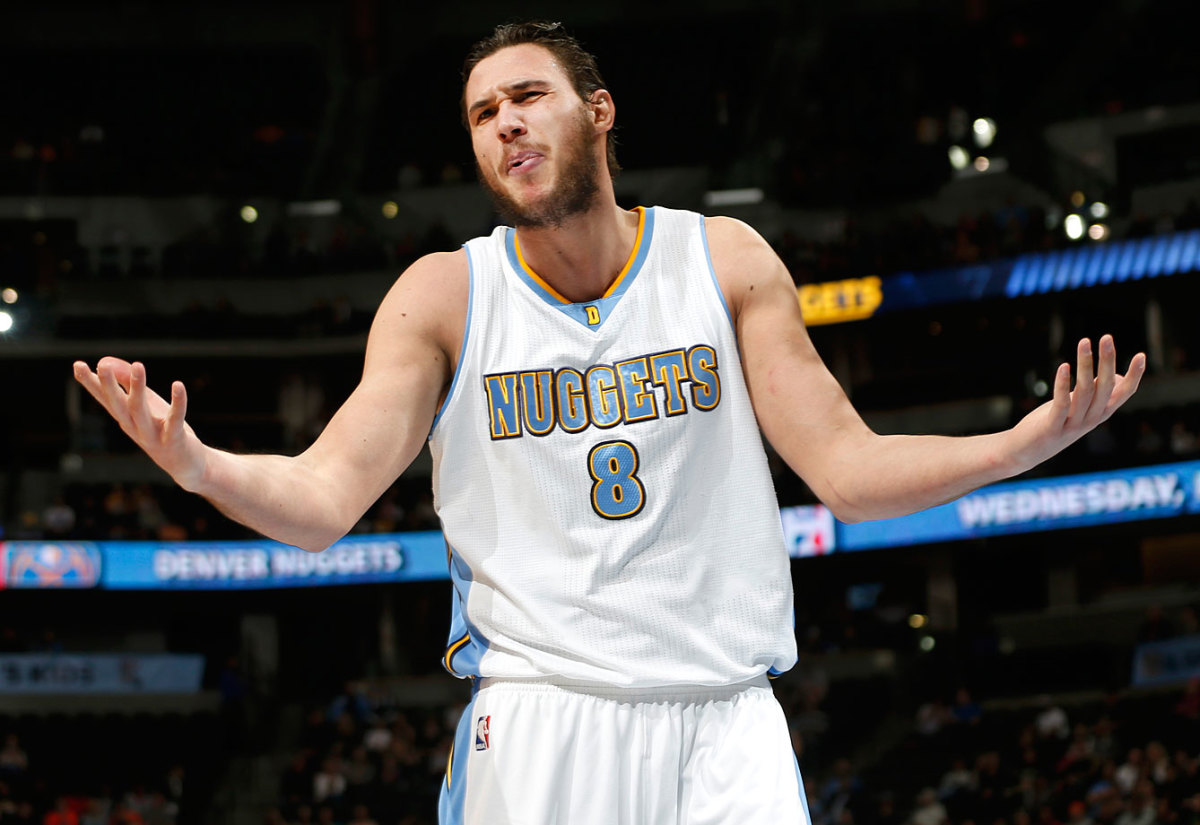
Jason Thompson
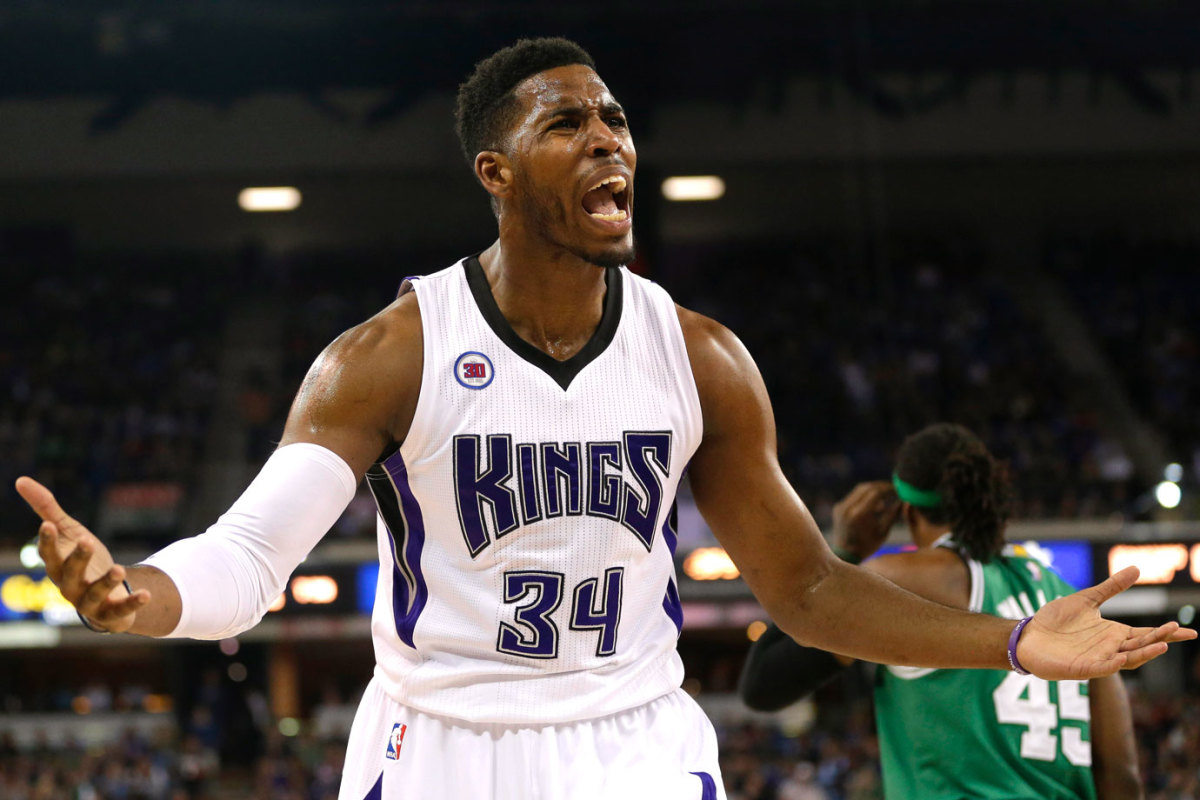
James Michael McAdoo
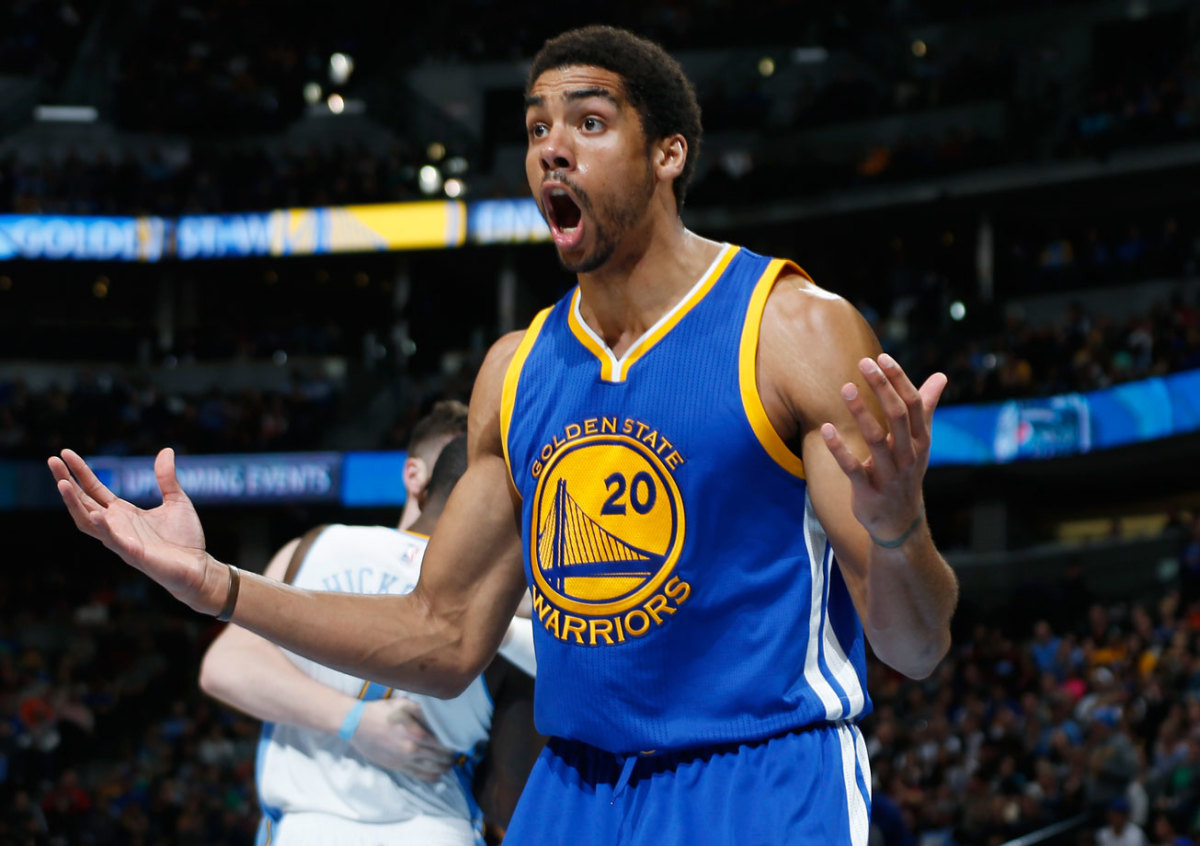
Rudy Gay
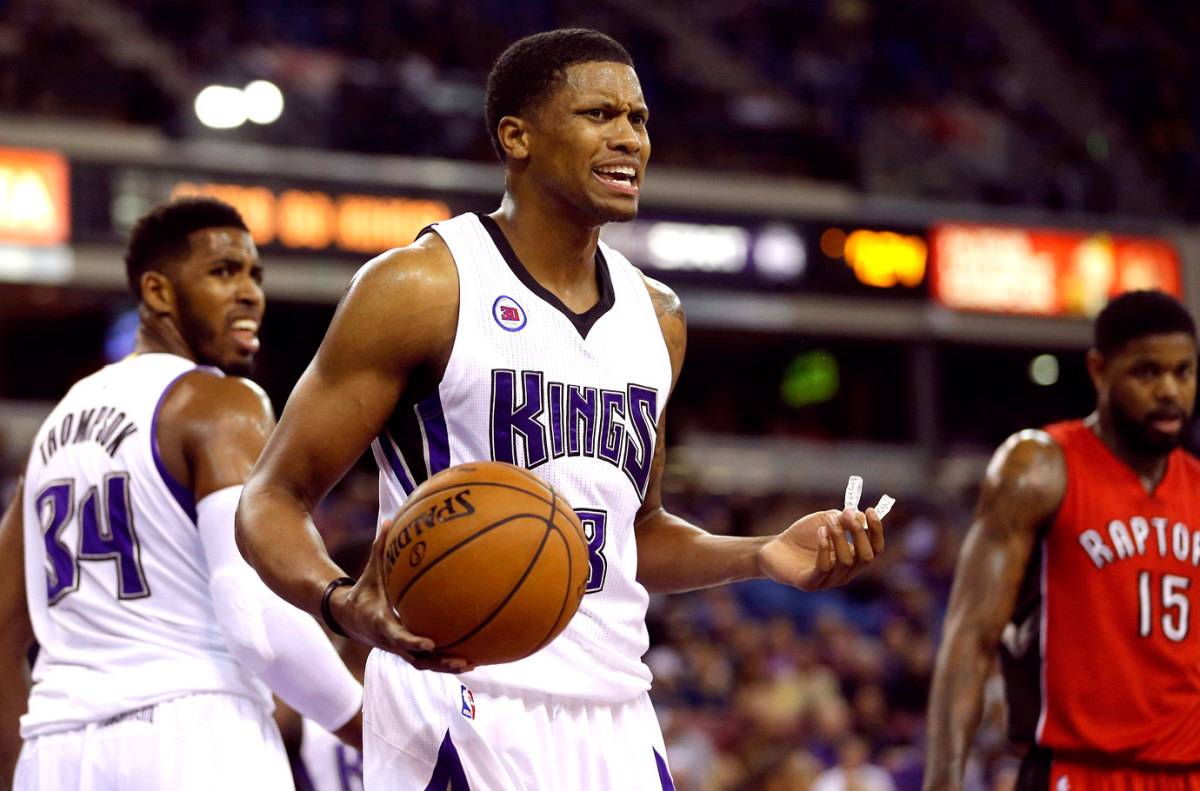
David West
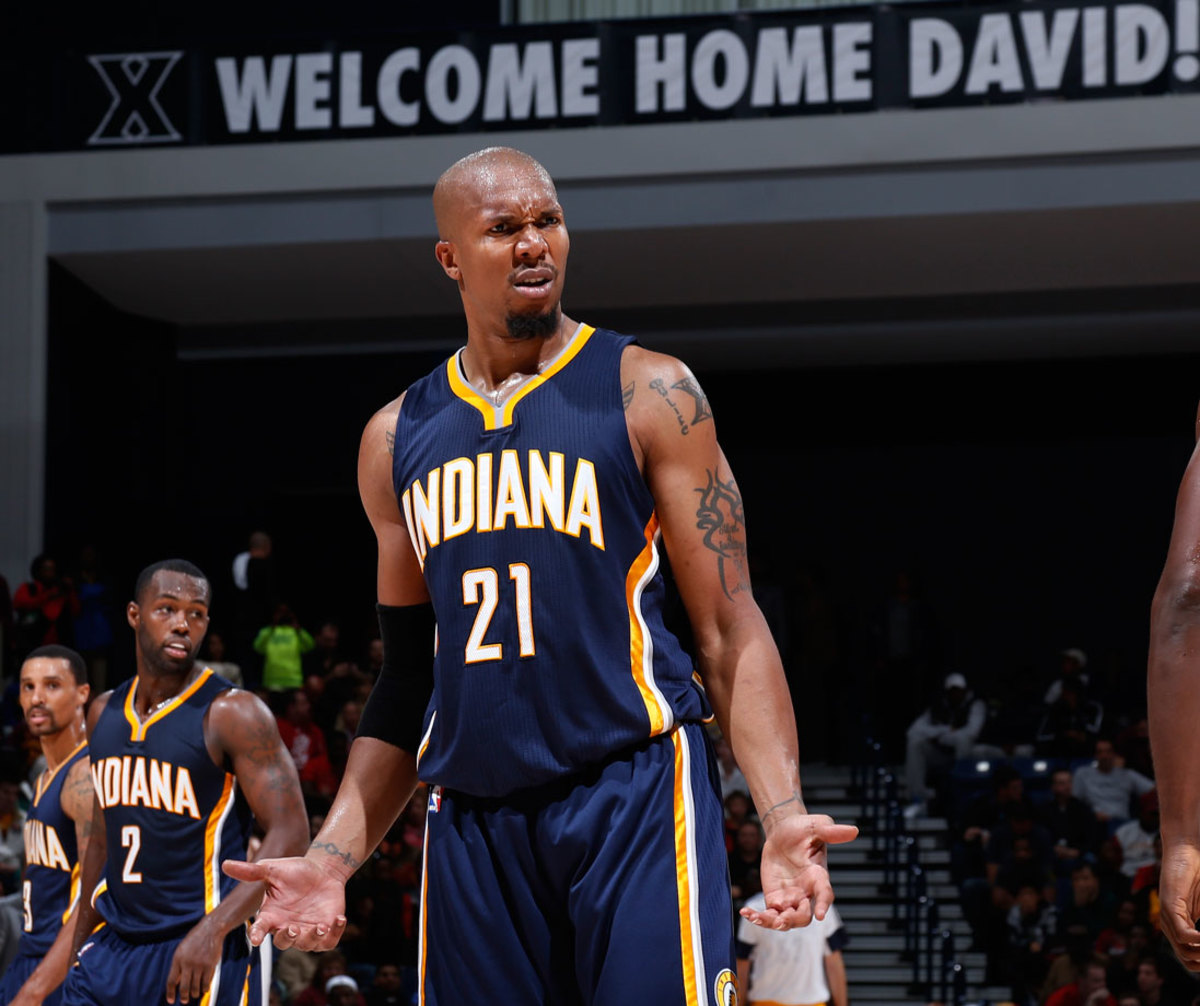
Kevin Martin
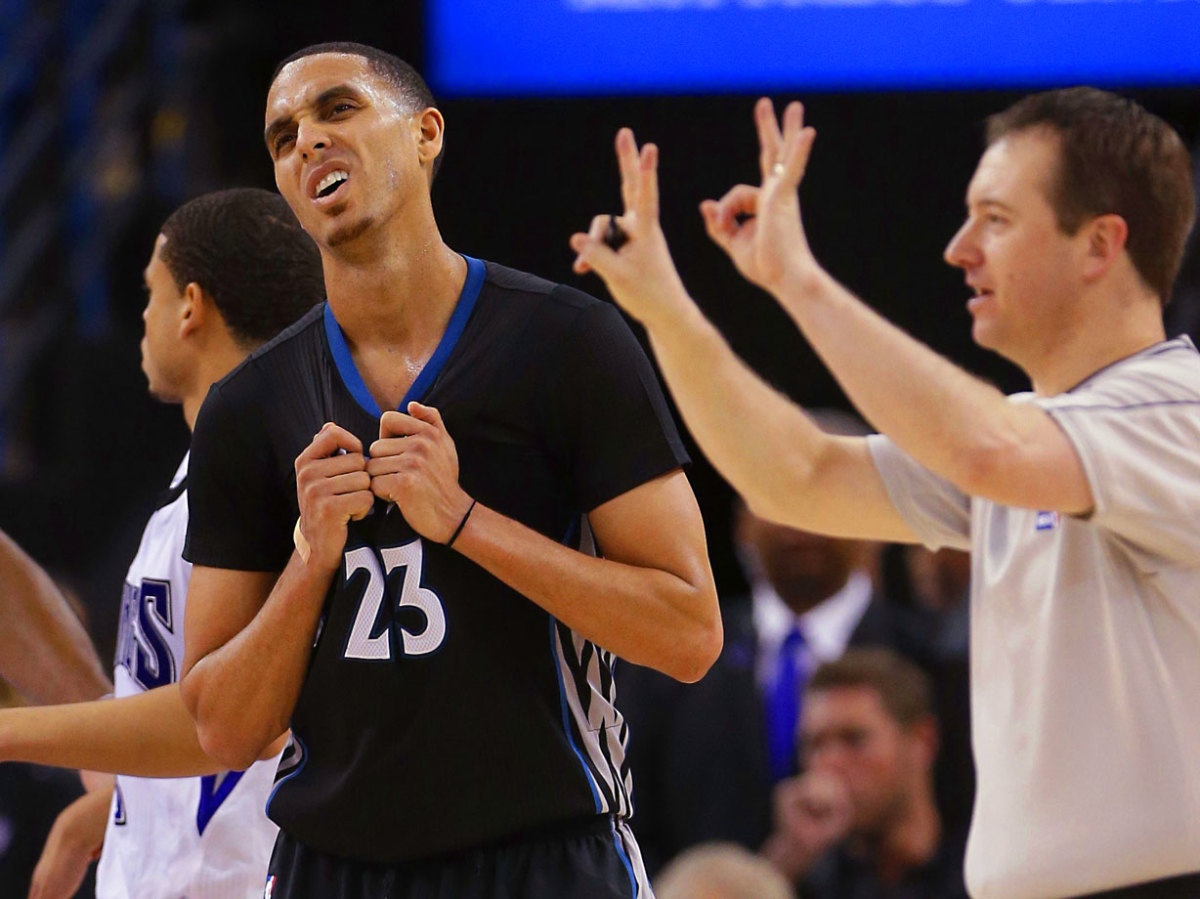
Will Barton
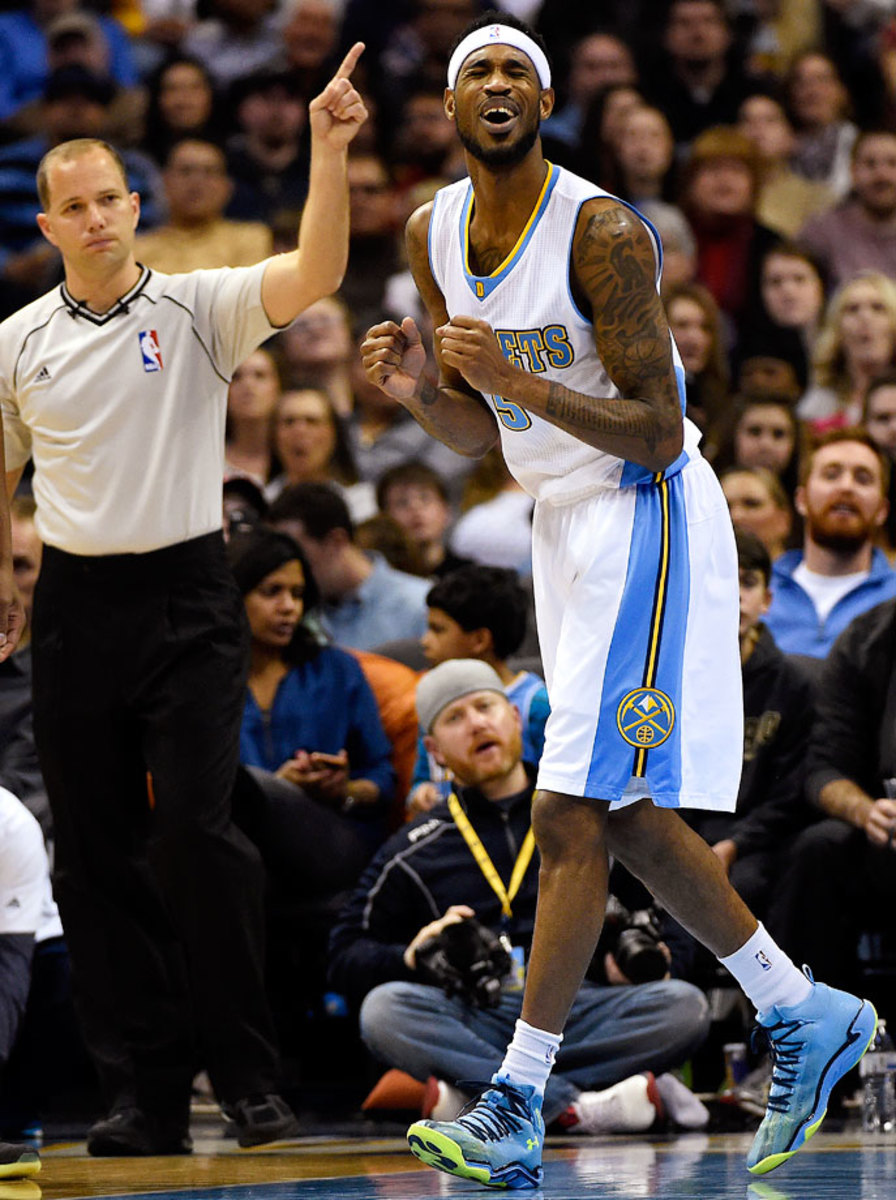
Anthony Tolliver
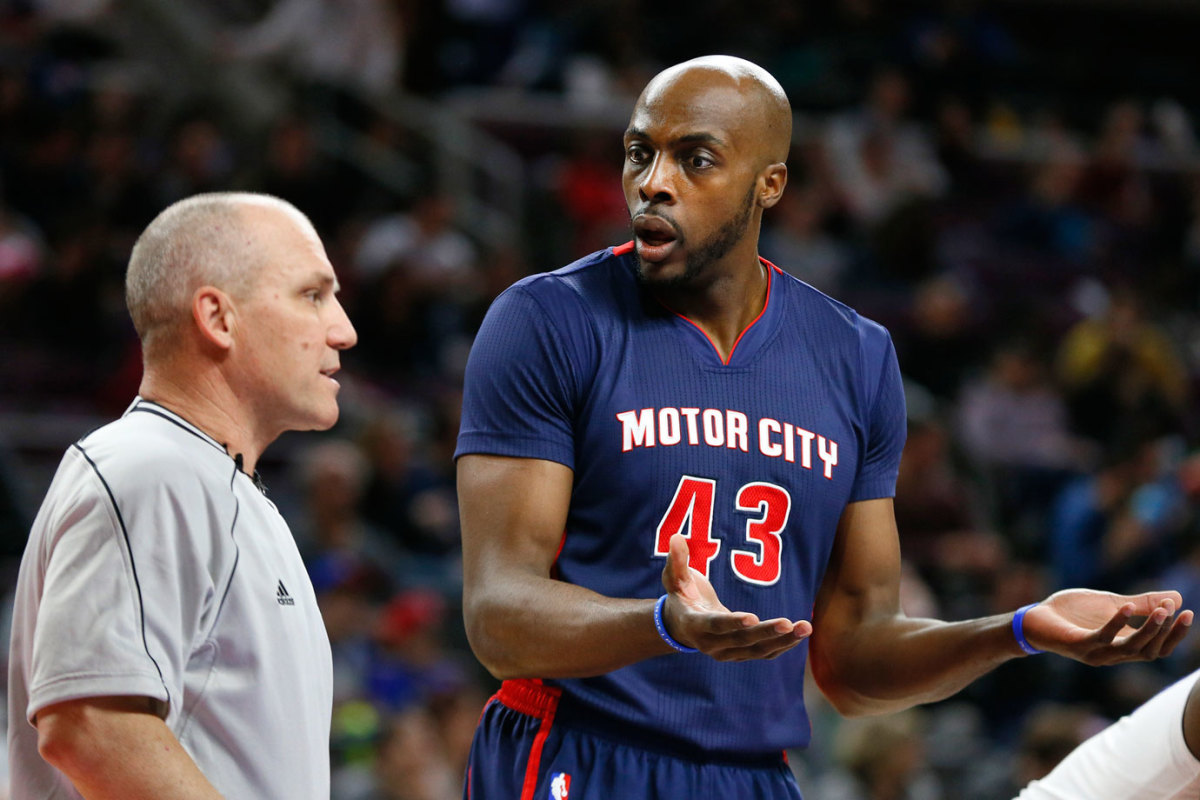
DeAndre Jordan
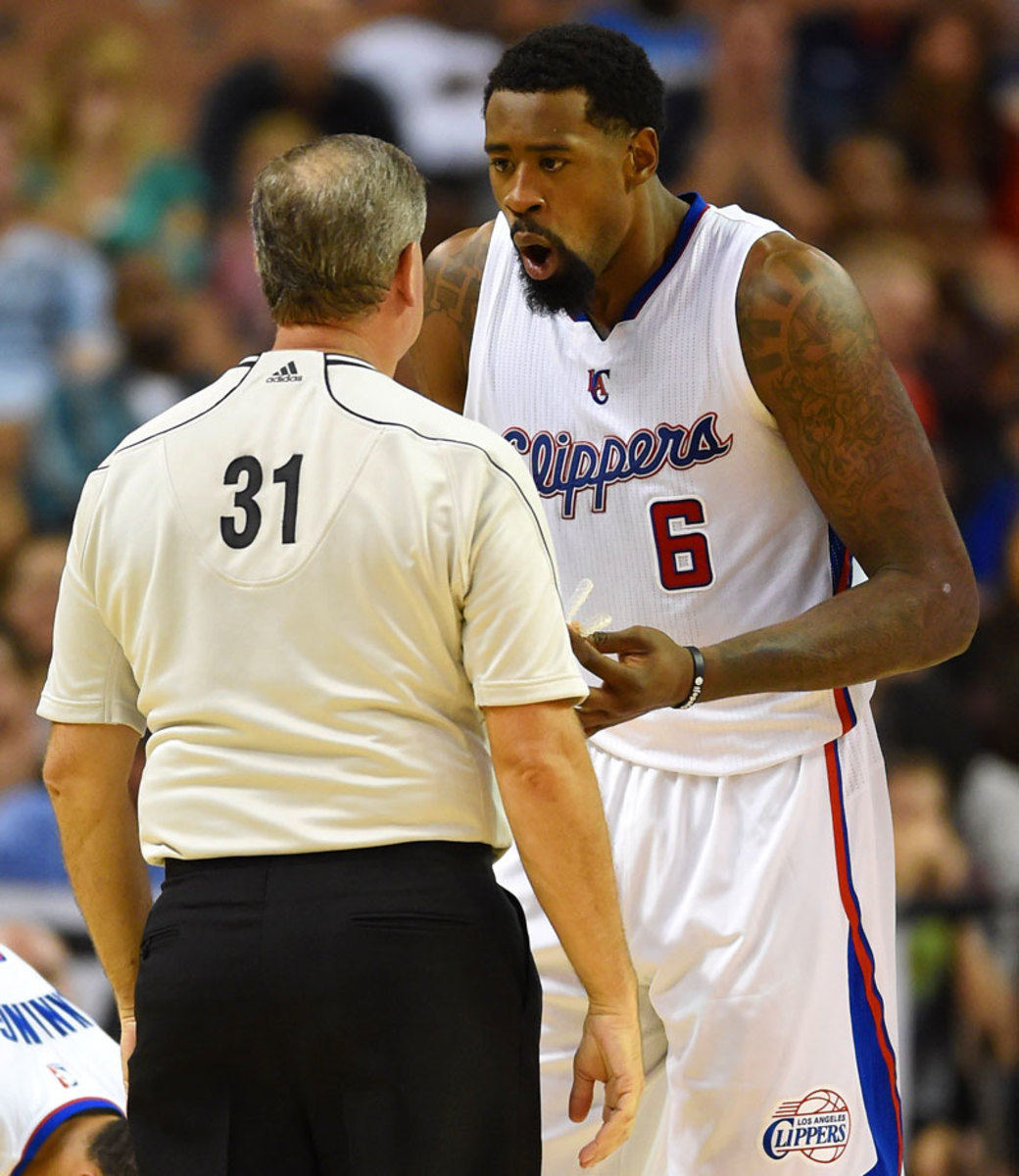
Alan Anderson
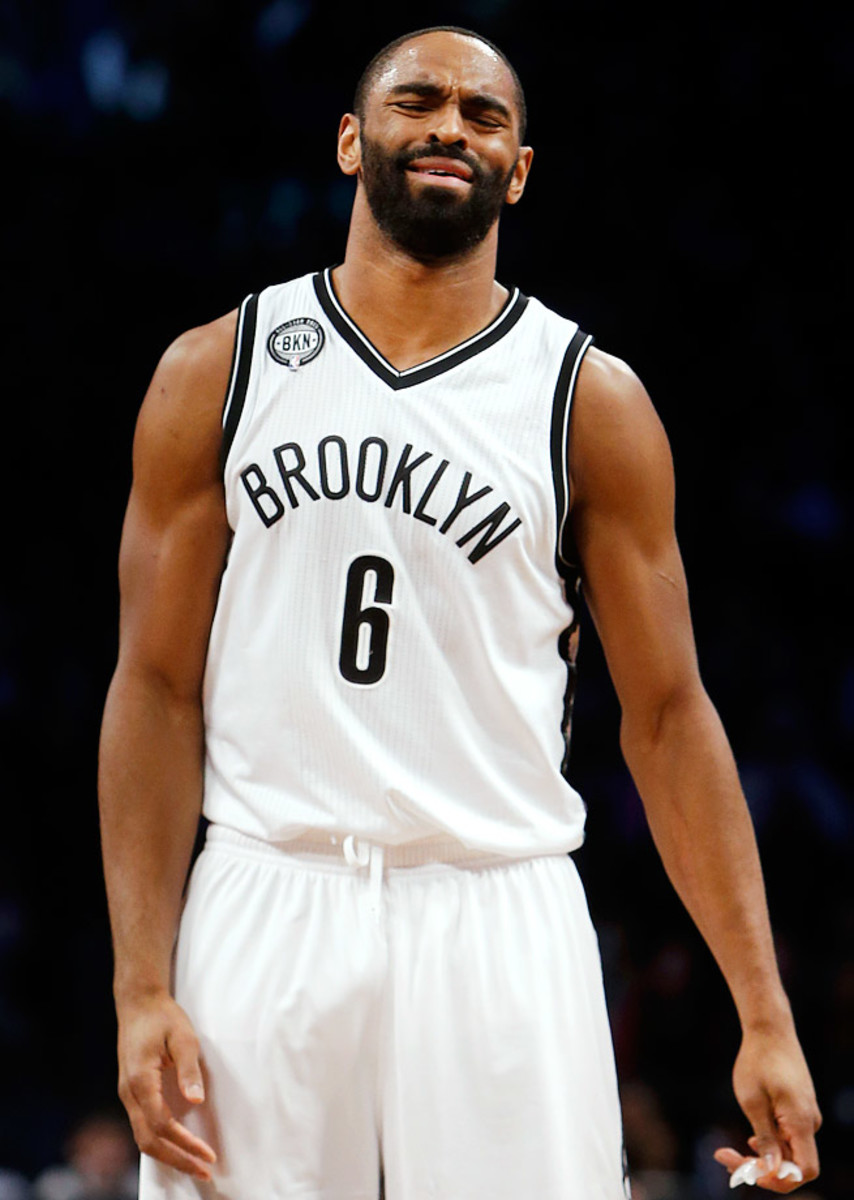
Archie Goodwin
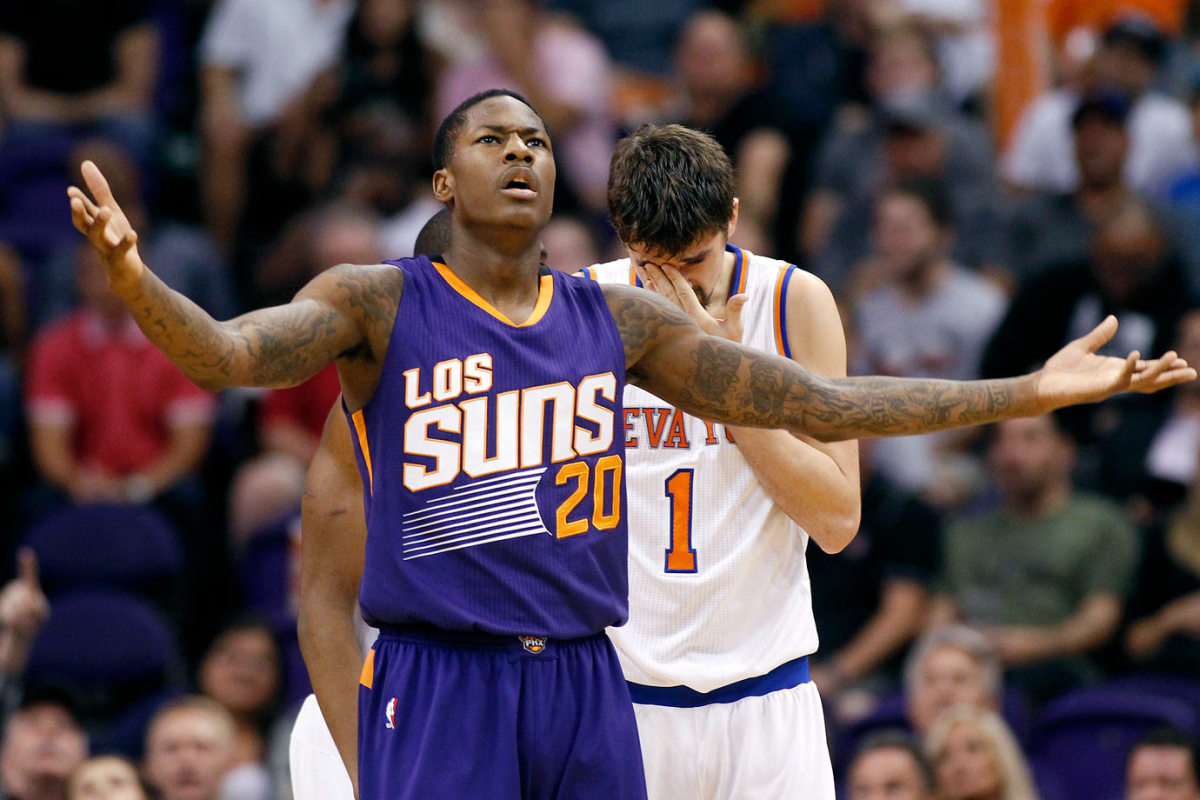
Channing Frye
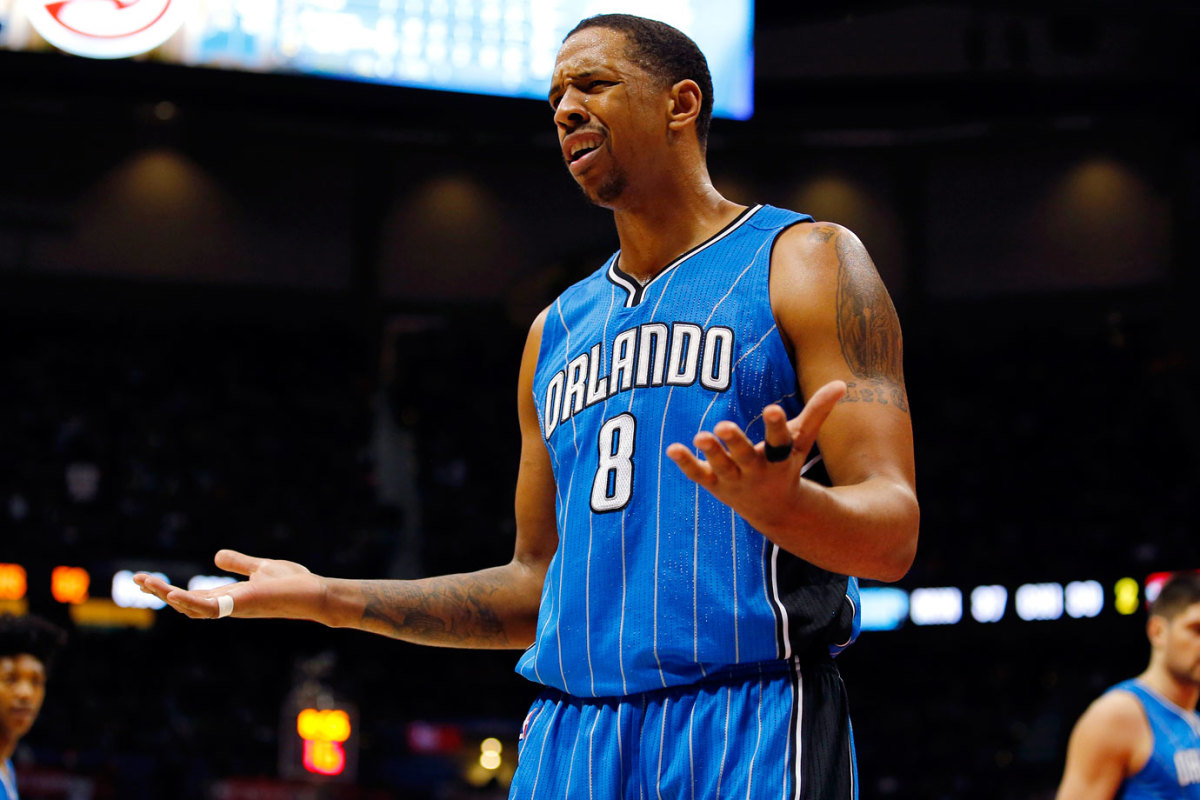
Avery Bradley
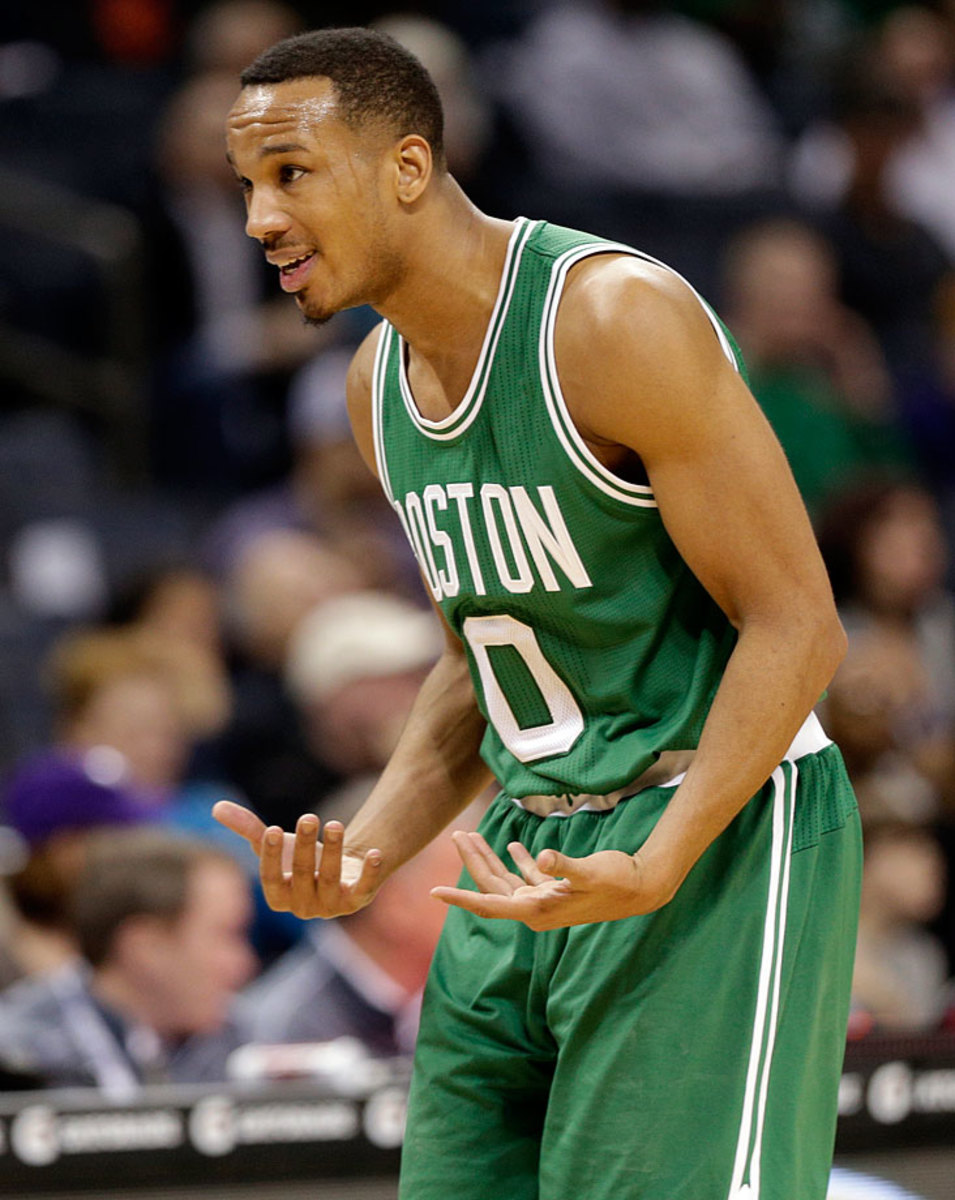
Joakim Noah
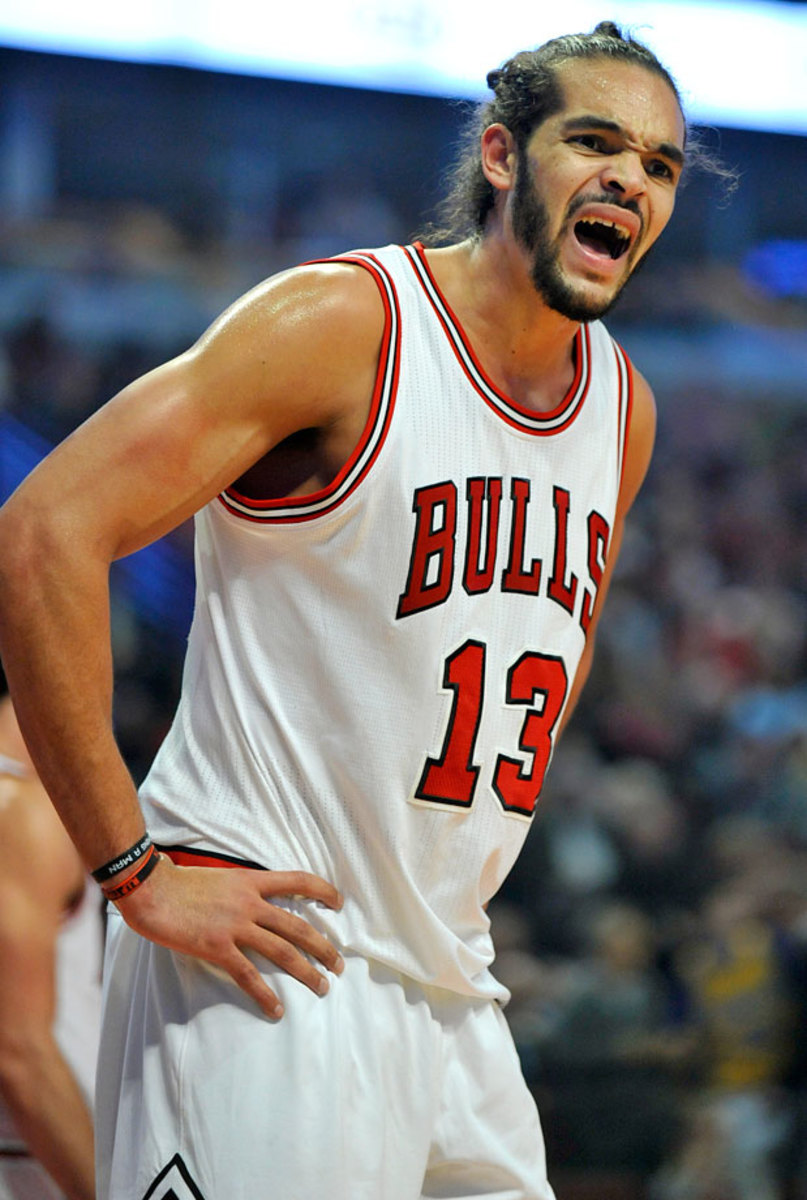
Kevin Love
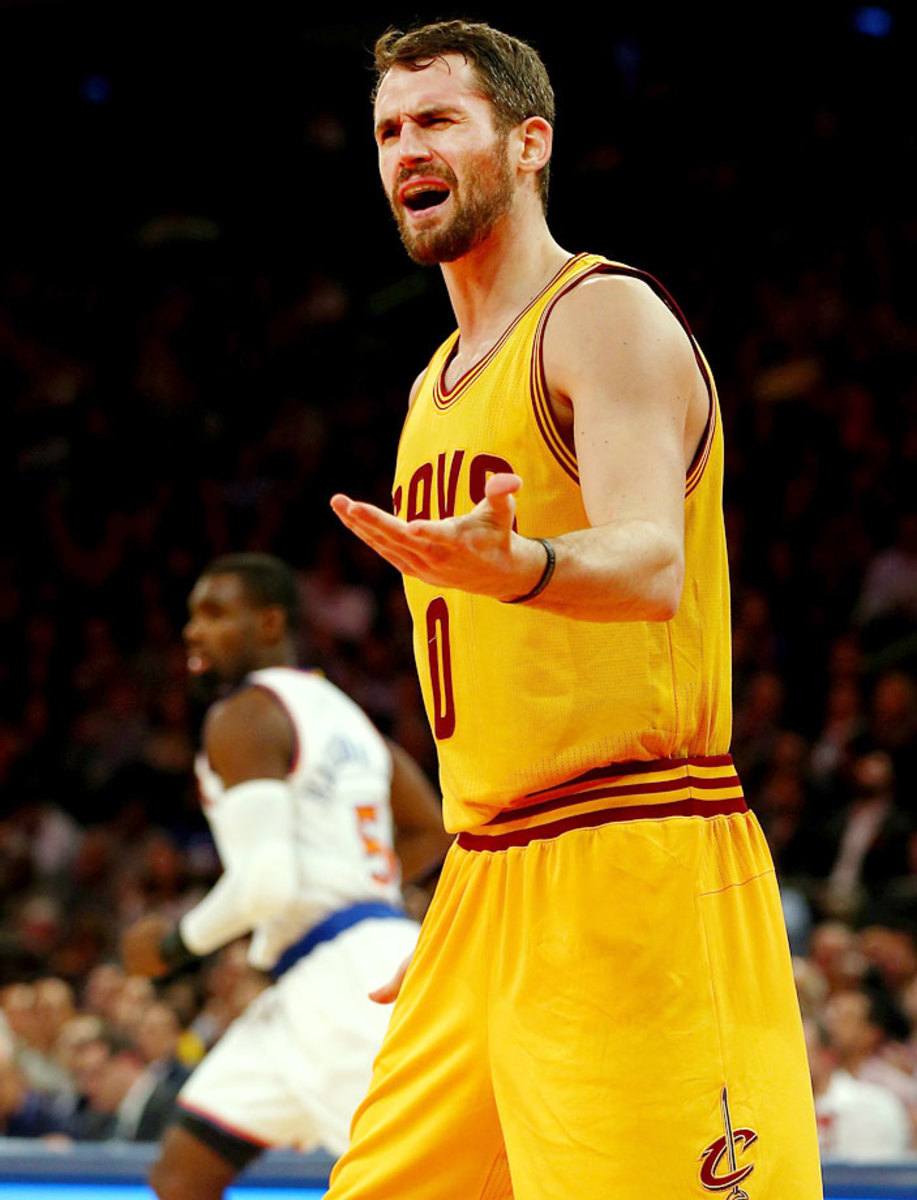
Kirk Hinrich
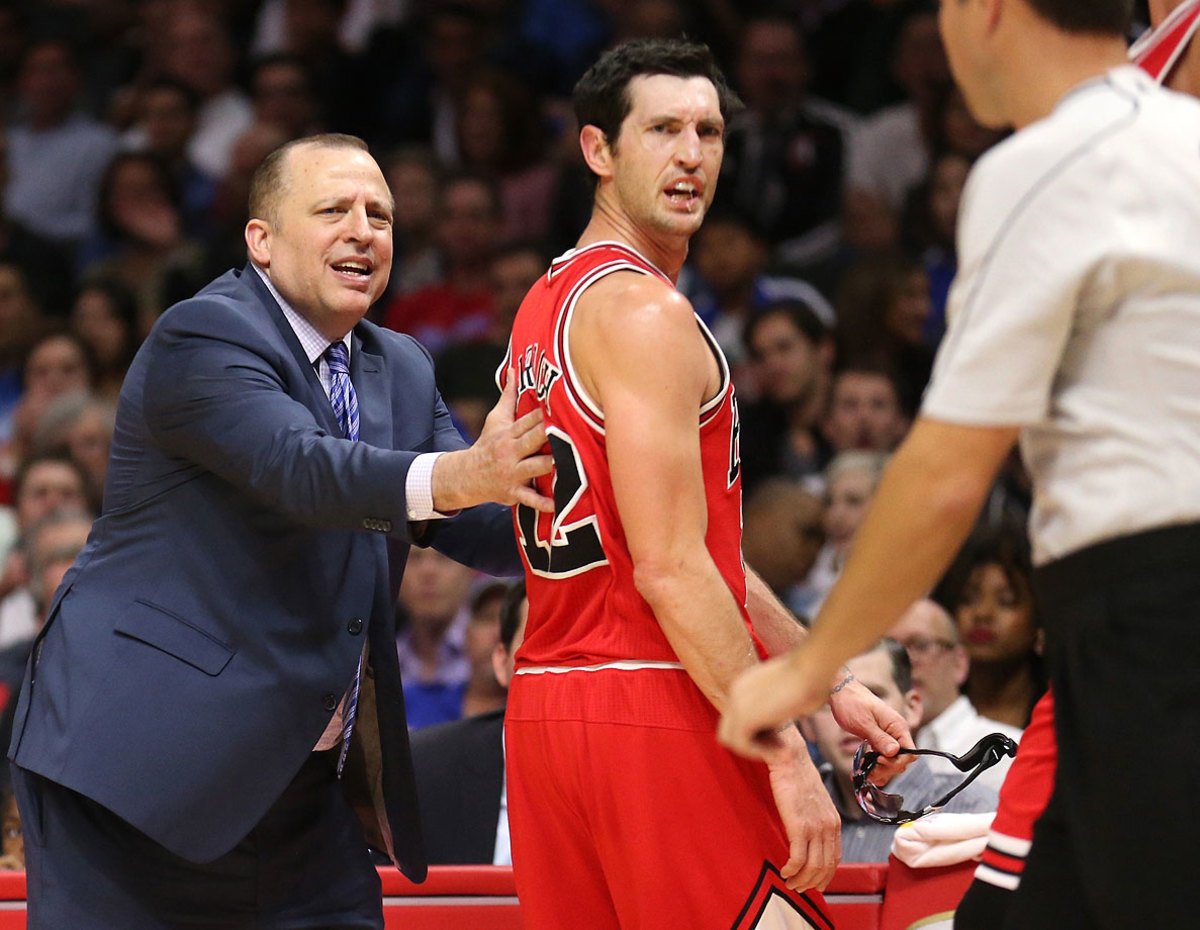
Ian Mahinmi
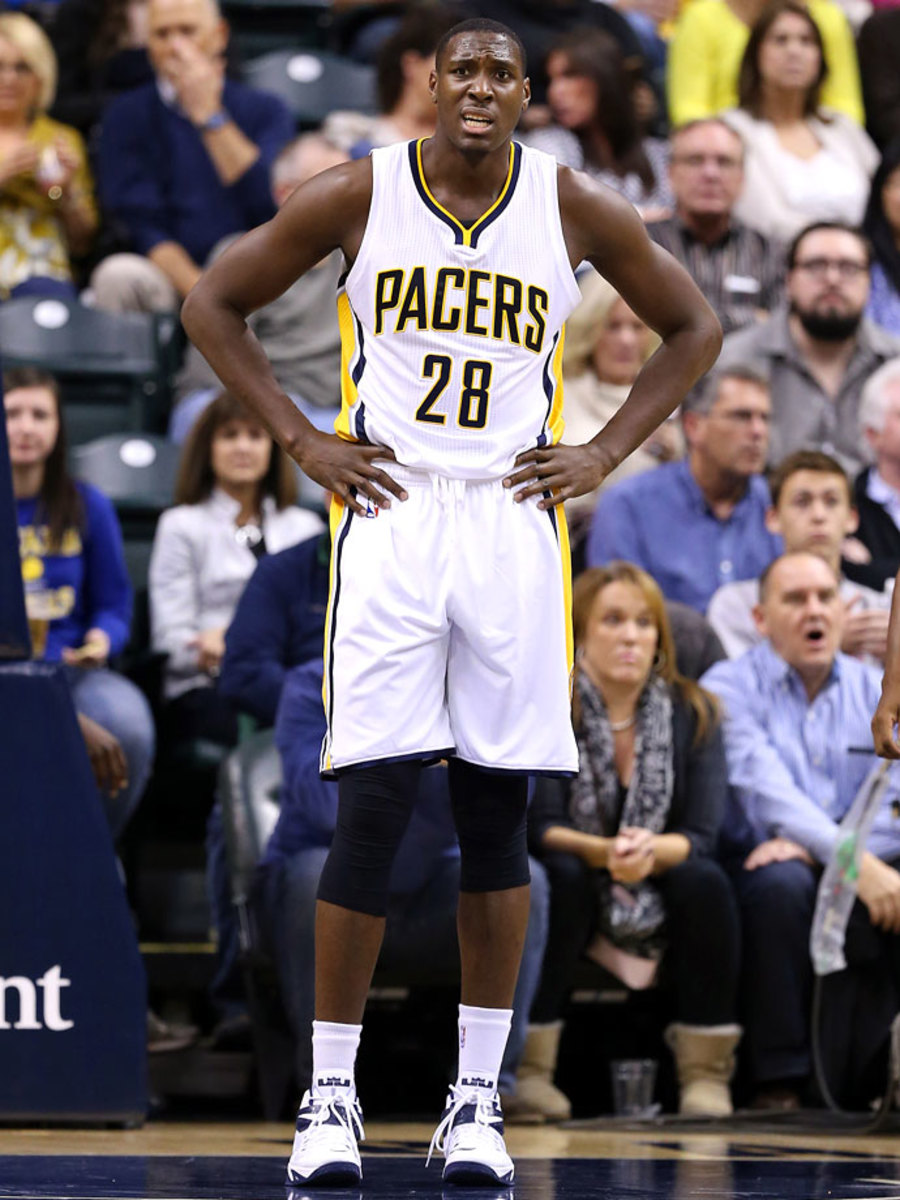
Marcus Morris
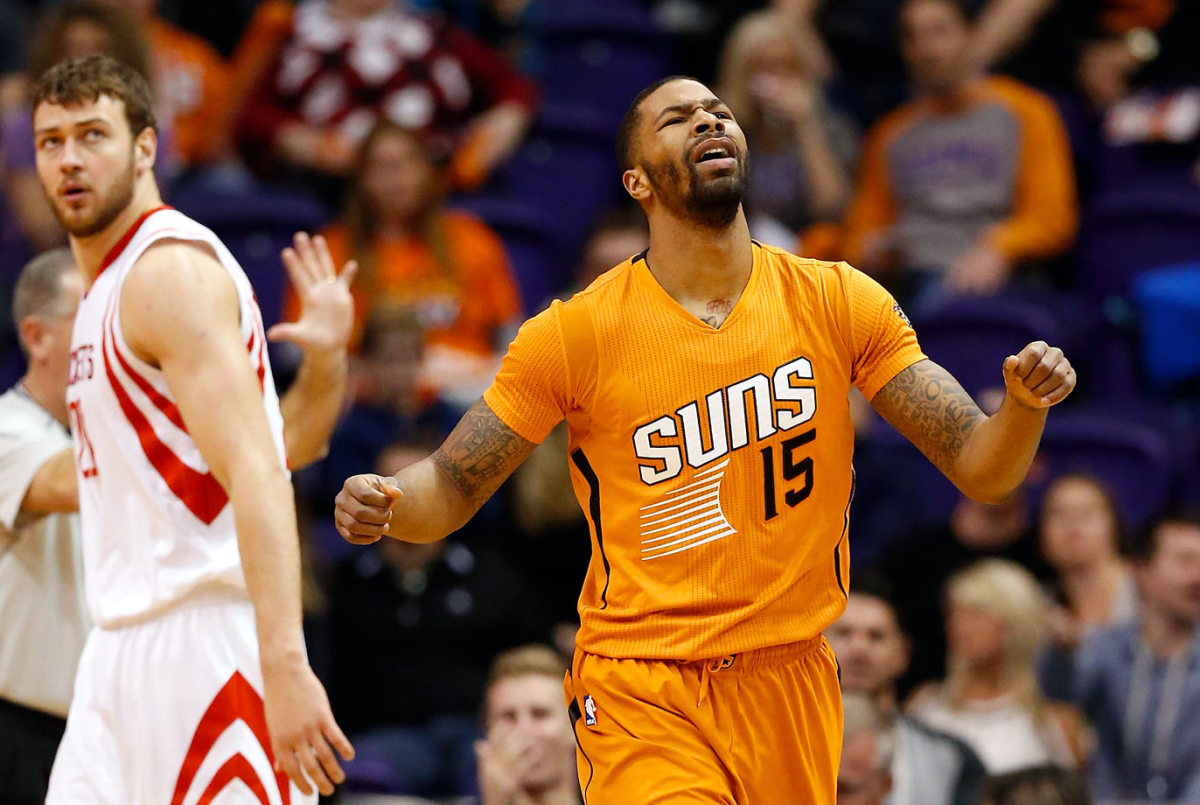
DeMarre Carroll
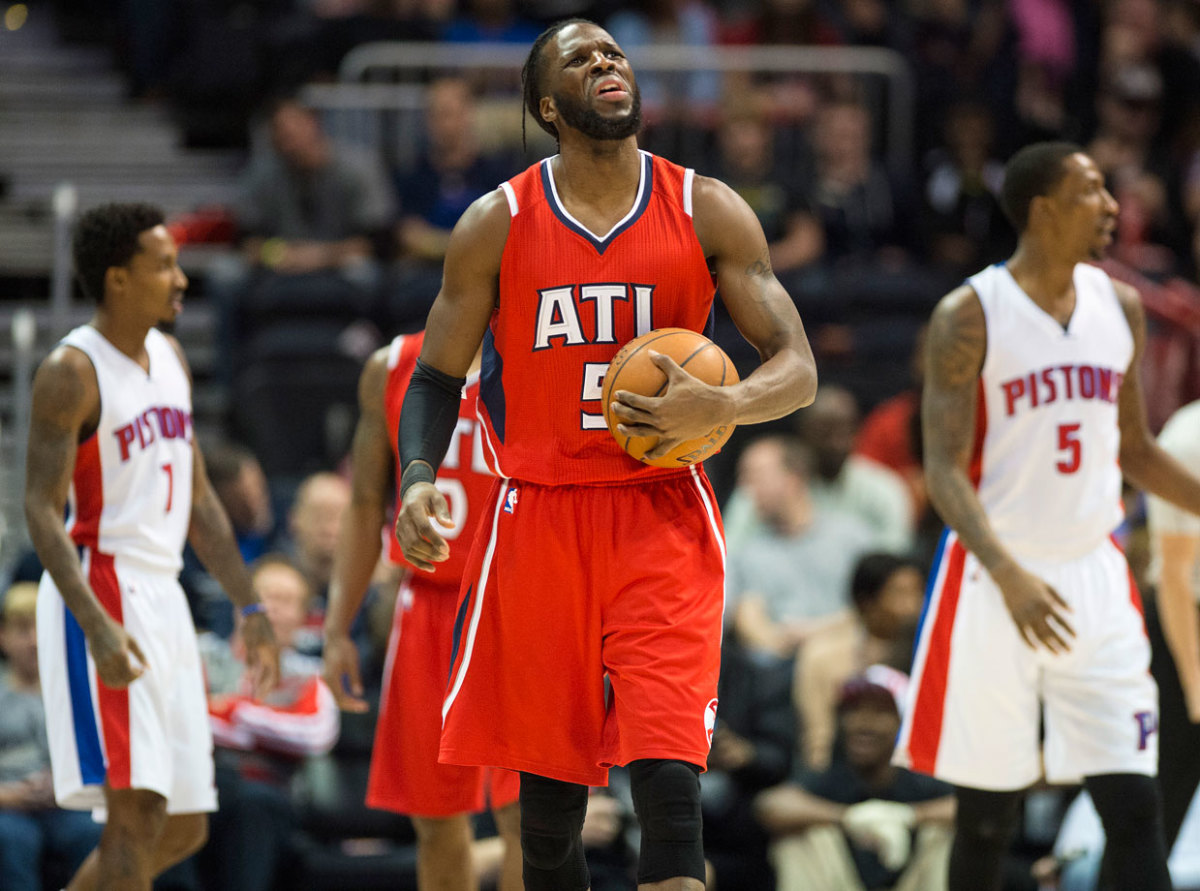
Dwight Howard
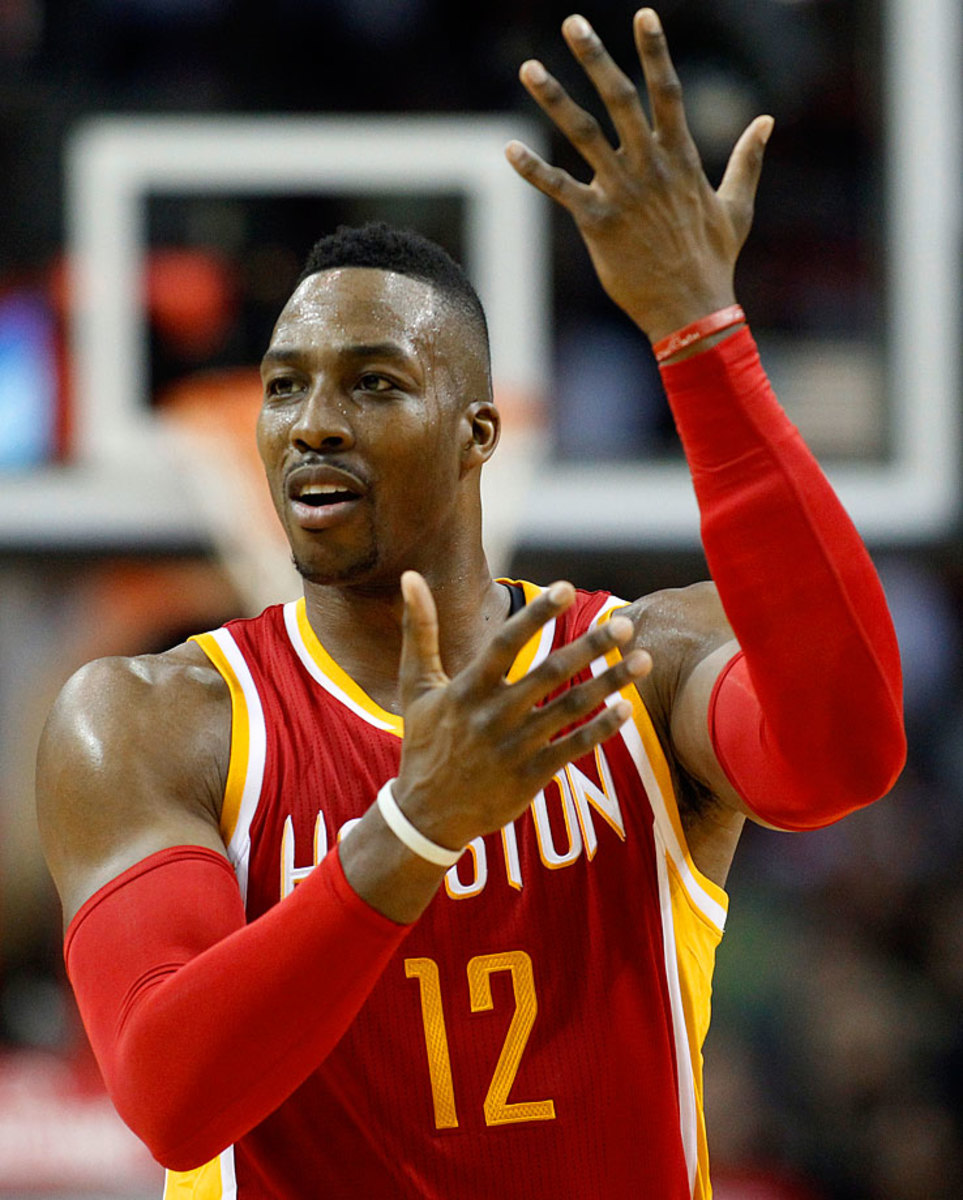
Anthony Davis
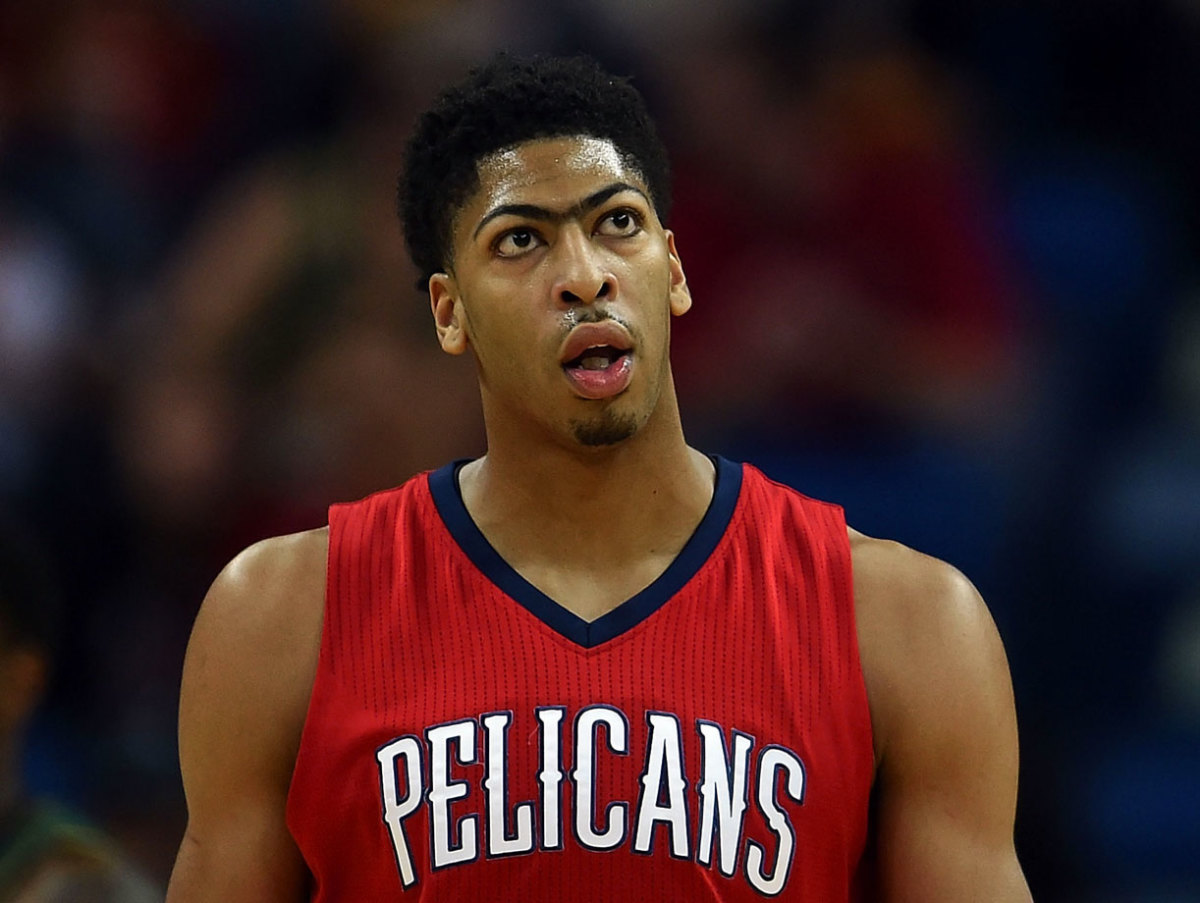
Drew Gooden
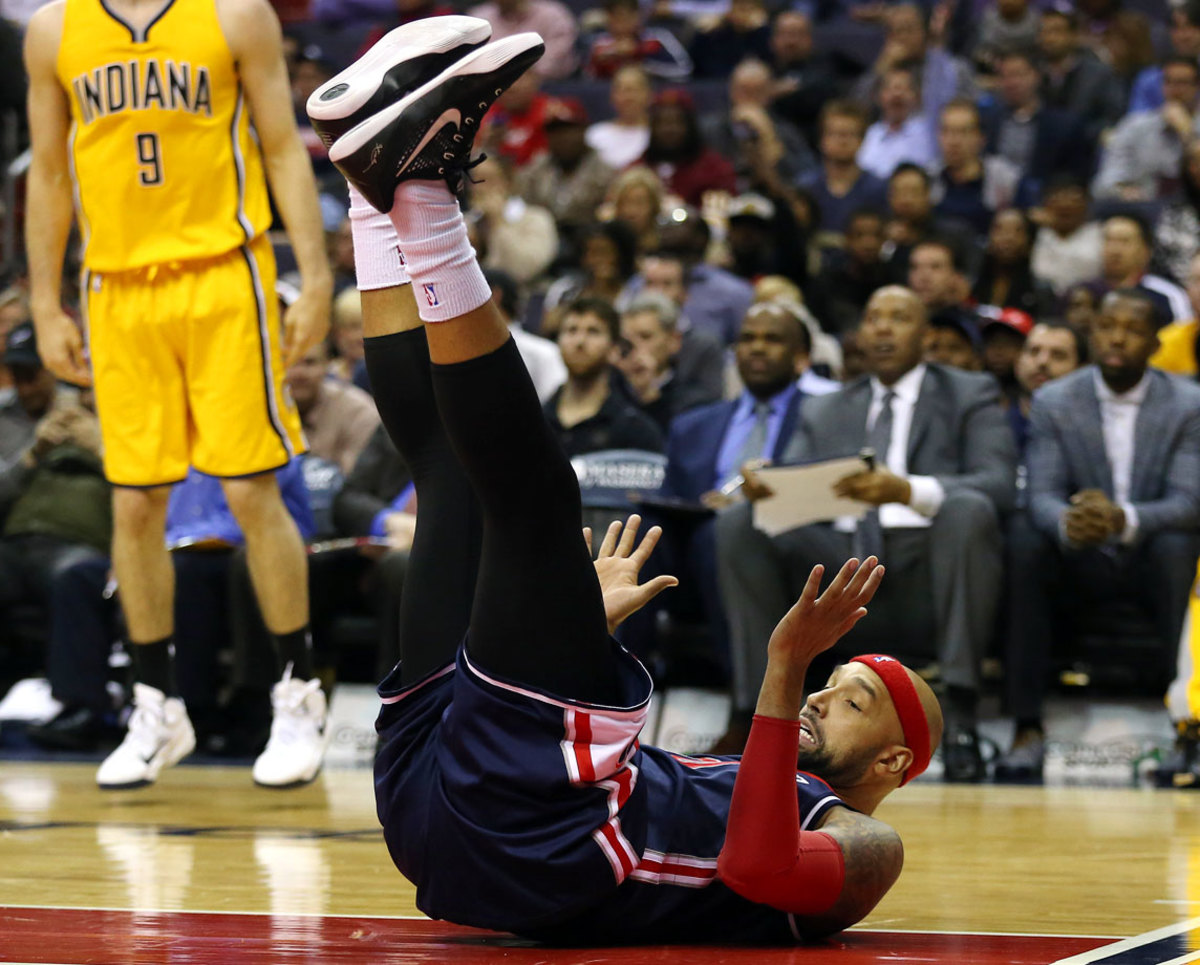
Hedo Turkoglu
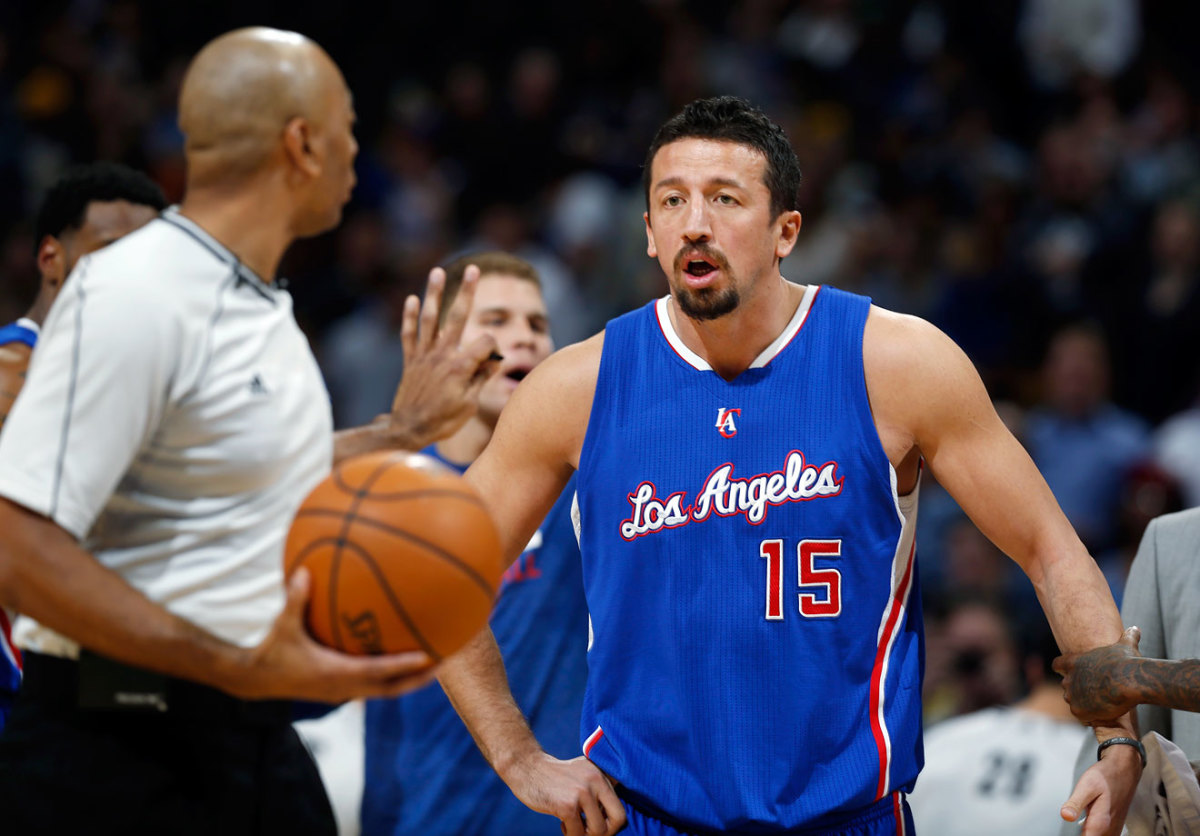
JaKarr Sampson
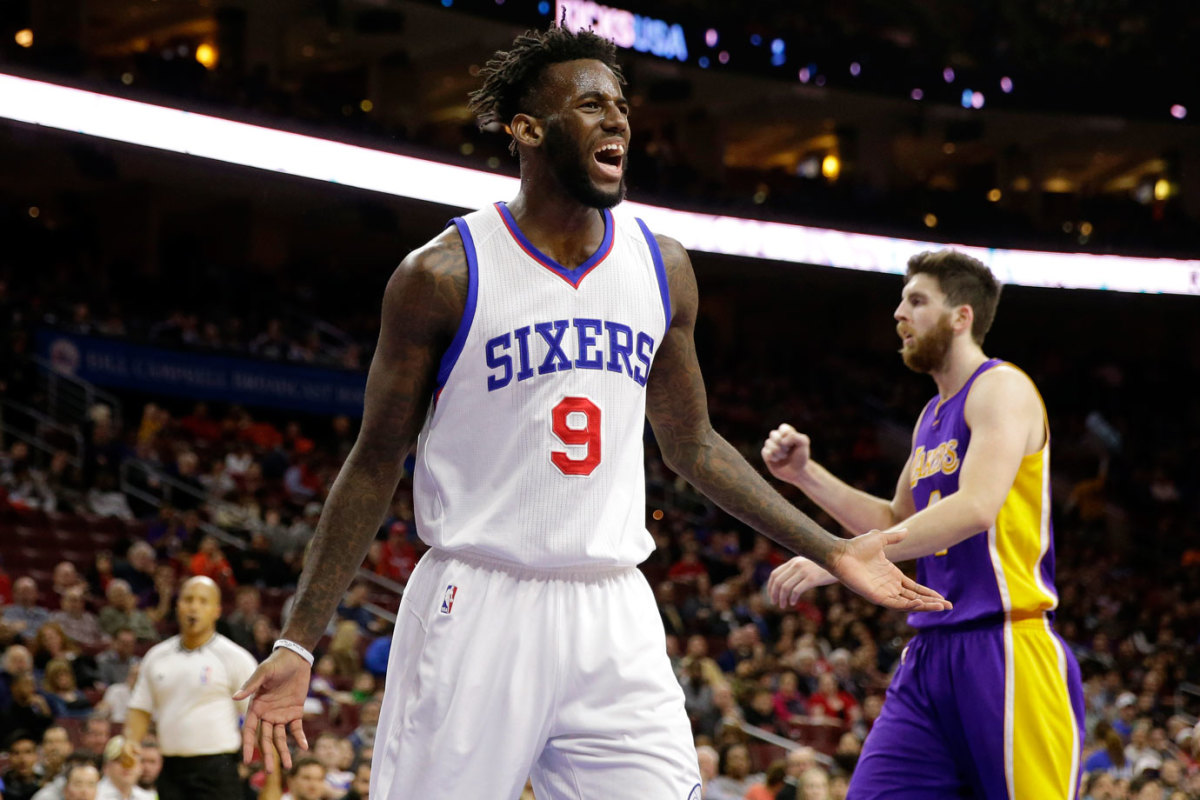
Chris Bosh
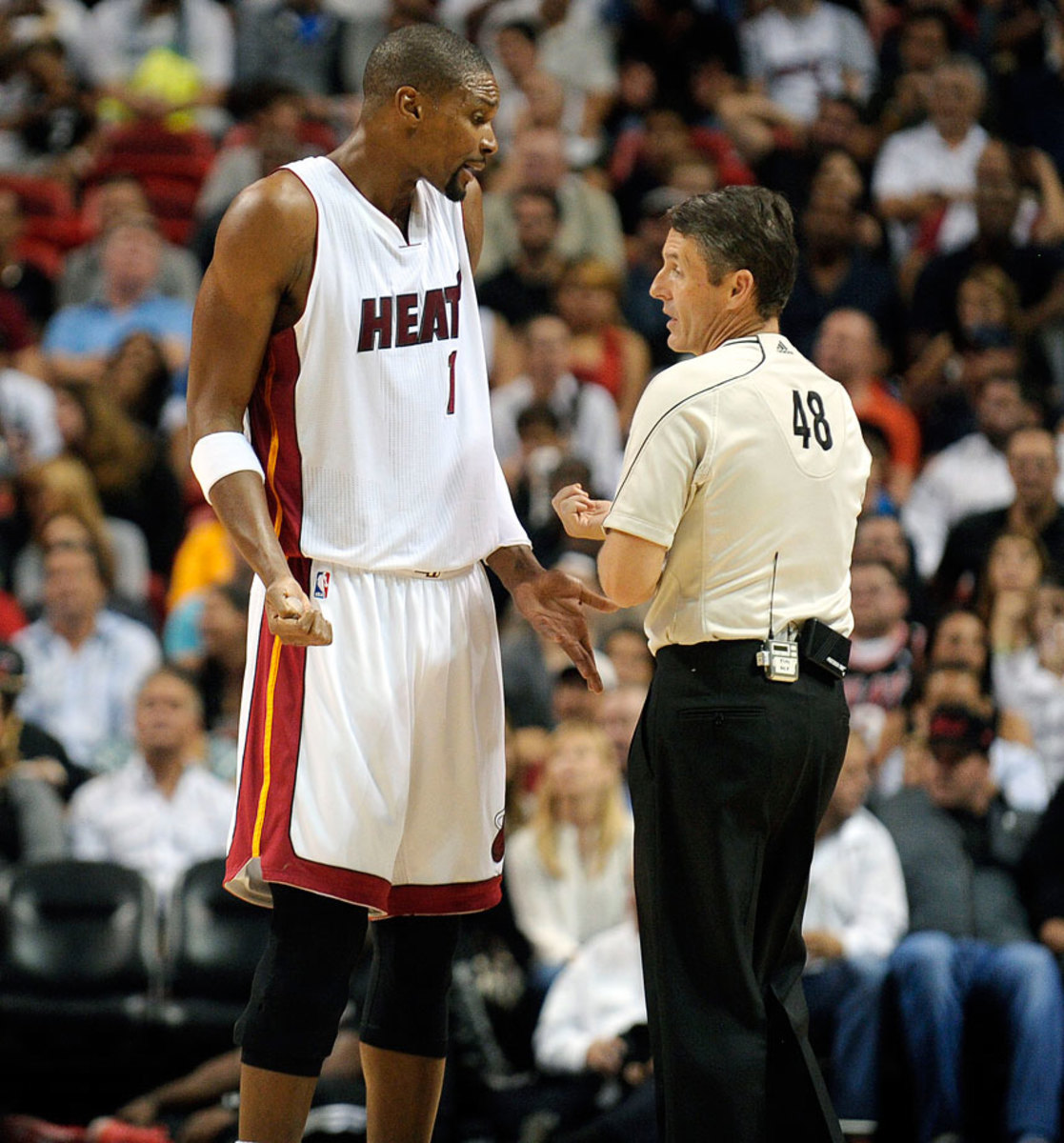
Dion Waiters
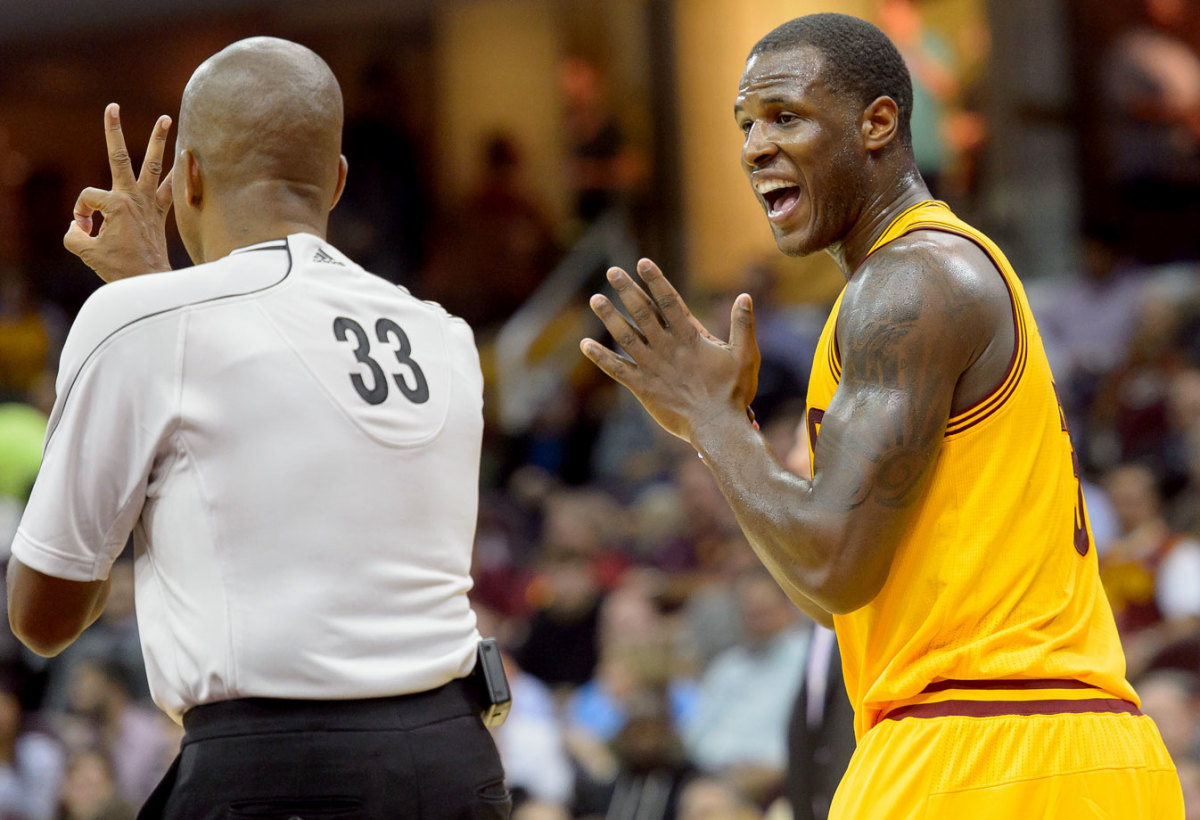
Chris Paul
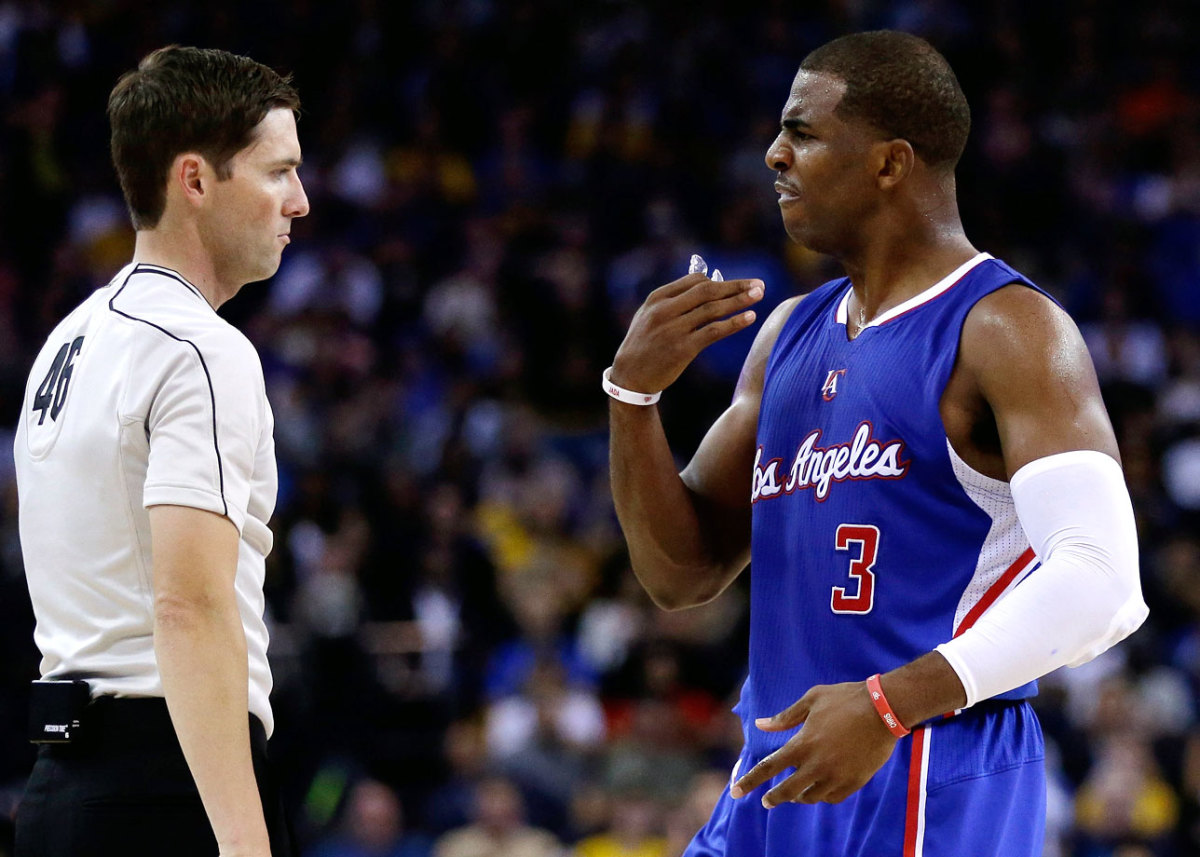
Kosta Koufos
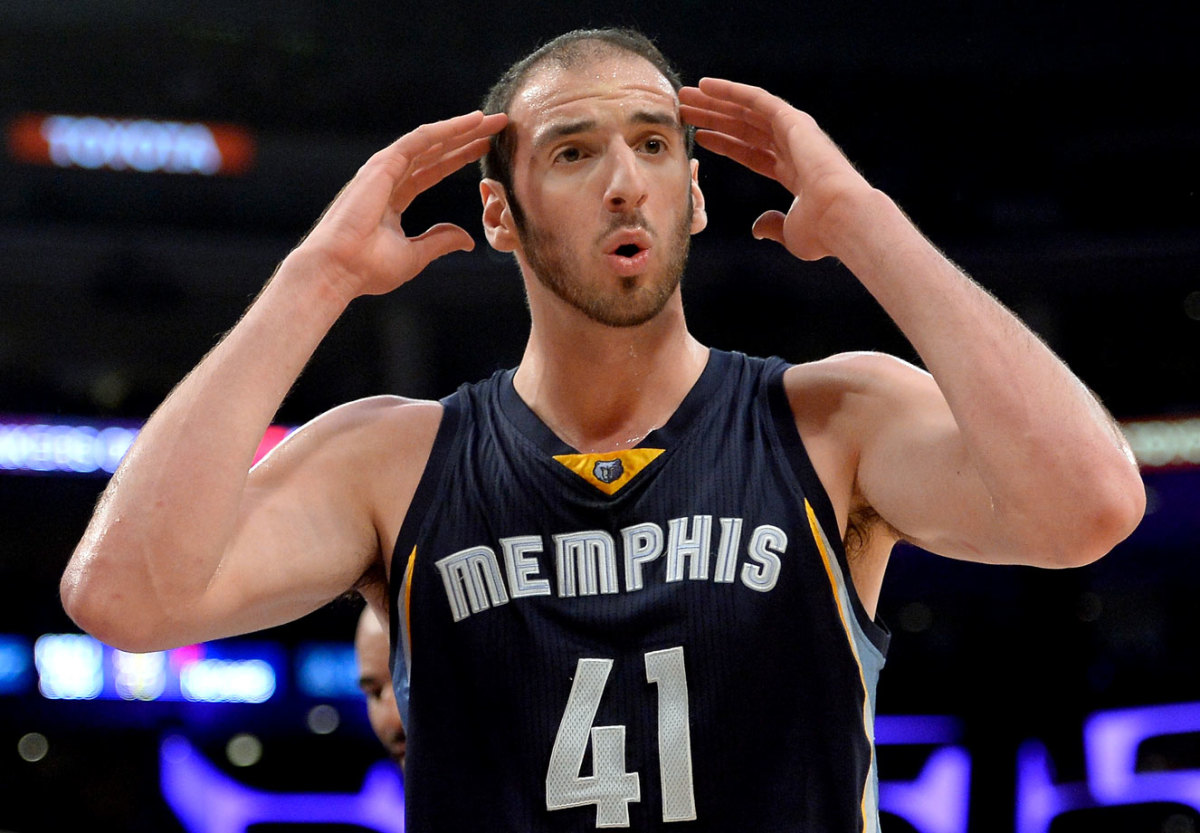
Jorge Gutierrez
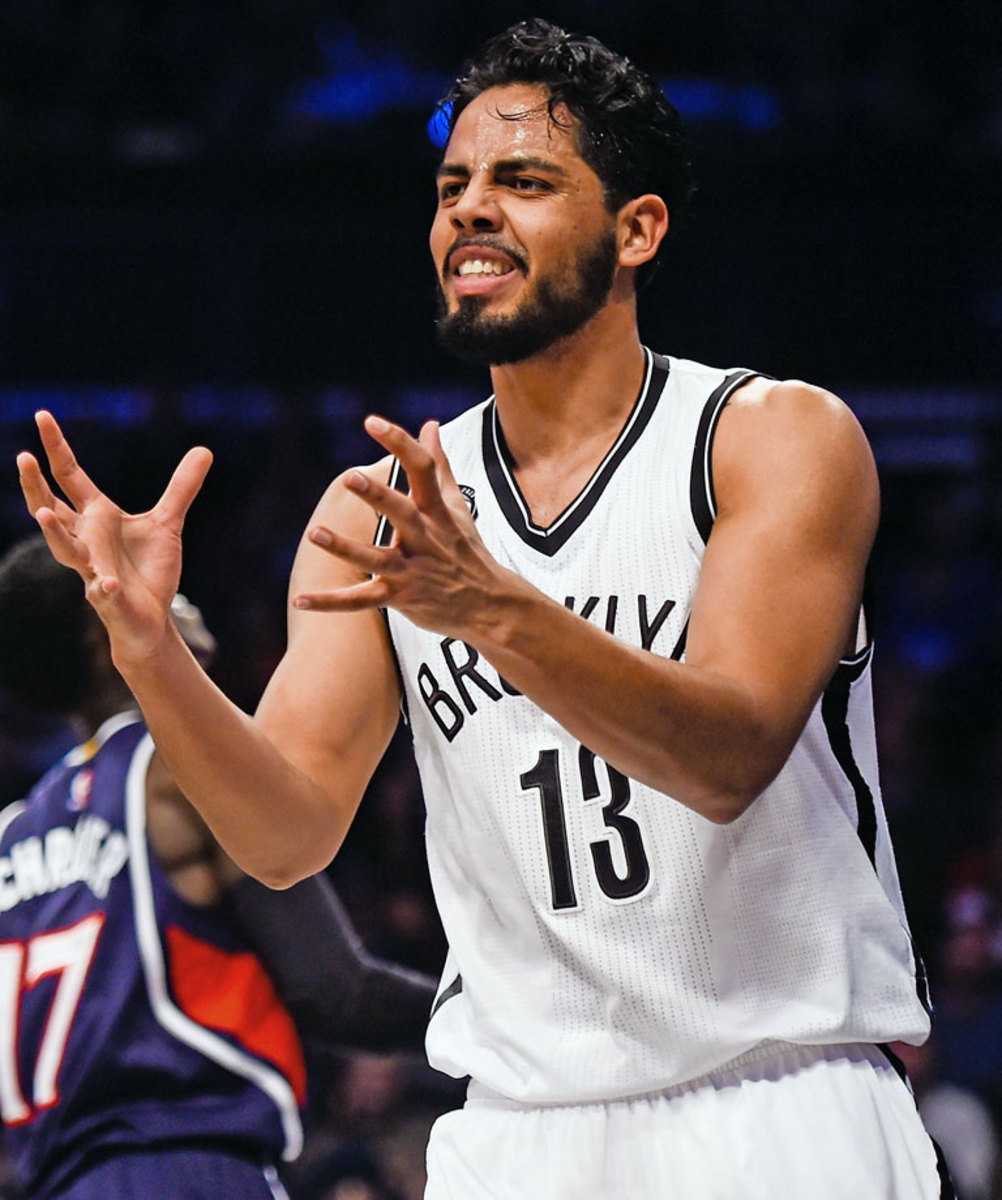
Joe Johnson
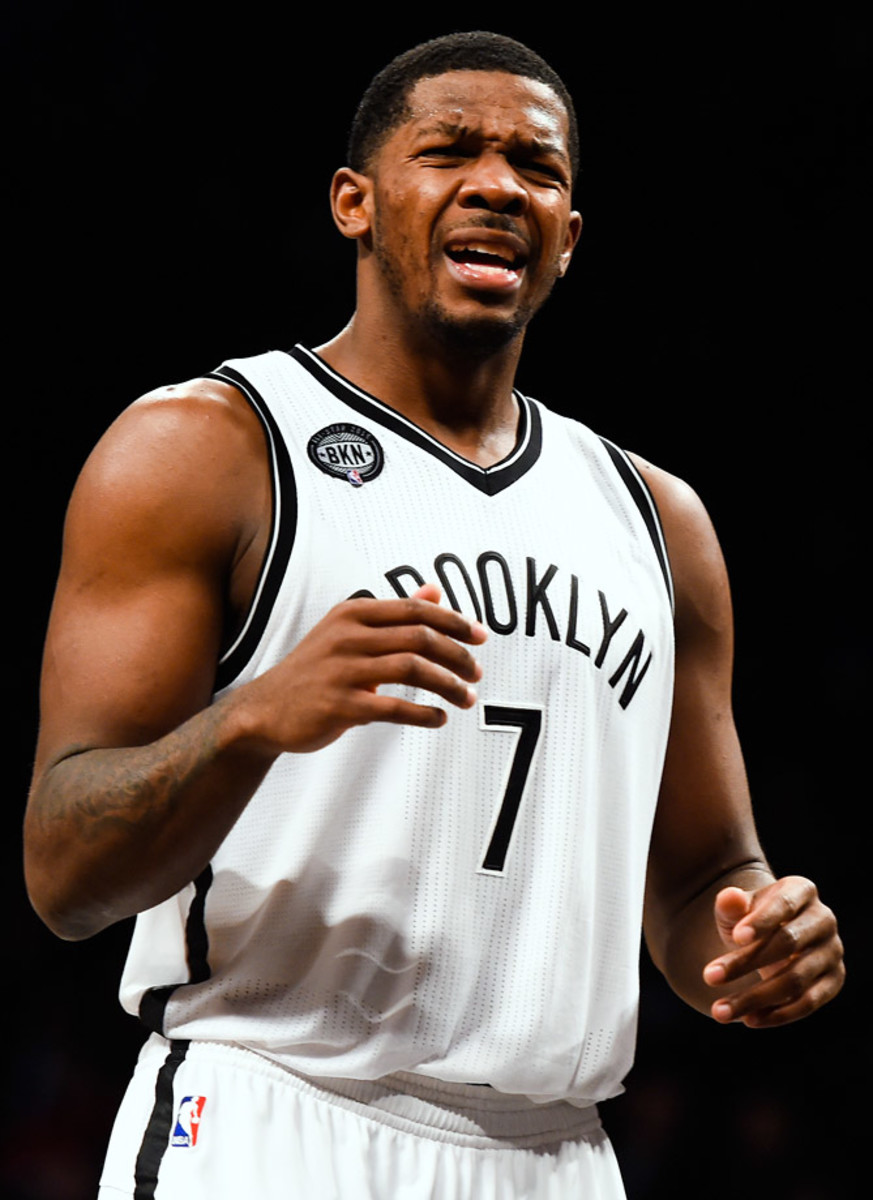
Michael Carter-Williams
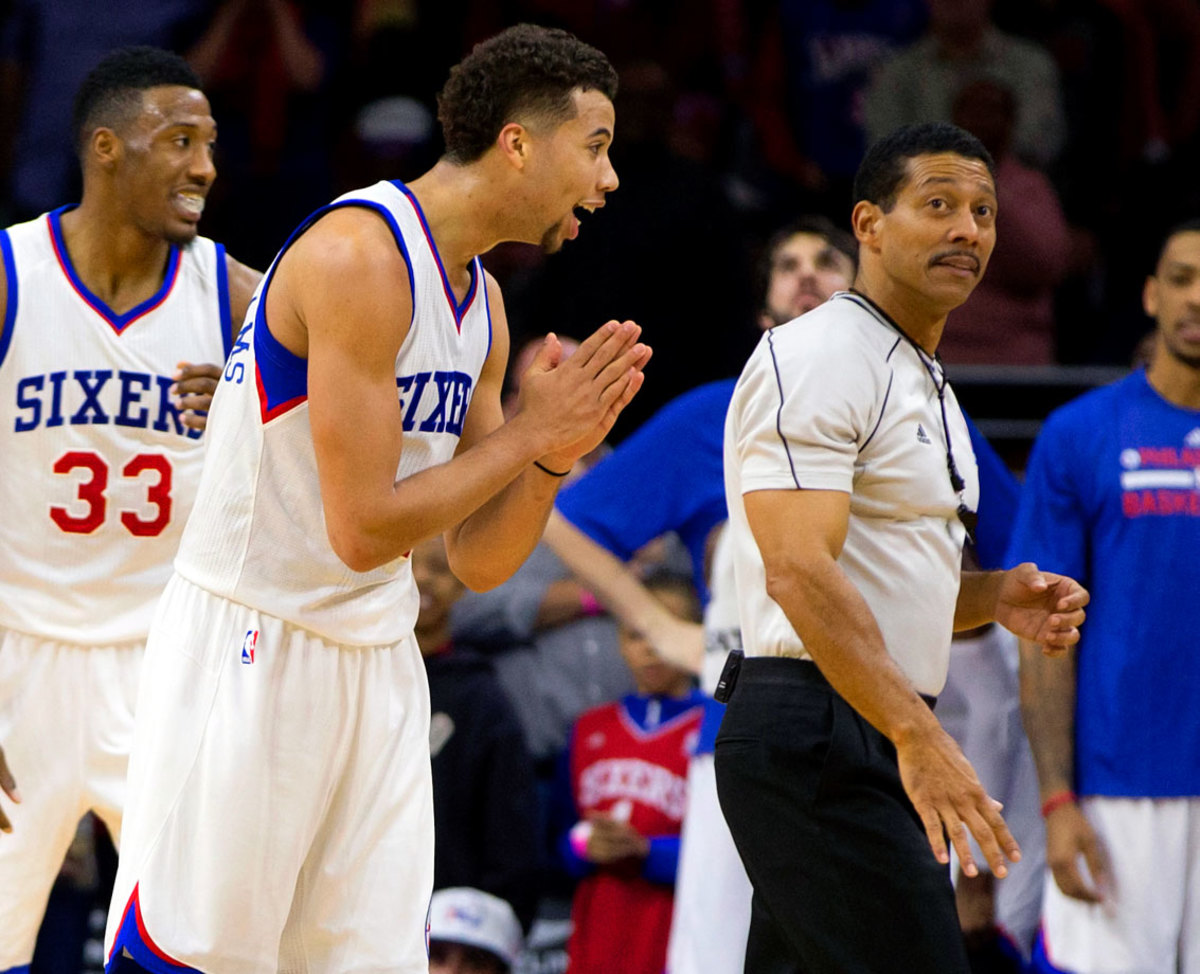
Jusuf Nurkic
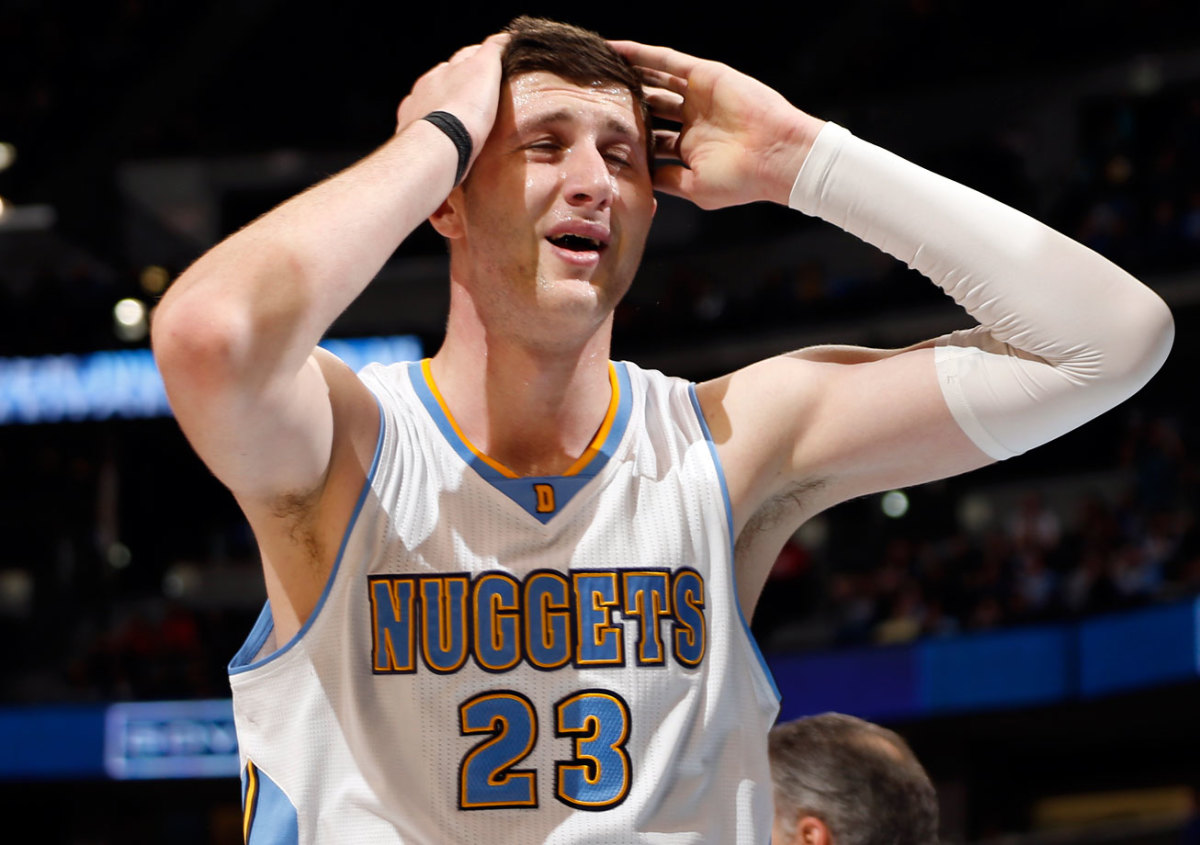
Kemba Walker
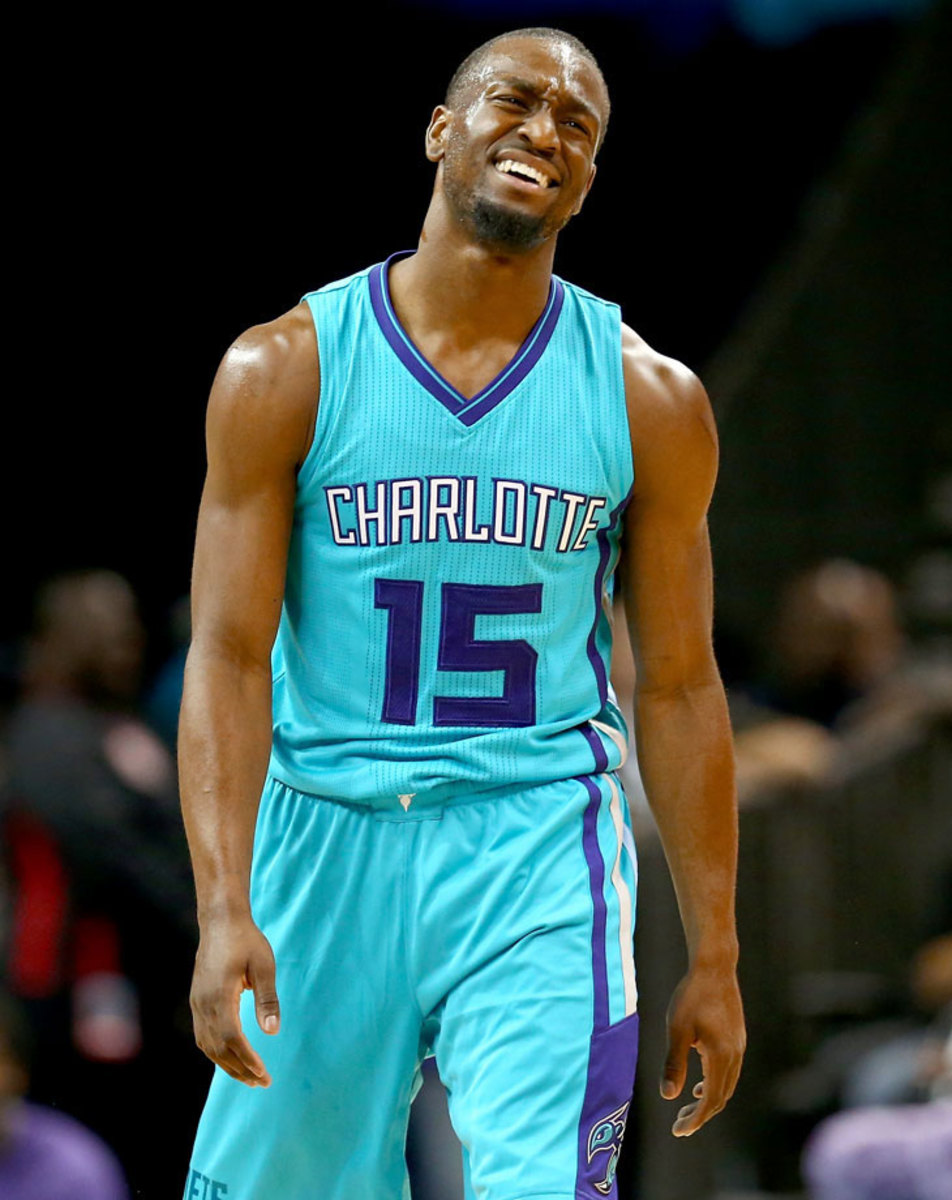
Nicolas Batum
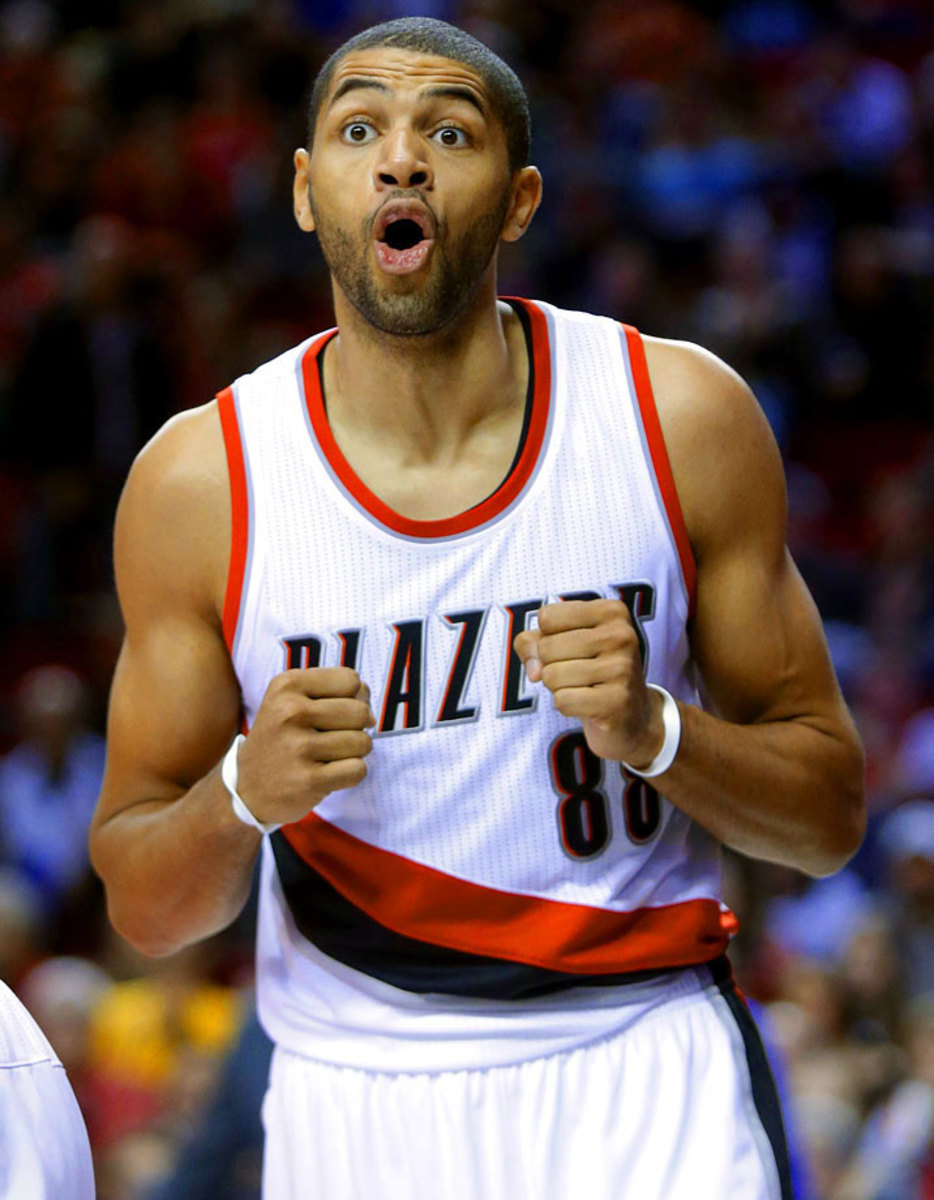
Kelly Olynyk
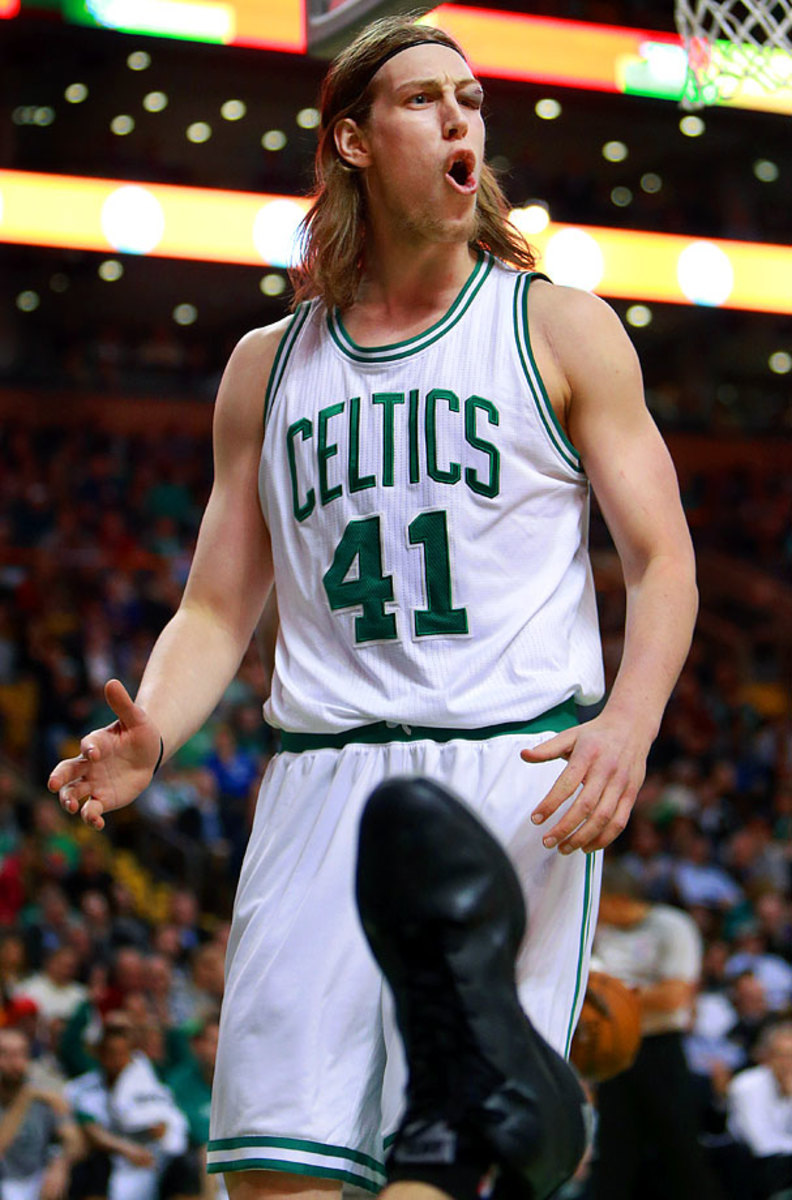
Zach Randolph
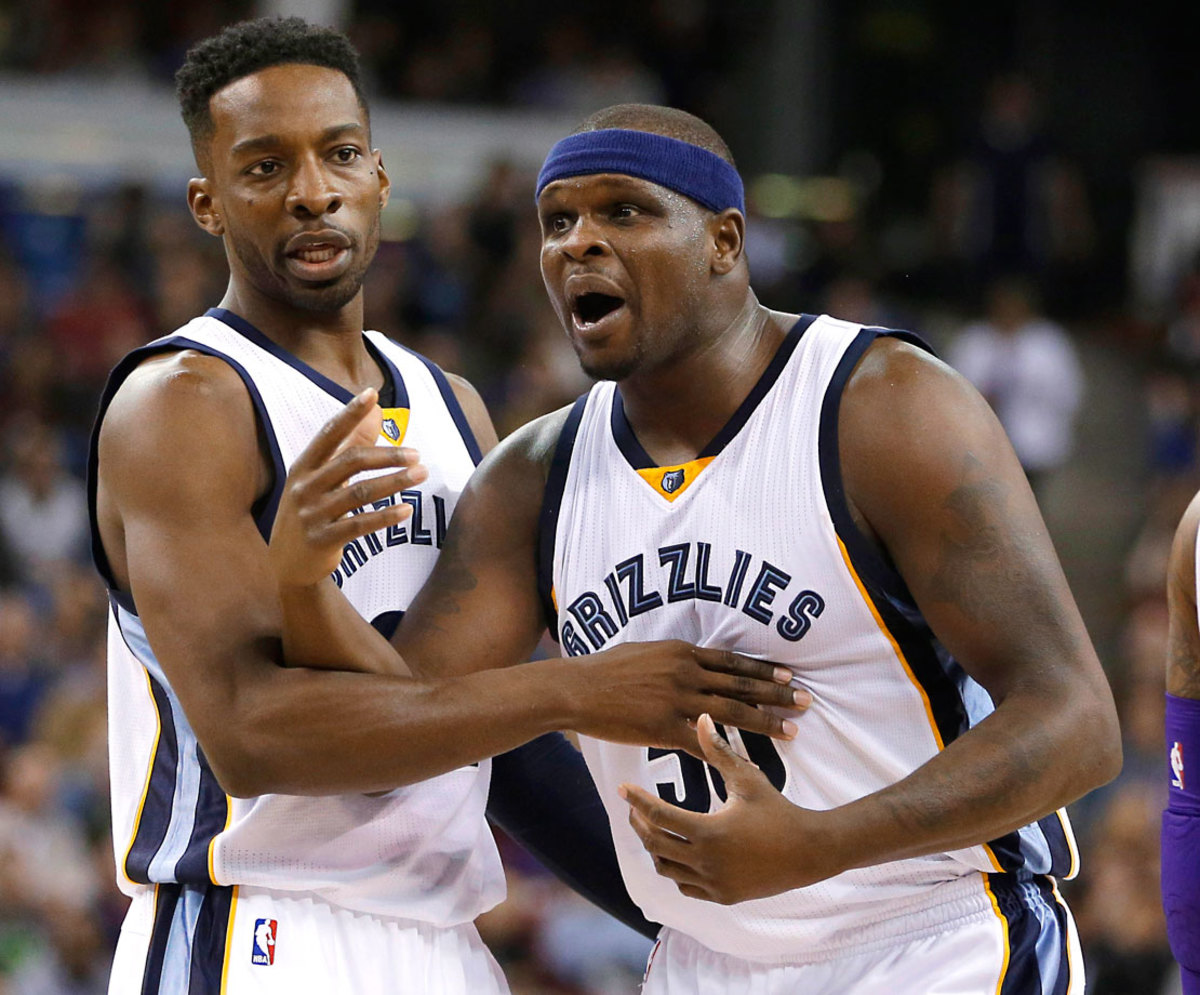
Gerald Green
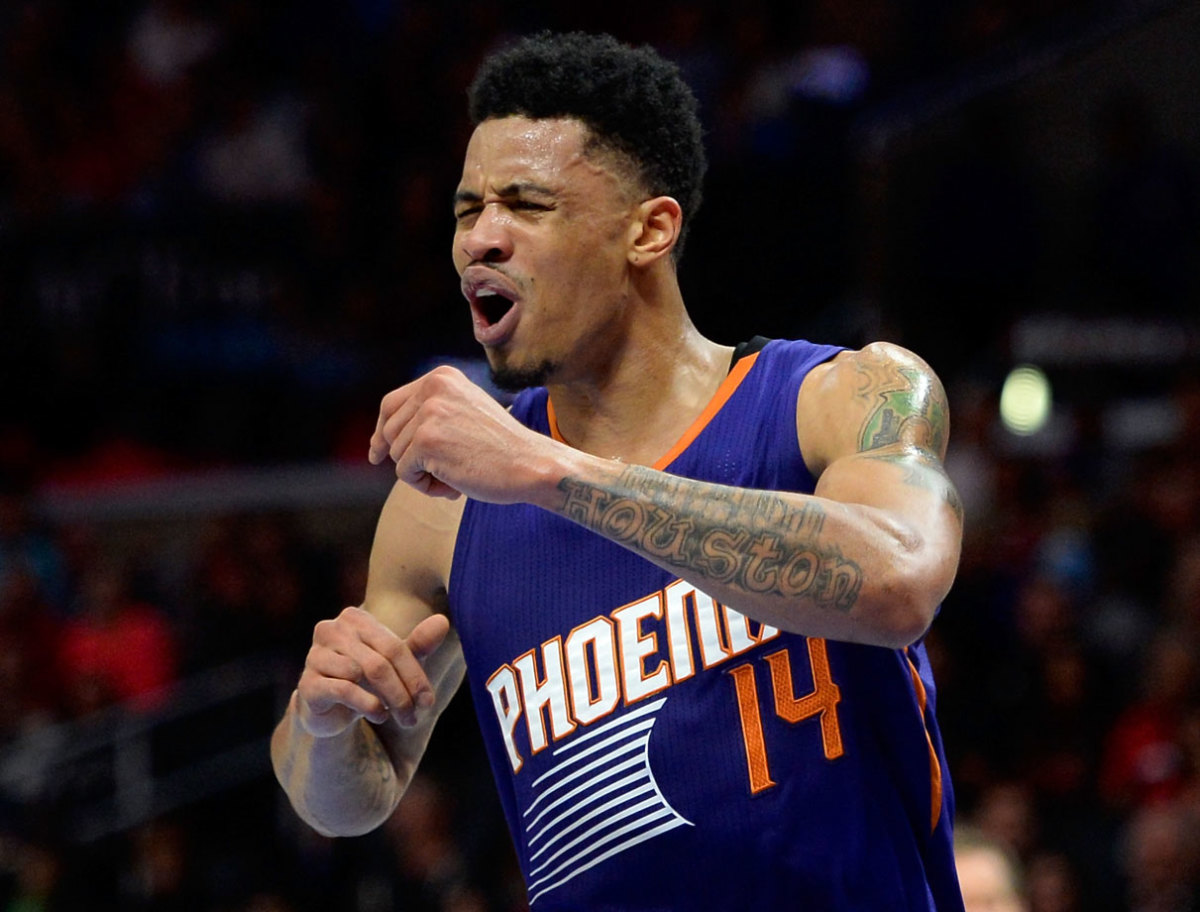
Greivis Vasquez
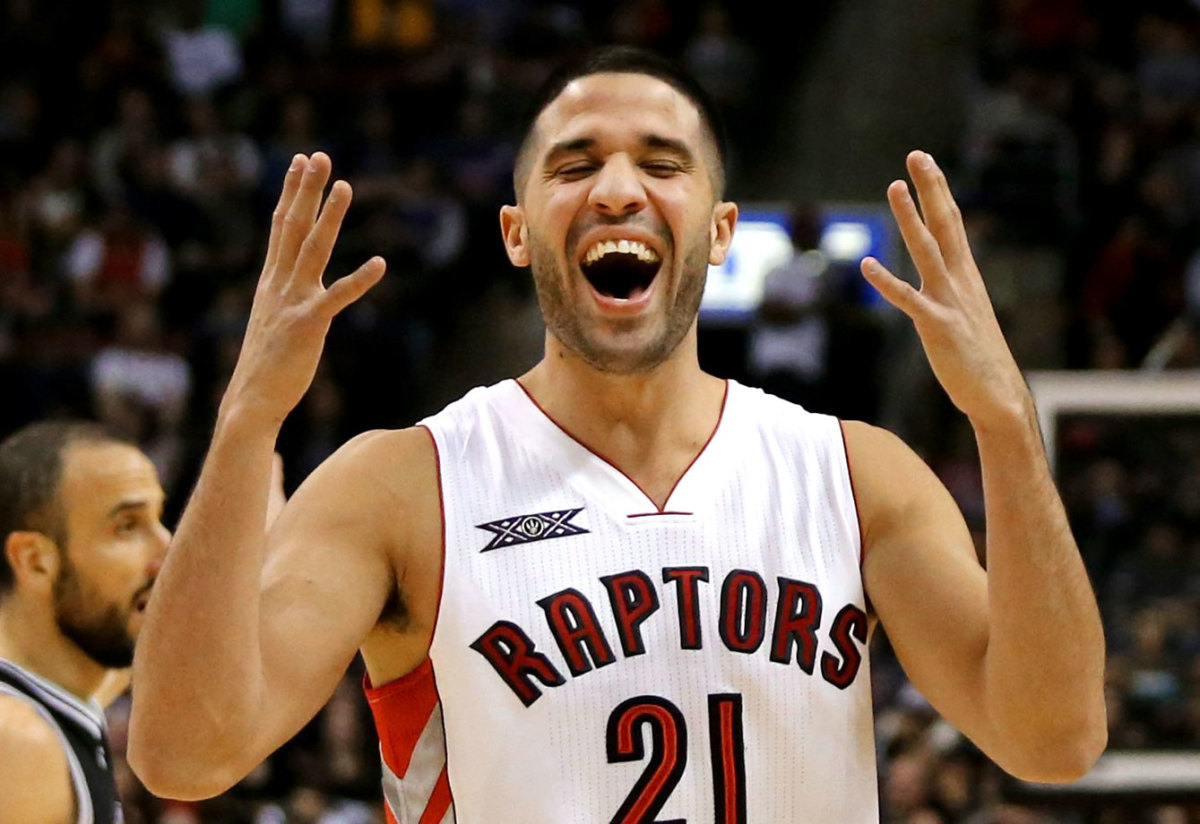
J.J. Redick
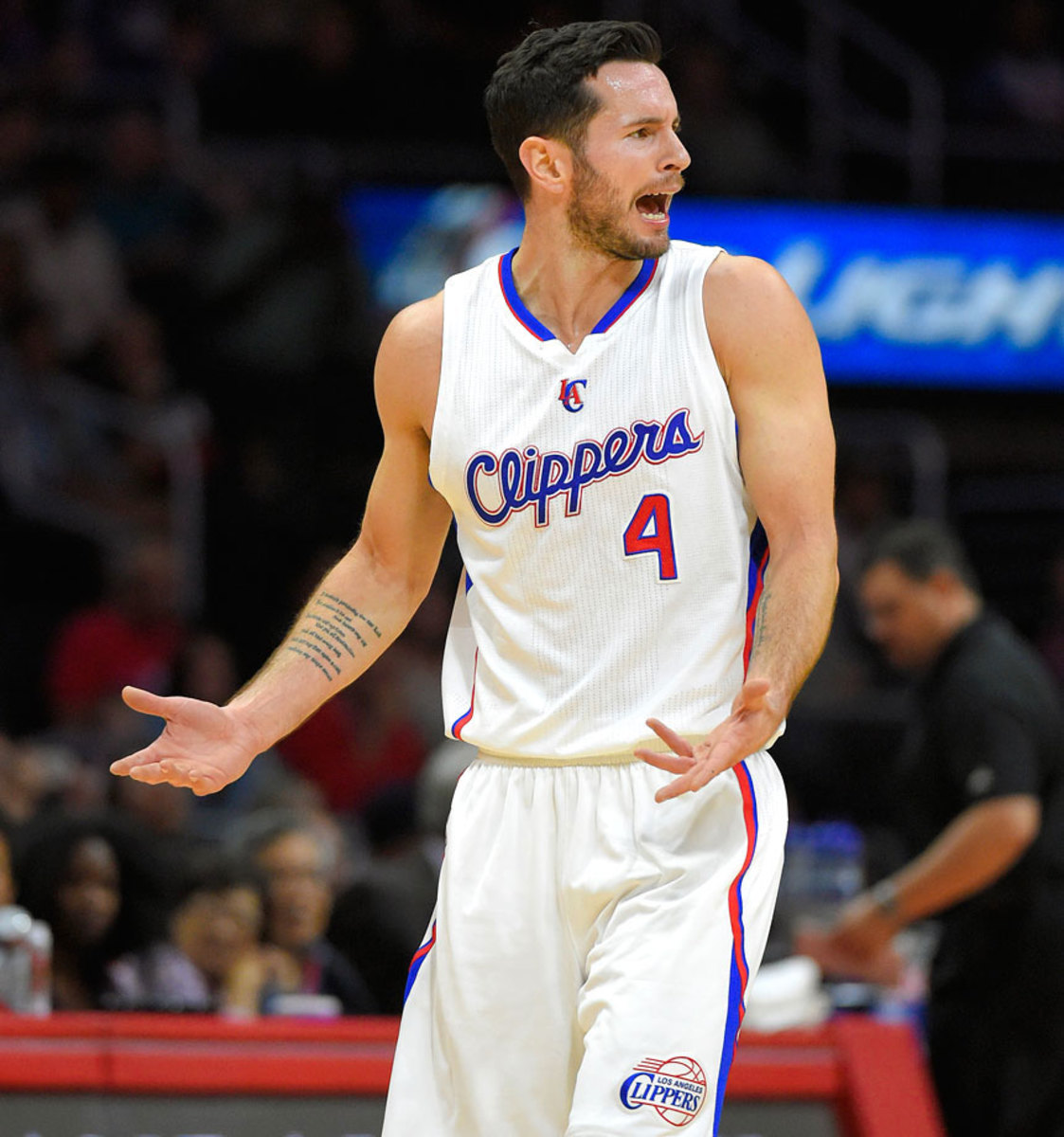
J.J. Barea
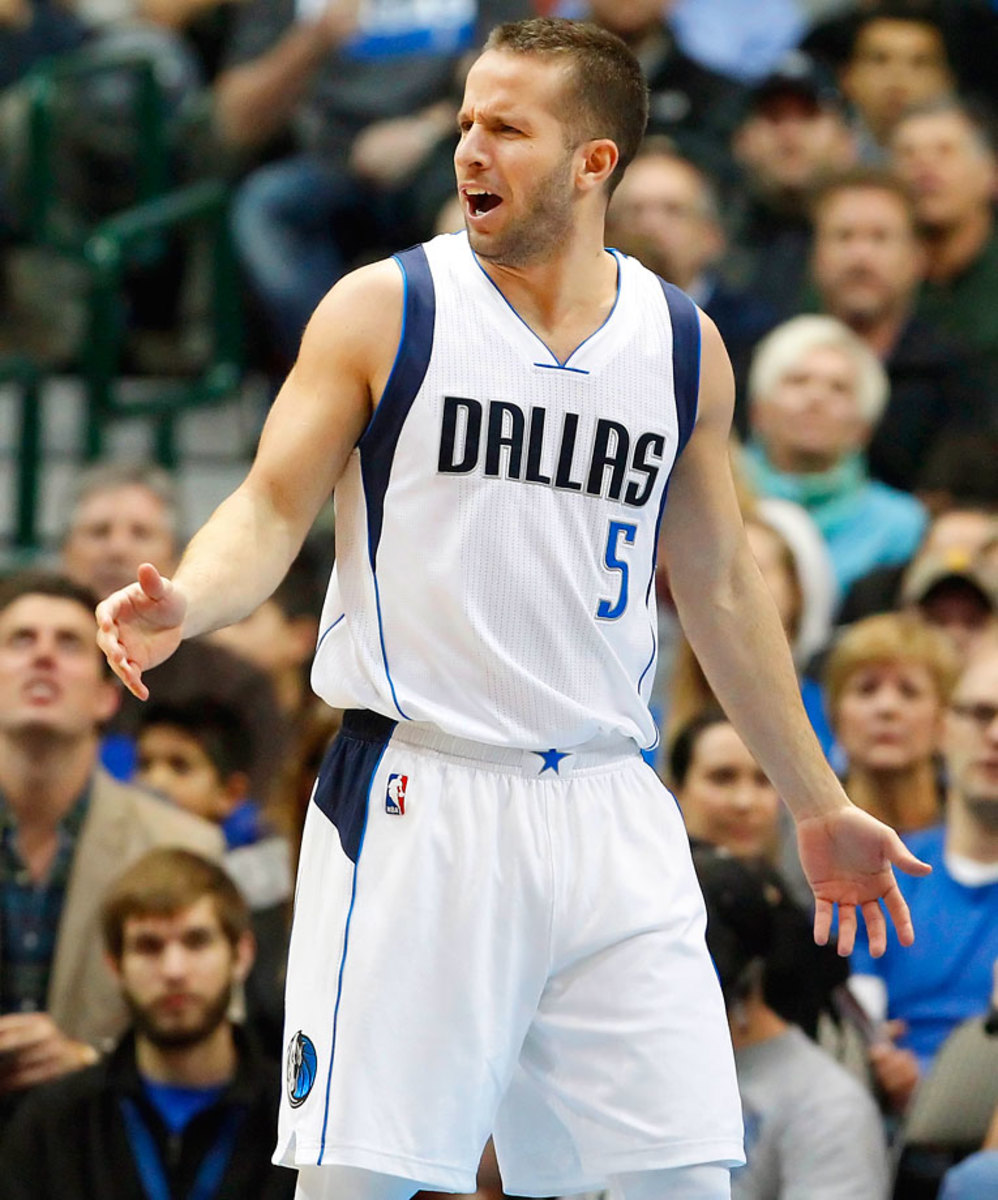
Stephen Curry
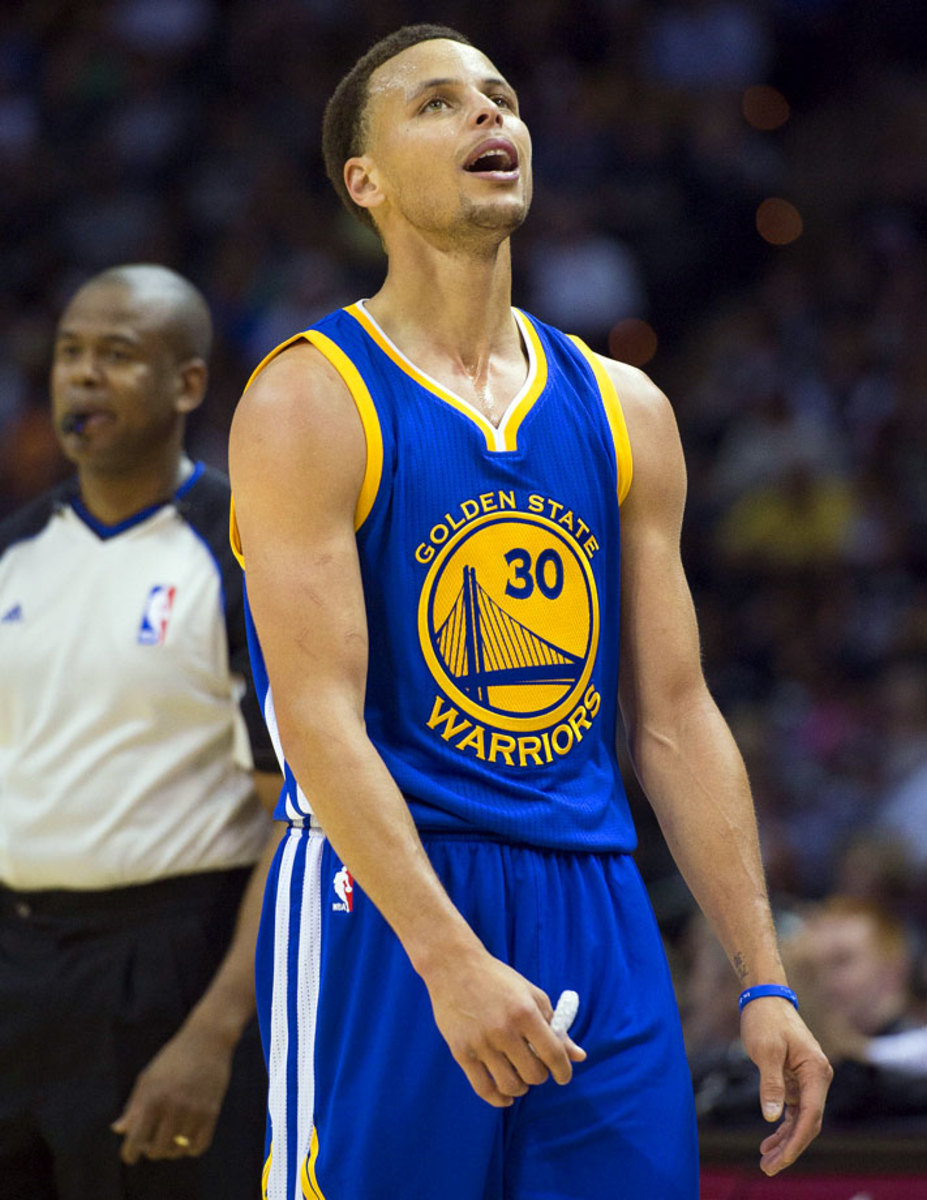
Isaiah Thomas
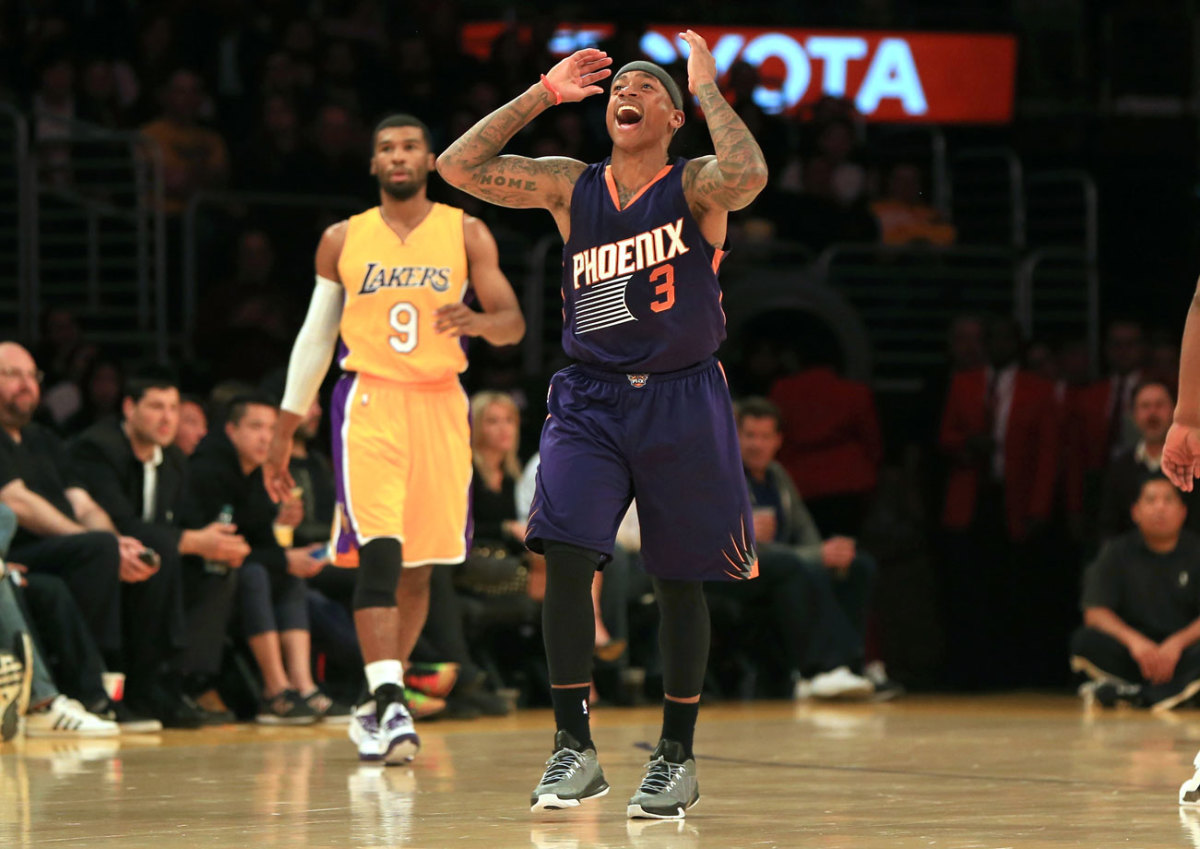
Mike Conley
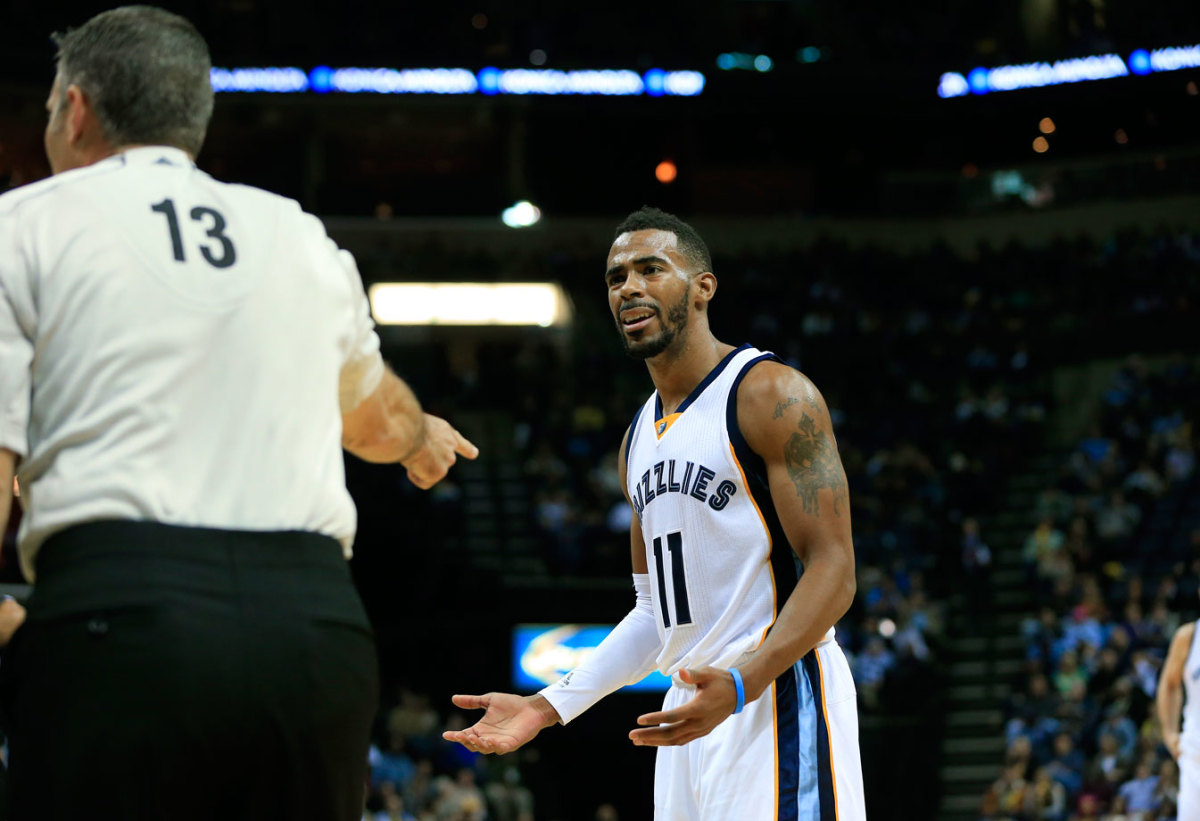
Kyrie Irving
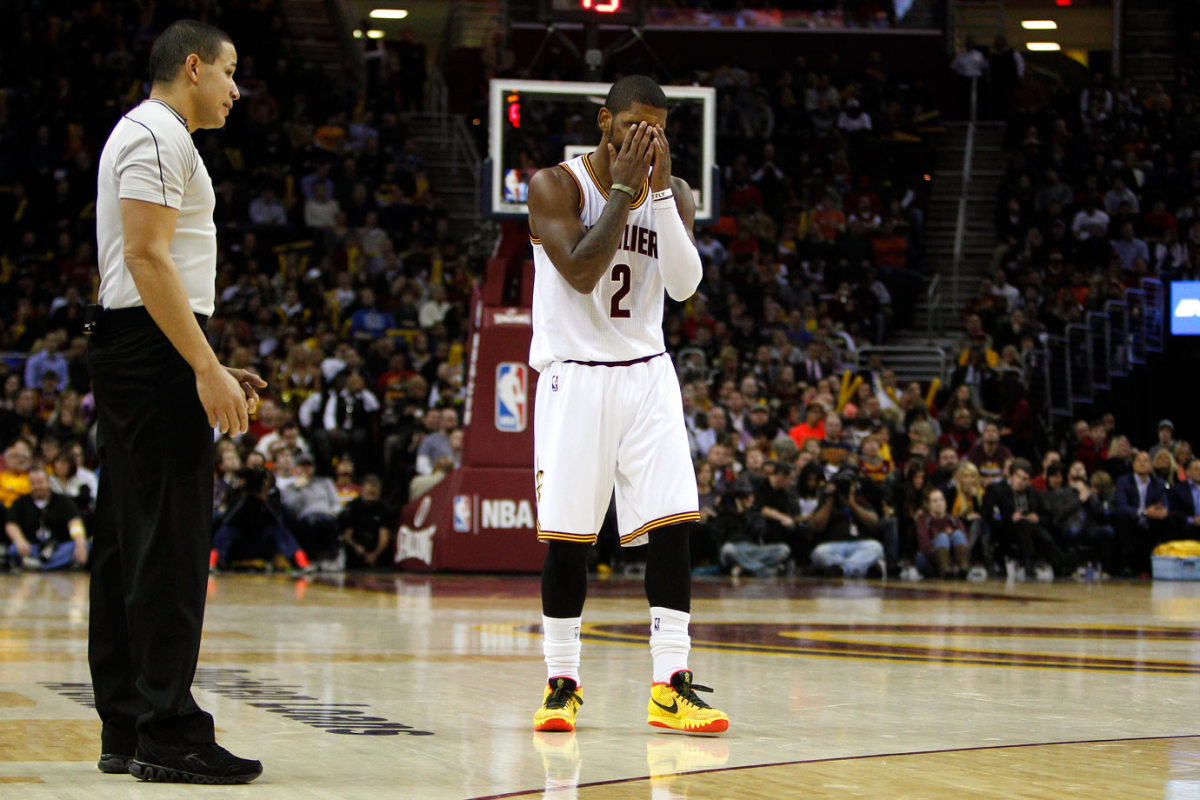
Shabazz Napier
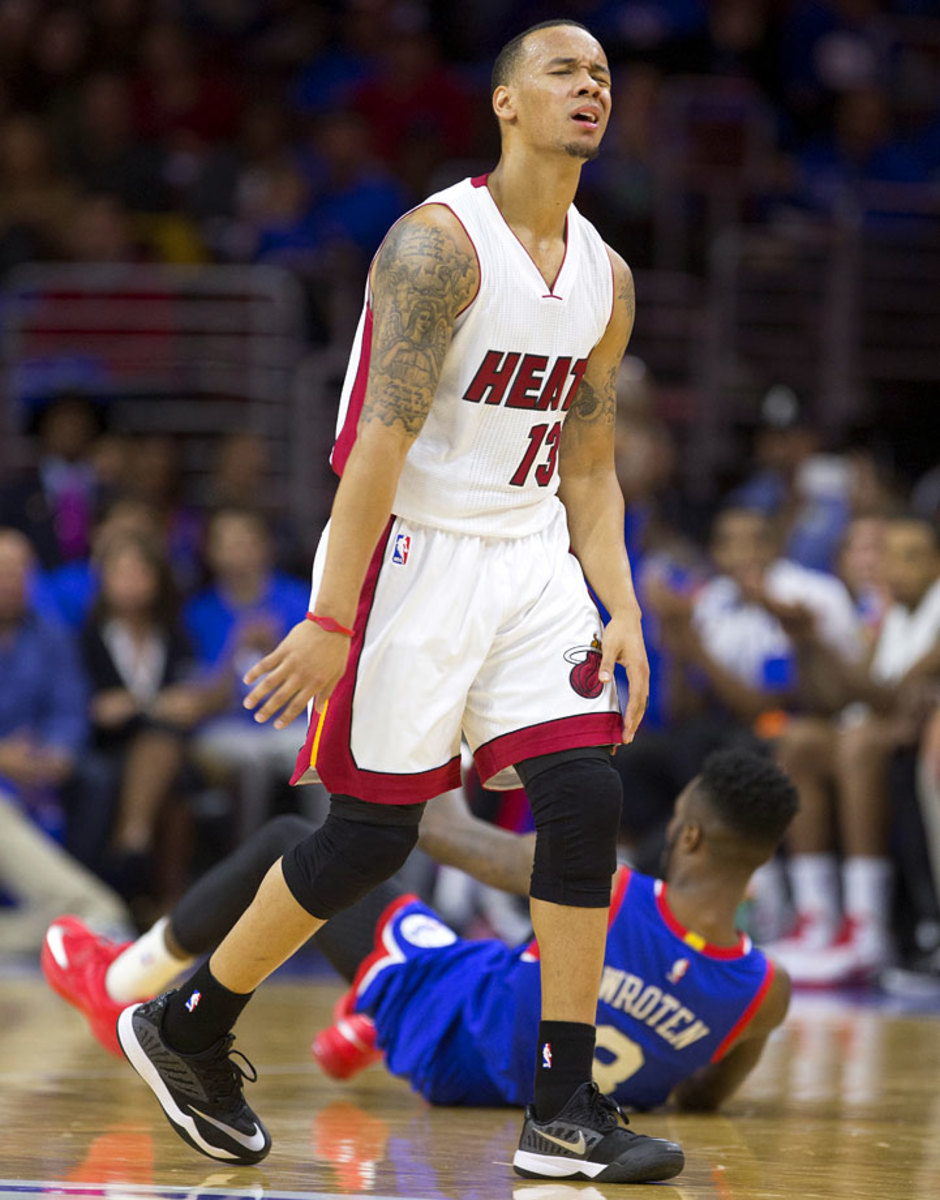
Tyler Zeller
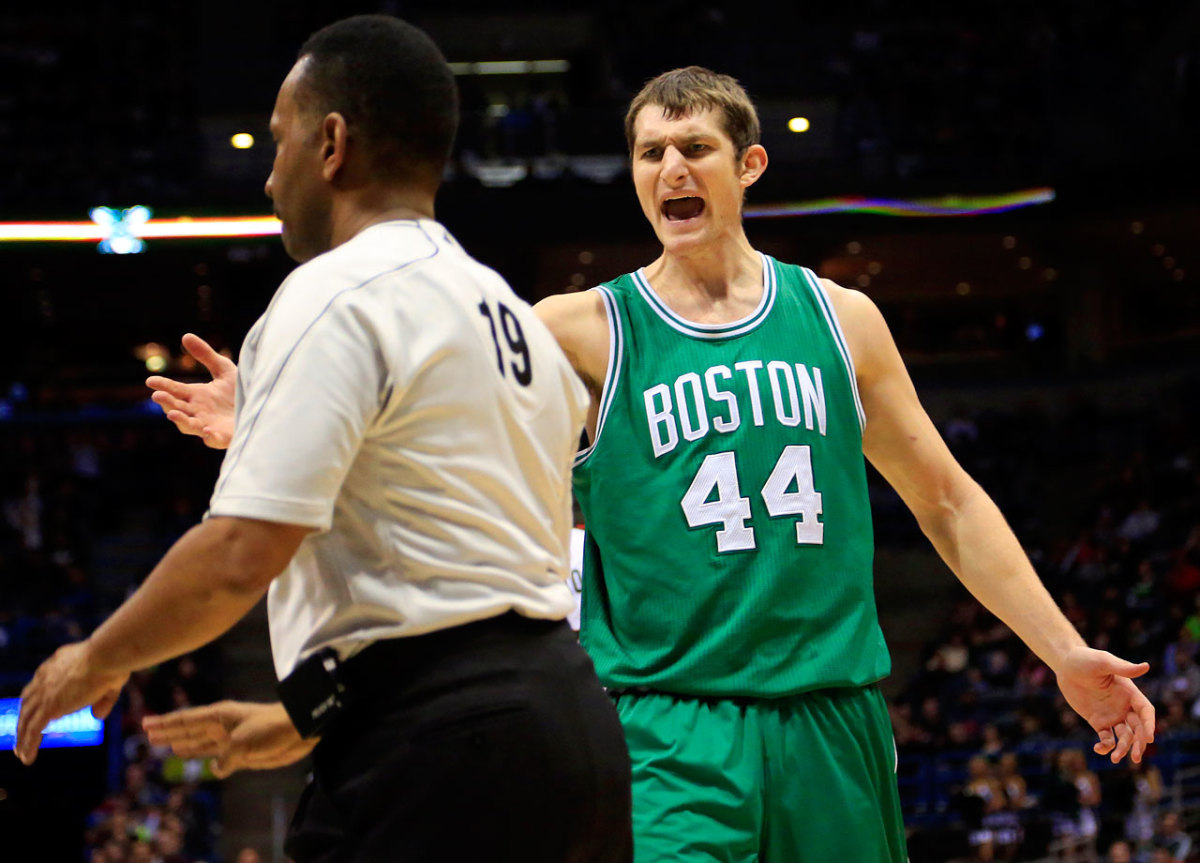
Pau Gasol
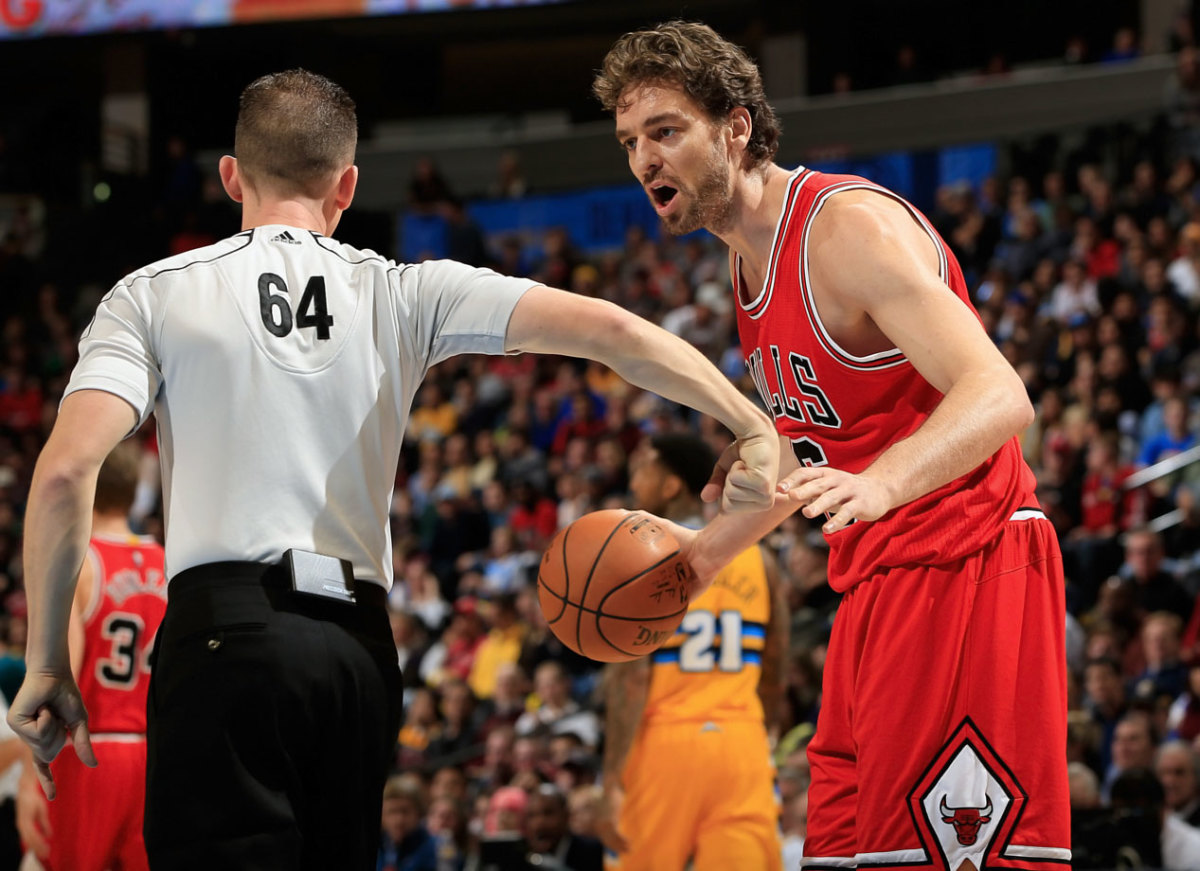
Paul Pierce
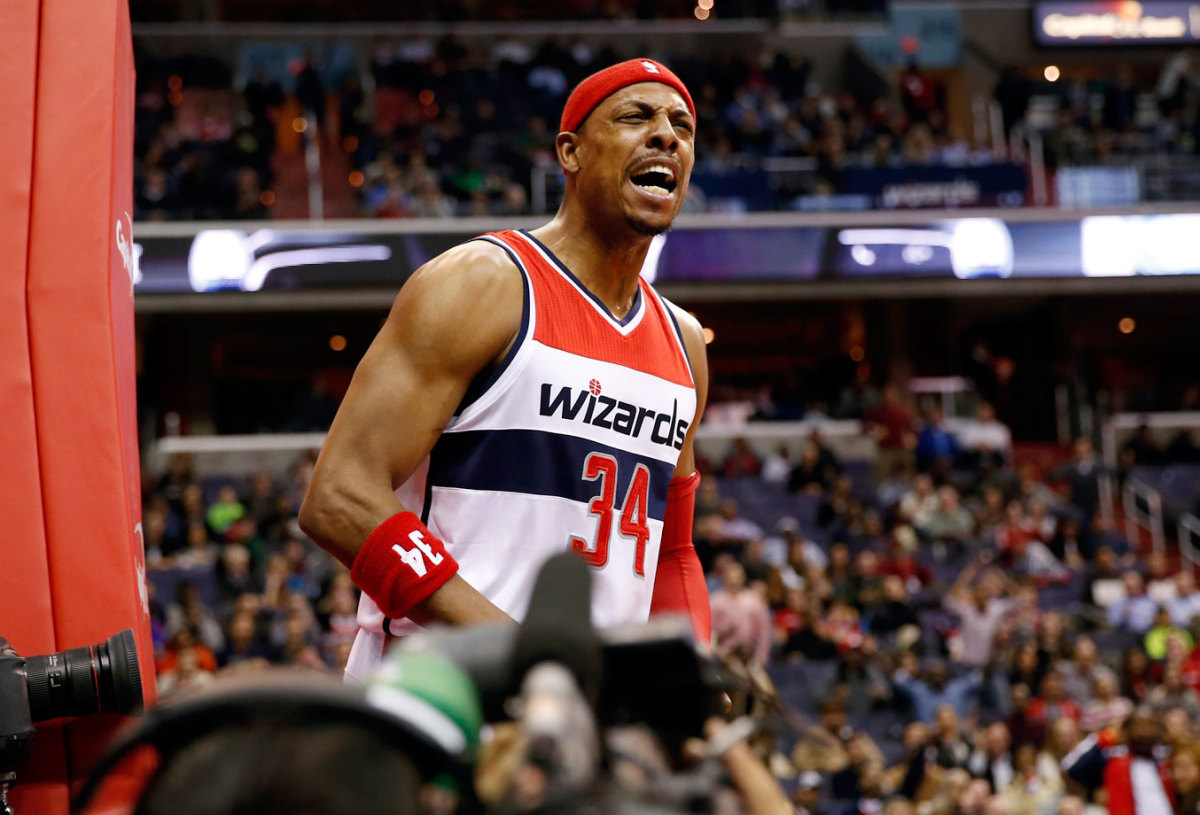
Spencer Hawes
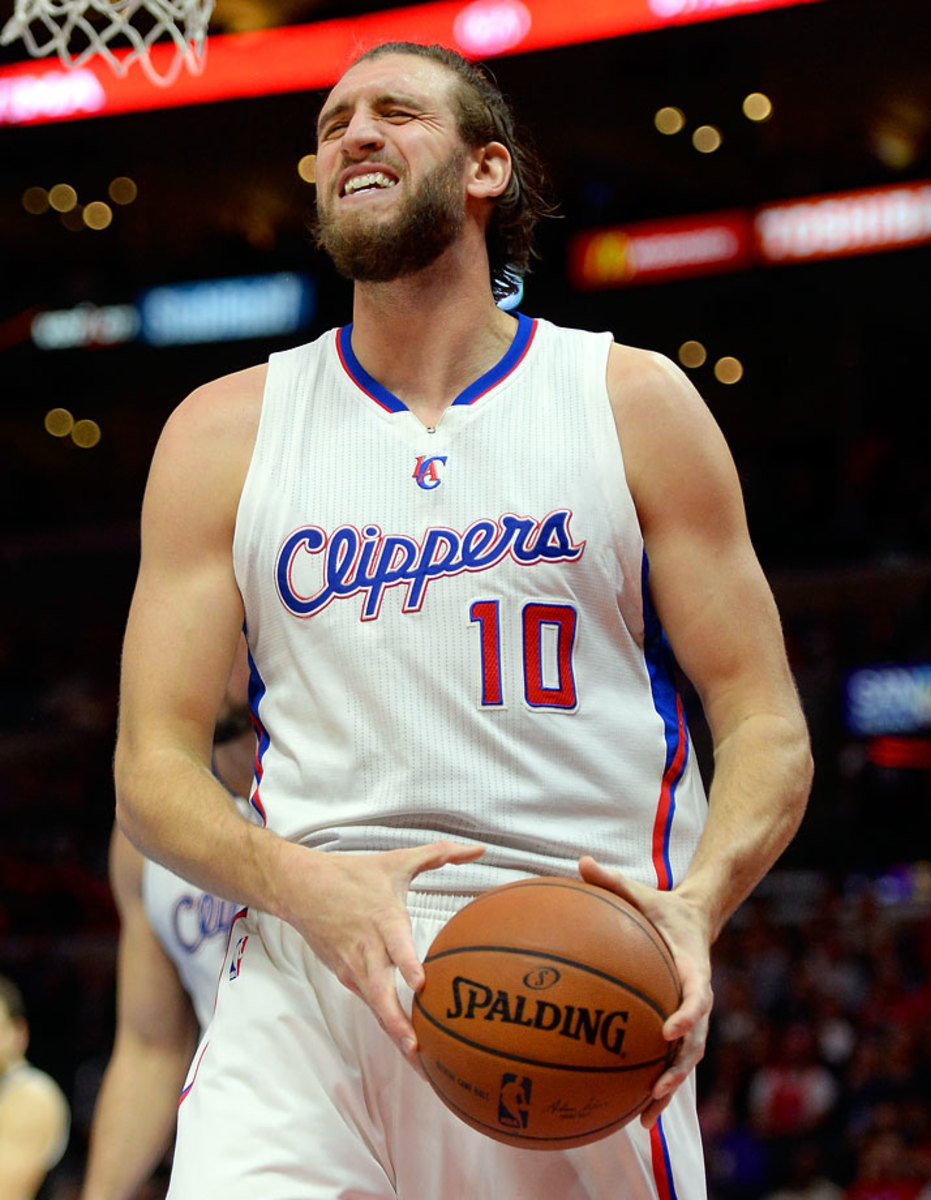
Mo Williams
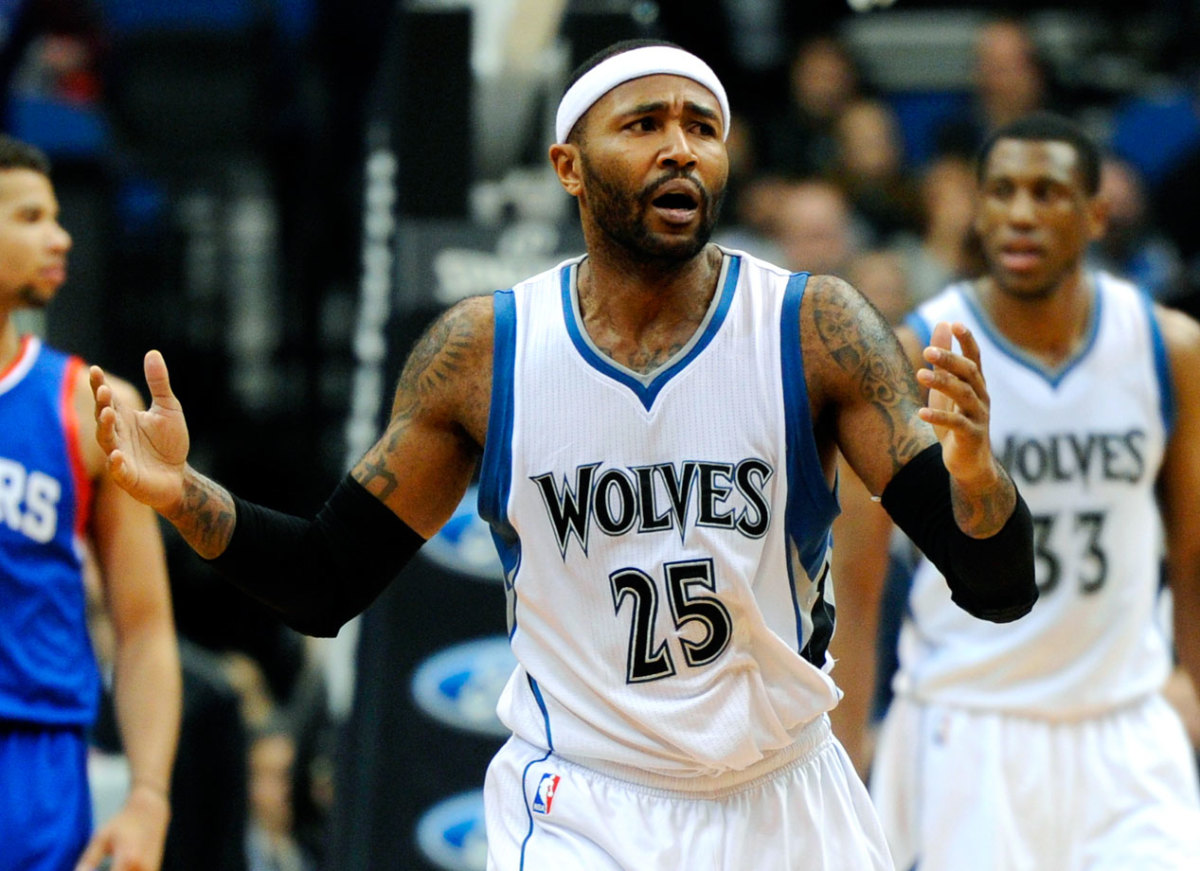
Nerlens Noel
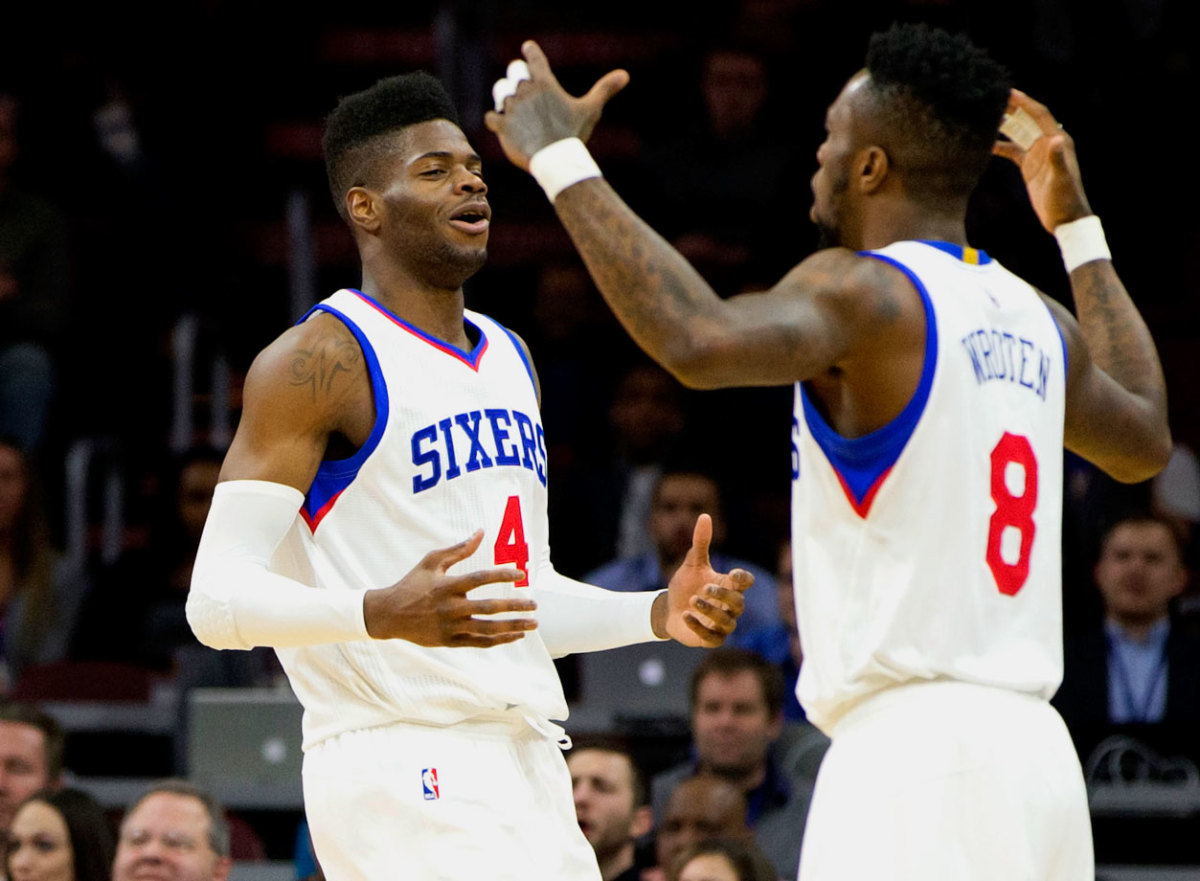
Ramon Sessions
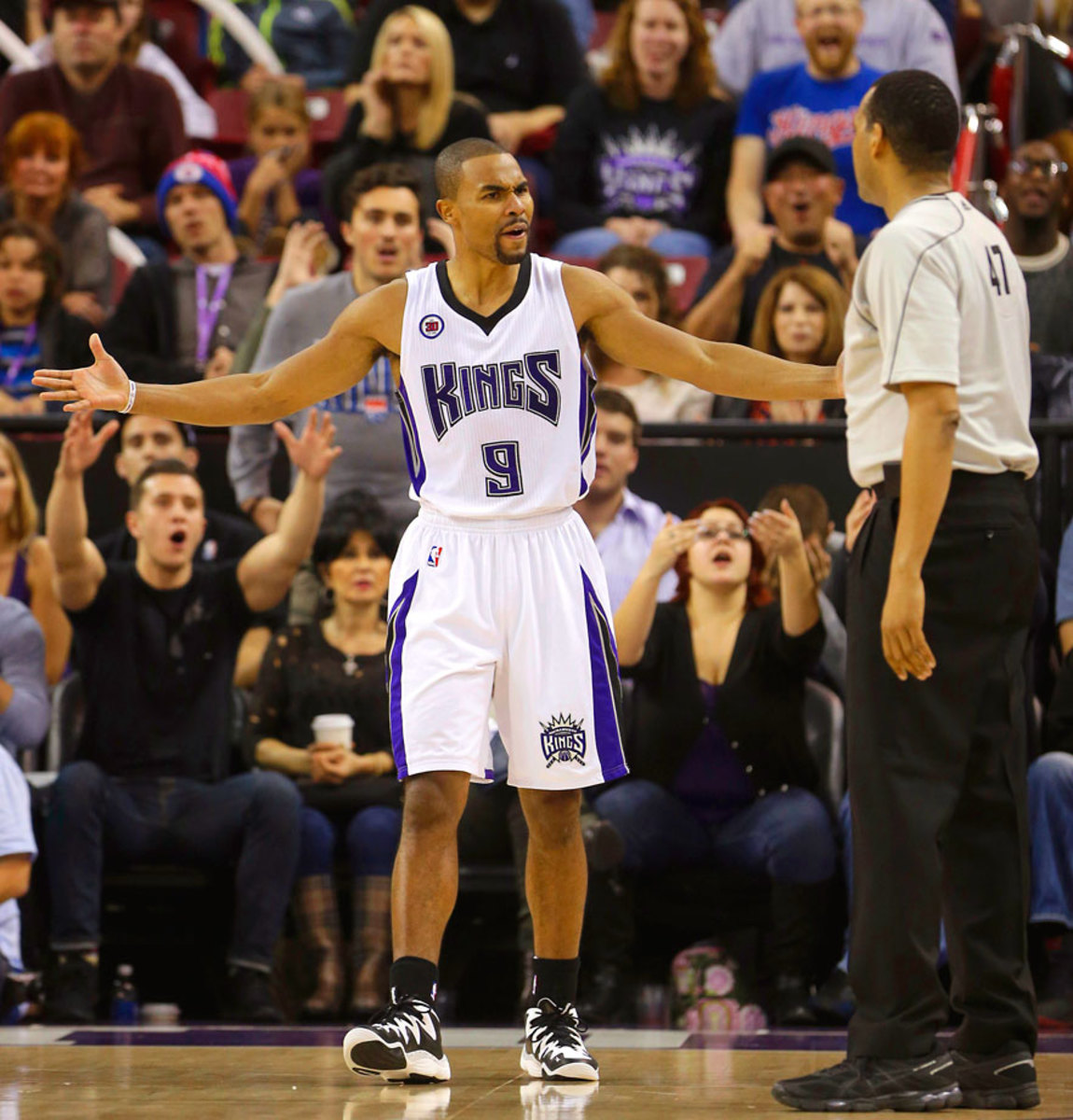
Taj Gibson
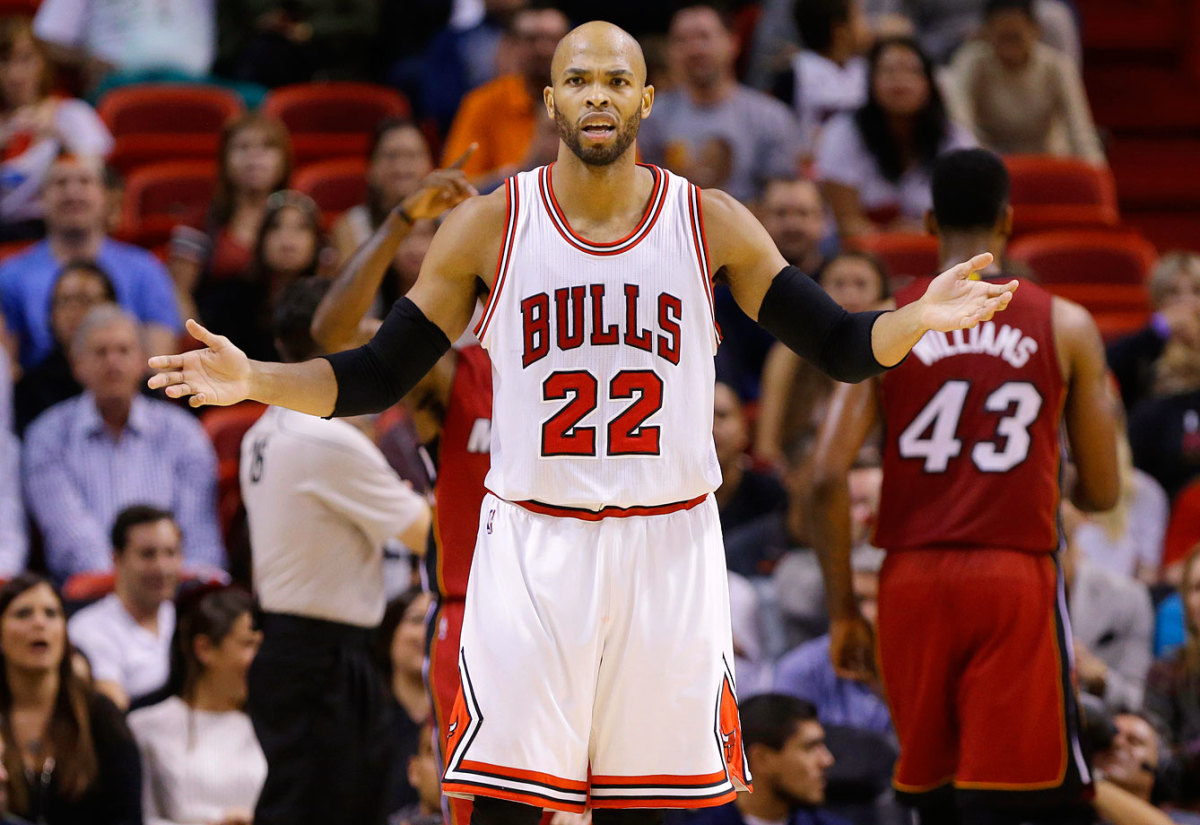
Zaza Pachulia
